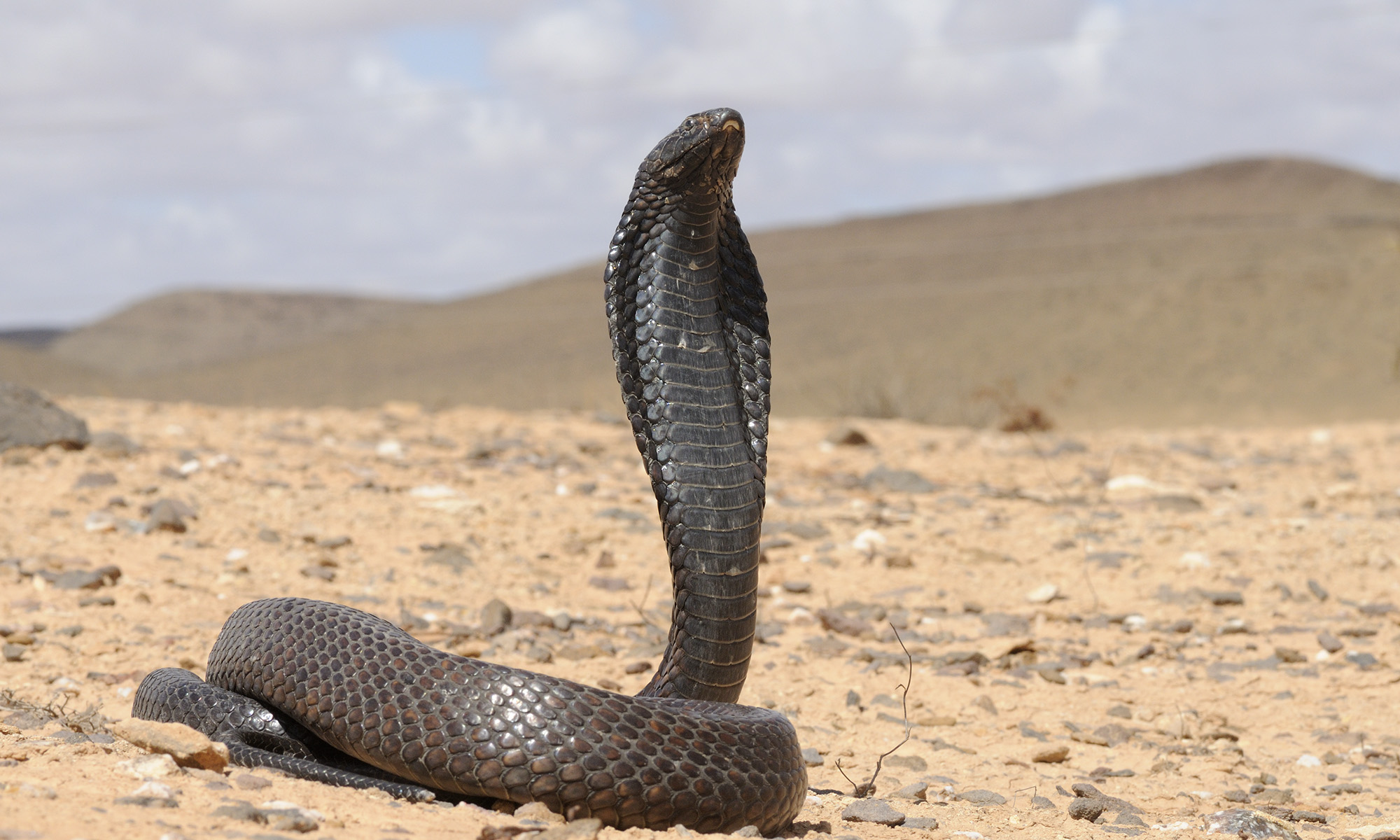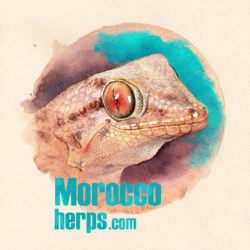By Alejandro Carreras Barranco & Gabriel Martínez del Mármol
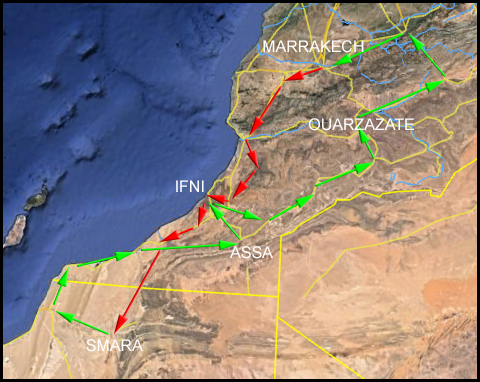

- Some pictures have animals in extremely bad conditions so for very sensible people we recommend to not continue seeing the trip report.
- Water holes and pits around houses can be private. We highly recommend talking with locals before checking the structures. Explaining our purpose is the best way to avoid a mistake of understanding and a possible discussion.
- It´s essential to never forget that these structures are not always safe. We should never run or jump in the roof and if the roof is moving, we should take all the caution as possible to avoid an accident (sinking of the whole roof or parts). When anybody enter inside a hole or a pit, it´s very important to avoid that people stay in the roof. That would provoke the sink of pieces of roof and serious damages in the person inside.
- No matter how rare or interesting is the species in a road or inside a water hole, the safety of the people must be first.
- Some animals are showed in hand. This is because they are retired of water holes or roads and having already good photos of the species, we just took a fast photo and release them out of danger.
We have made together herping trips in Spain and also Senegal, Singapore, Malaysia, USA (CA, AZ, NM), Namibia or South Africa, we had been together even to Uganda!. But never to Morocco, the second home of Gabri. This would change this year, but it wouldn’t be easy either.
The Covid-19 crisis supposed a stop for the international flights but with the vaccines getting more and more distributed in some parts of the world, the new normality came back in 2021, with the idea of an international trip becoming a dream again.
The first try came in July for Alex, Ander, Blanca, and Pako. With the flights already booked and a week before going, they had to cancel the trip because of a change on the Morocco requirements in the border, obligating Spanish tourists to a lockdown despite having 48 hours PCR.
Second try came after we got our two doses of the vaccine. Getting free days in our jobs out of August wasn´t easy, especially for Gabri, that was still adapting to his recent paternity. Luckily the super cool company of Alex allowed him to changes de holydays with very short notice and we both where ready for the trip! Hoping that nothing else happen….
And finally the dream came true…
31th august 2021
Alex arrived at midday to the Marrakech airport. With only 5 hours to do something he just limited to eat and getting all the car ready, picking Gabri at 17:00 from the airport with our lovely Duster ready to suffer us. Thus, in the evening we both began the trip to the Anti-Atlas.
The Argan forest of the Anti-Atlas close to the Souss Valley is a refuge of both Mediterranean and Tropical origin herps. The temperature continued high in the night and not a single amphibian or reptile species were found on the road, proof that the activity was not high. Checking water holes (cisterns and pits) we found the first species of the trip!: some juvenile Bufotes boulengeri, Agama impalearis, Natrix maura, and a dead juvenile Hemorrhois hippocrepis with normal coloration. In one of the last holes of the day (night), we saw a small snake that we hope was a Dasypeltis sahelensis but it ended been a Macroprotodon brevis. Also, we saw a huge snake skin but not more snakes….until Alex check an empty tin and a huge brownish Hemorrhois hippocrepis come fast from it. As the result, we were both super happy and Alex super dirty.
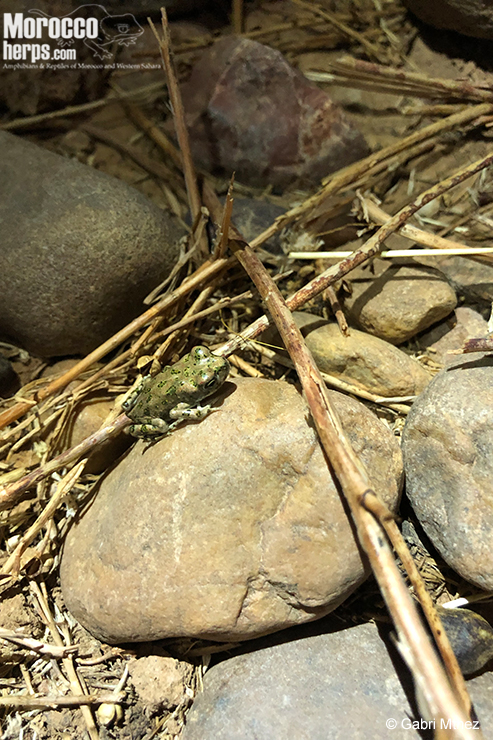
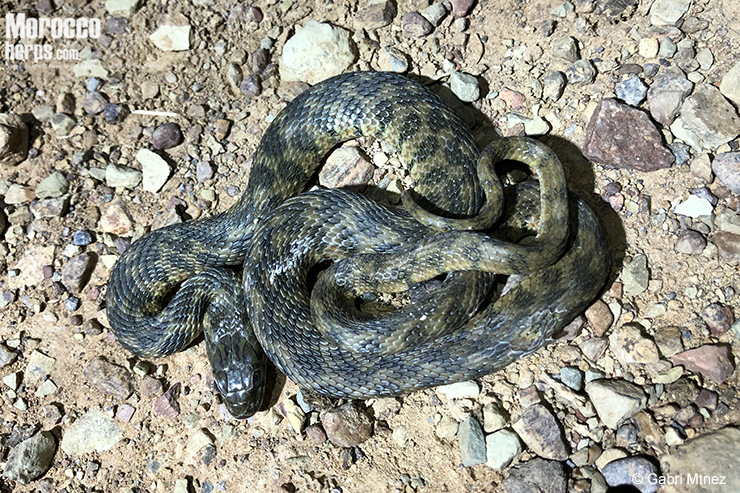
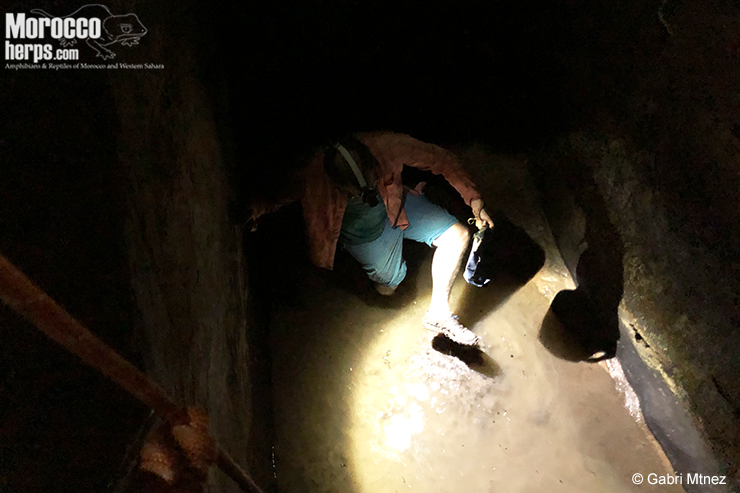
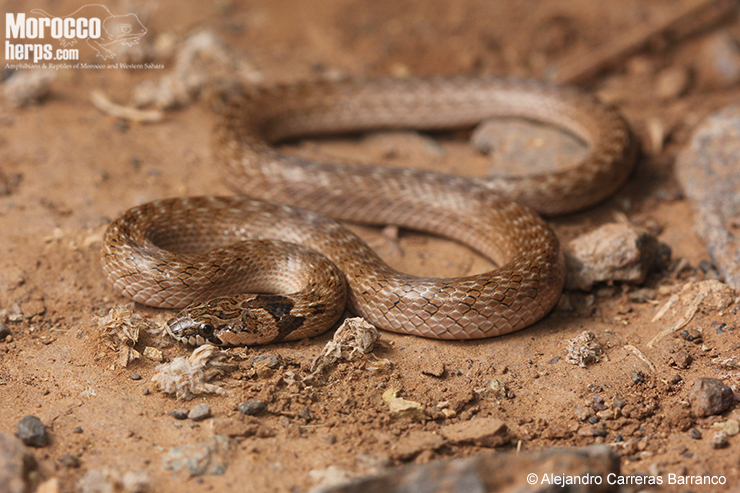
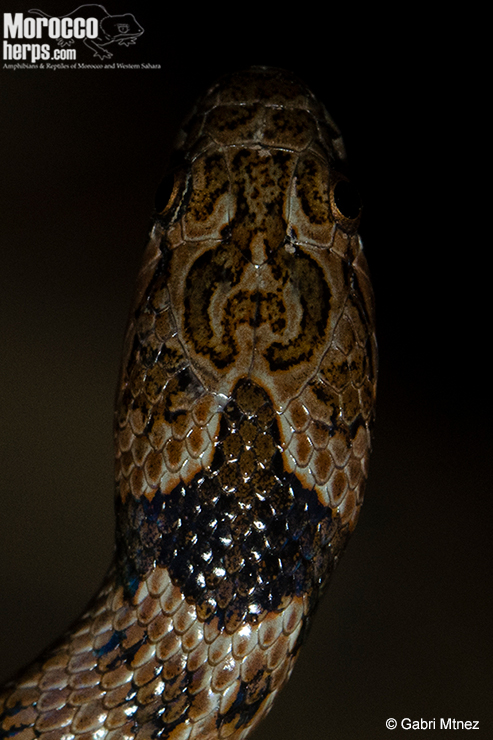
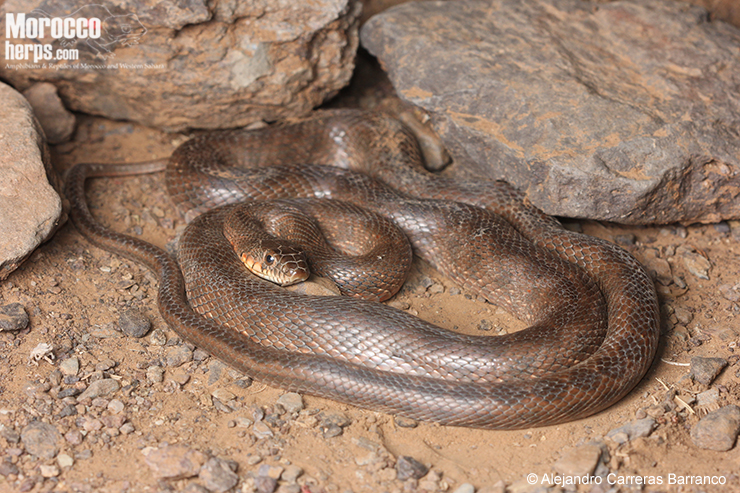
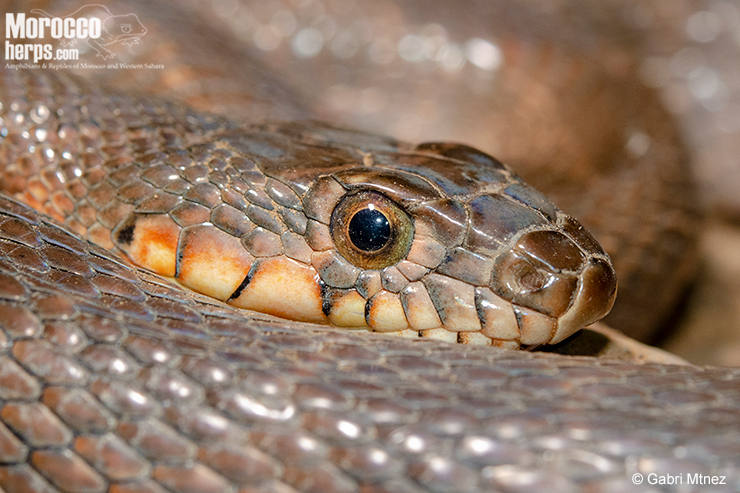
After some photos of these species, hearing the Pelophylax saharicus around, we continued driving in the direction of the second stop of the trip: Lakhssas. Going out of the Anti-Atlas we saw in the road a freshly DOR (“dead on road”) Hemorrhois hippocrepis, and stopped for sleeping, not knowing what was coming for the next day.
1st September 2021
We woke up in a secondary road full of walking people, cars, motorcycles, and even donkeys, that didn´t allow us to sleep much that night. We continued our drive to the South searching for a place to take the breakfast. A second DOR Hemorrhois hippocrepis, probably killed the previous night, gave us hope to find animals active. In fact, minutes later (45 min since we waked up), we saw a large black thing in the middle of a steppe. We shout as we couldn’t believe it and jumped out of the car to confirm what we already knew…that it was a big adult Naja haje basking in the middle of nowhere.
The cobra was surprised about our presence and adopted fast the typical defensive behavior. The trip couldn´t begin better, with one of our favorite species in the natural habitat. A lucky situation that happened for the first time in the 4 trips of Alex to Morocco or the 25 trips of Gabri to this country. Maybe provoked by the diminution of movements of people in the Covid.
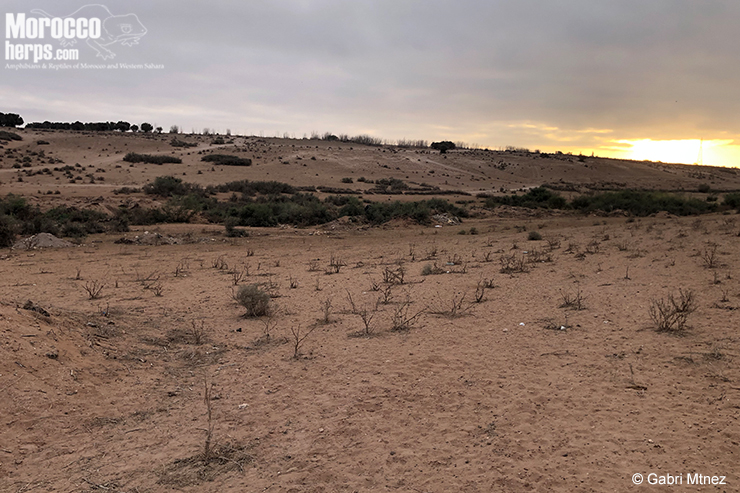
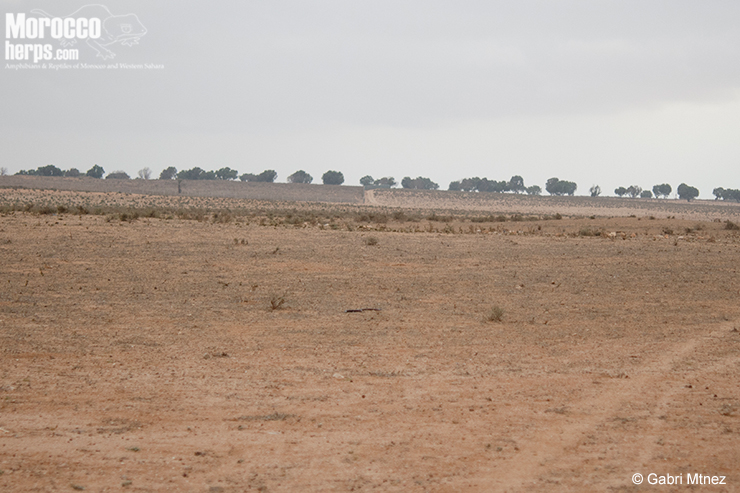
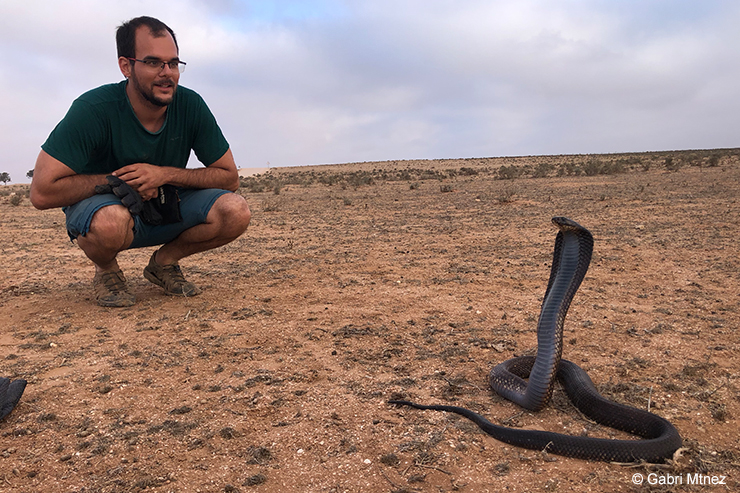
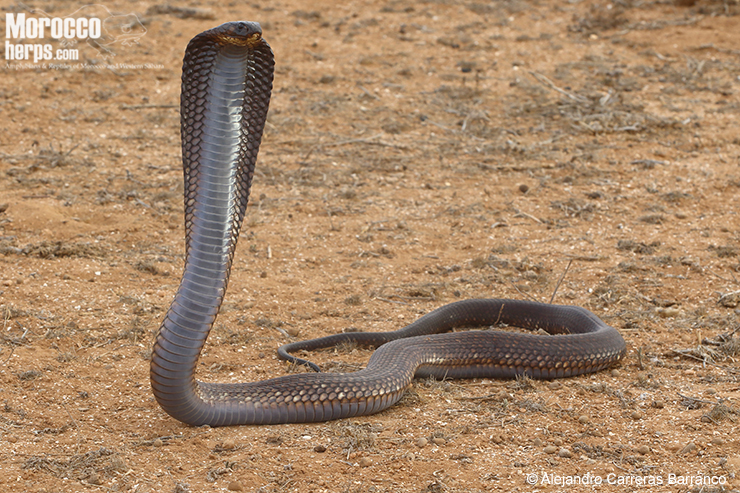
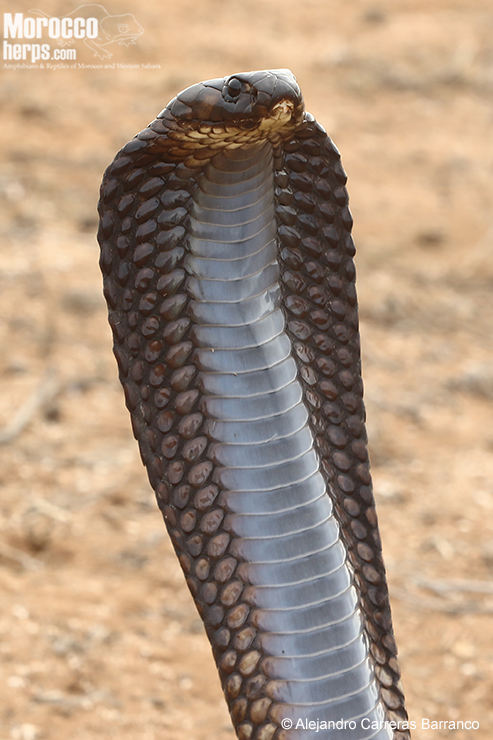
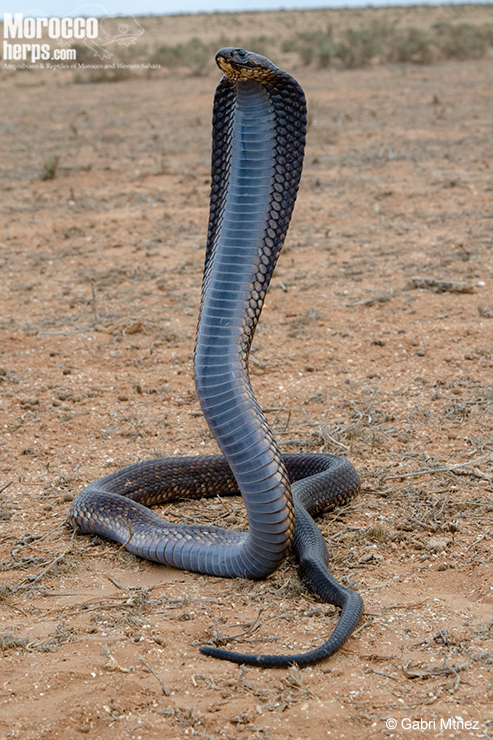
After that amazing good morning, we drove to take a well deserve breakfast (Moroccan tea with the typical Moroccan bread) and continue to Lakhssas. Between Lakhssas and Sidi Ifni there are thousands of water holes. Over 70 structures were checked, and we entered in every structure in which we saw an alive animal inside or refuges where the animals could be hidden inside. The most common reptile species was Hemorrhois hippocrepis by far, being Psammophis schokari and Agama impalearis also present, and a dead Malpolon monpessulanus.
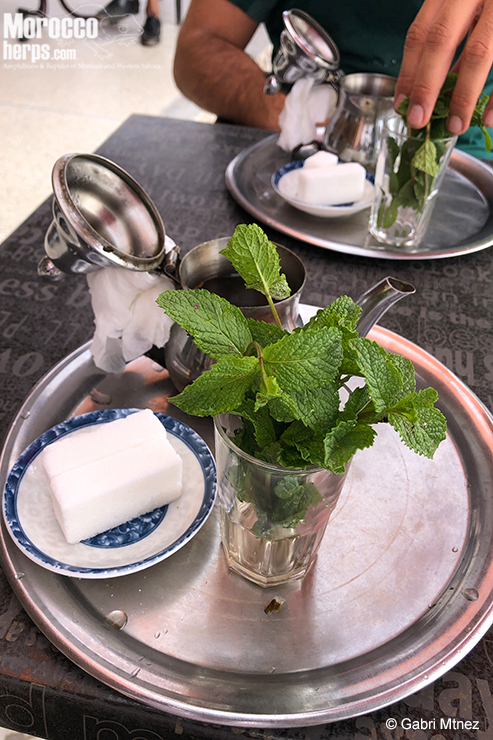
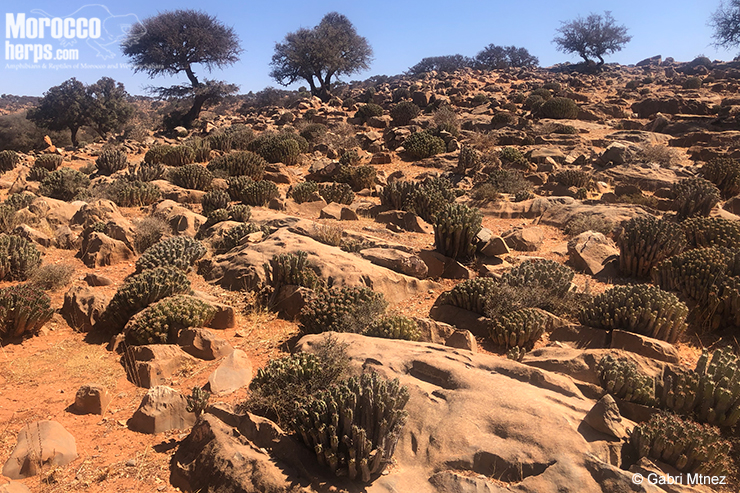
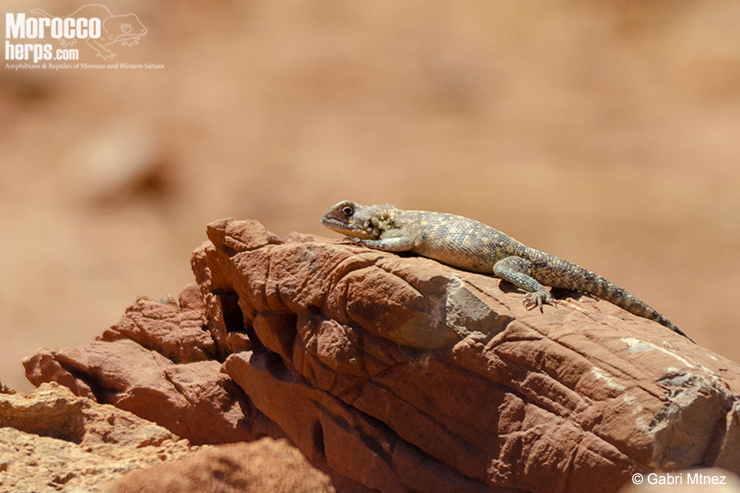
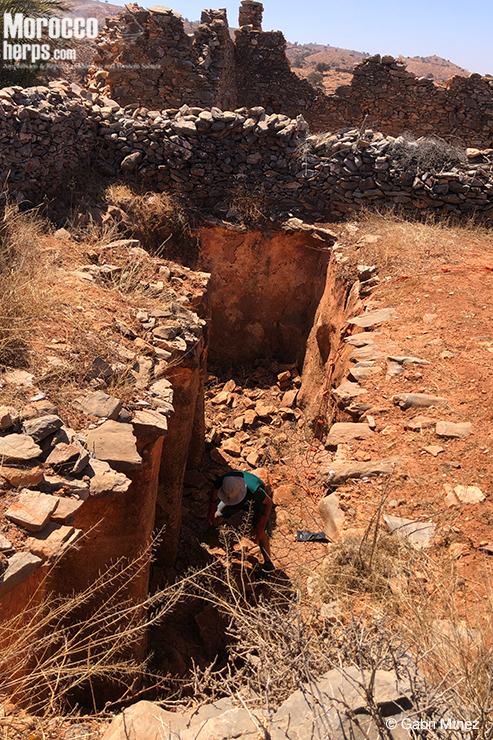
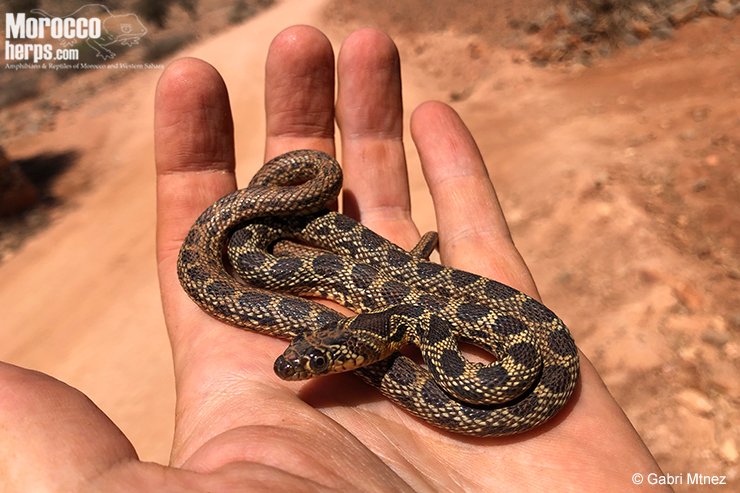
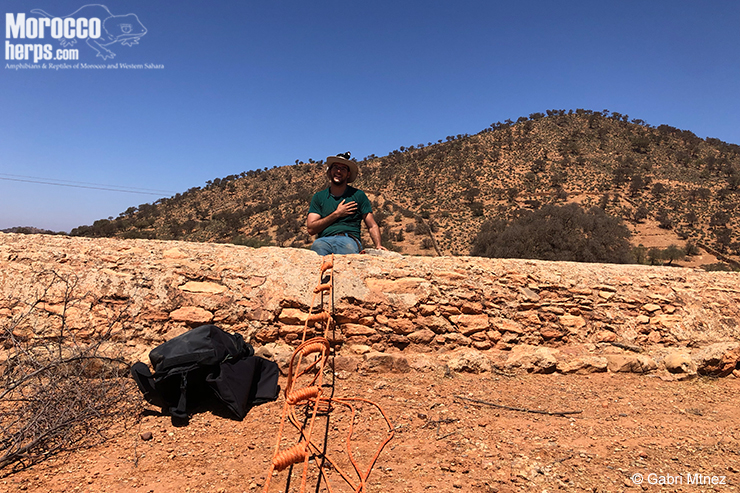
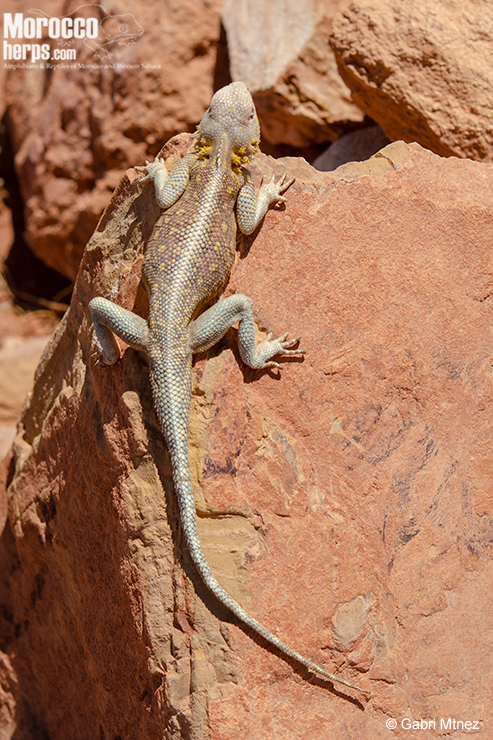
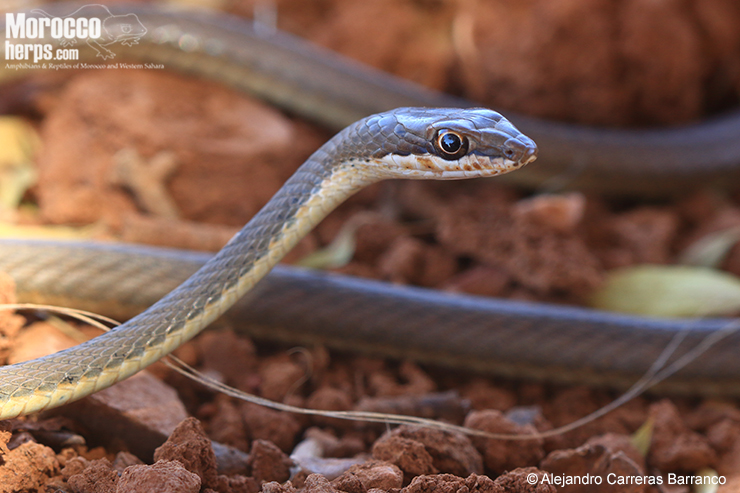
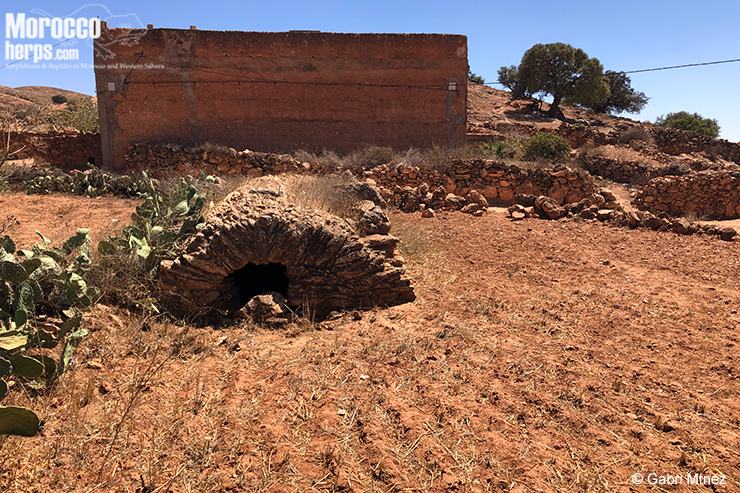
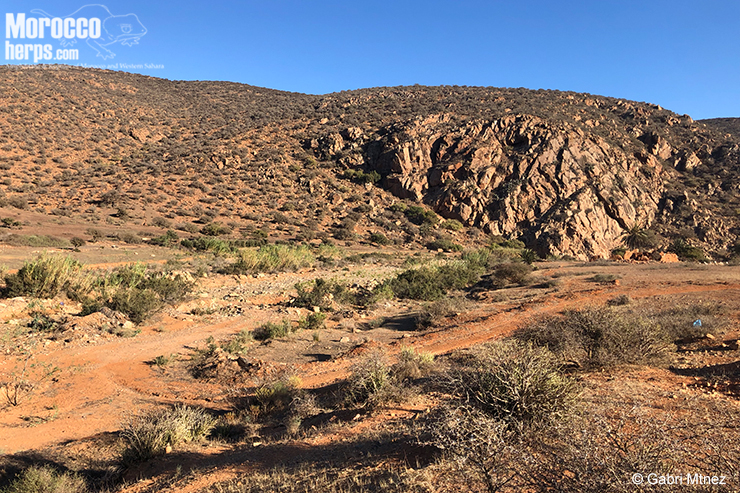
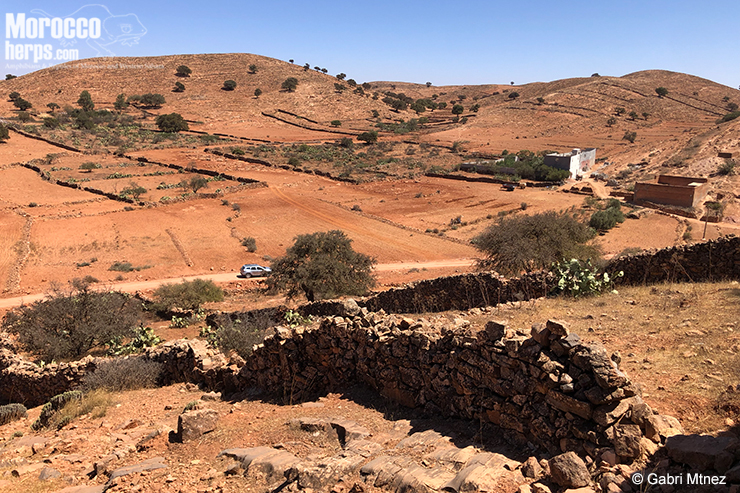

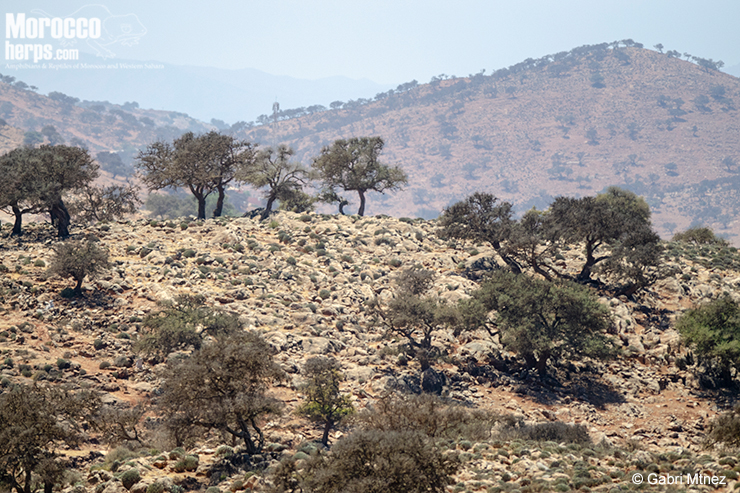
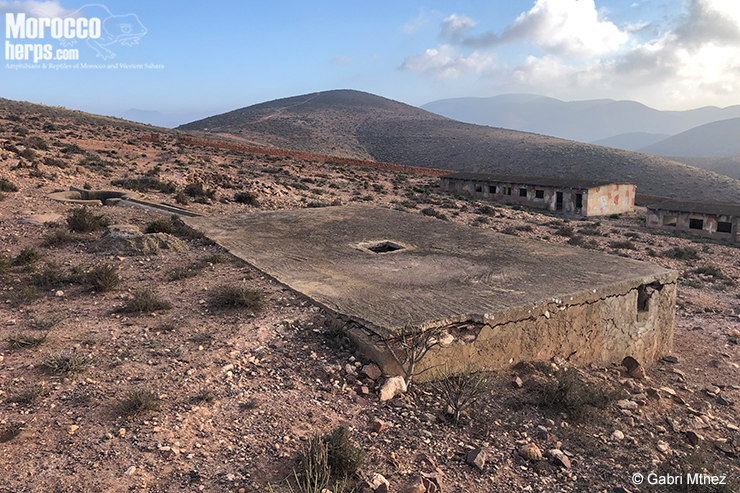
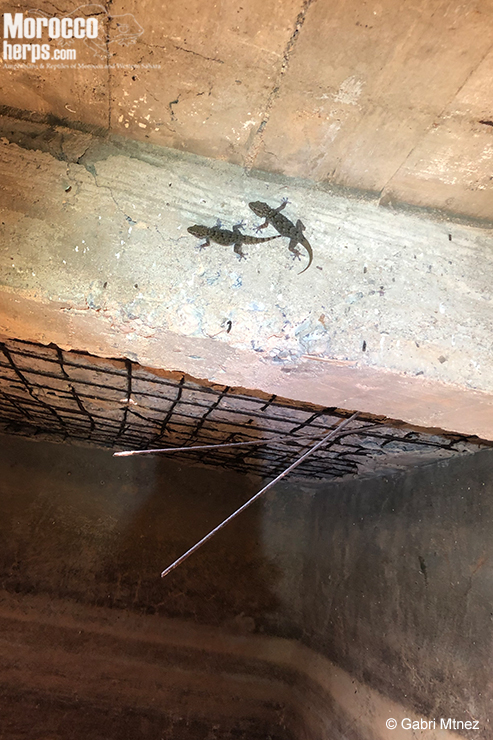
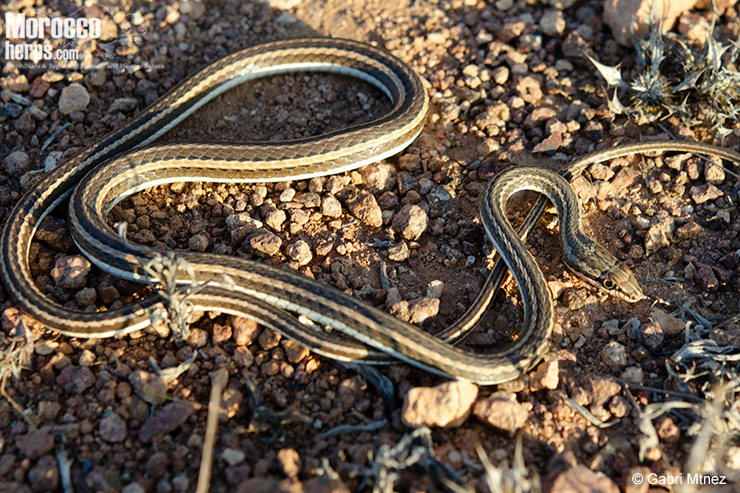
We arrived at the coast in the night, the temperature was constantly 22 degrees but we found a very low activity. After 2 hours of driving, we “only” saw a gecko (Tarentola chazaliae) and an amazing juvenile cobra (Naja haje). Therefore, we stopped for sleep, on an amazing day with a cobra as the first and last herp species.
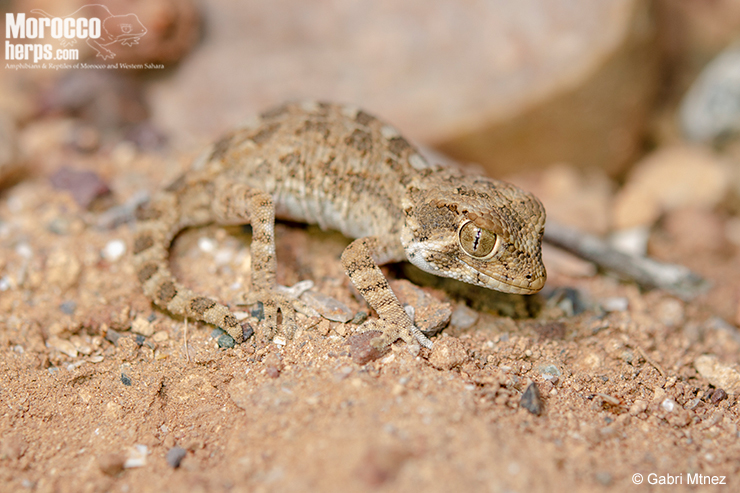
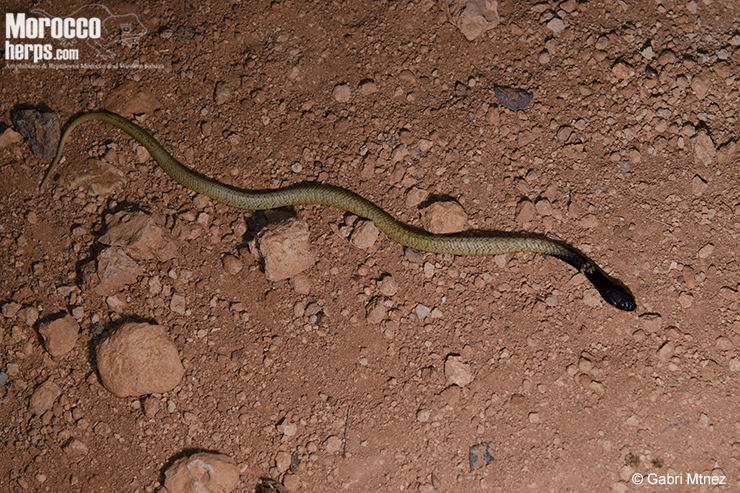
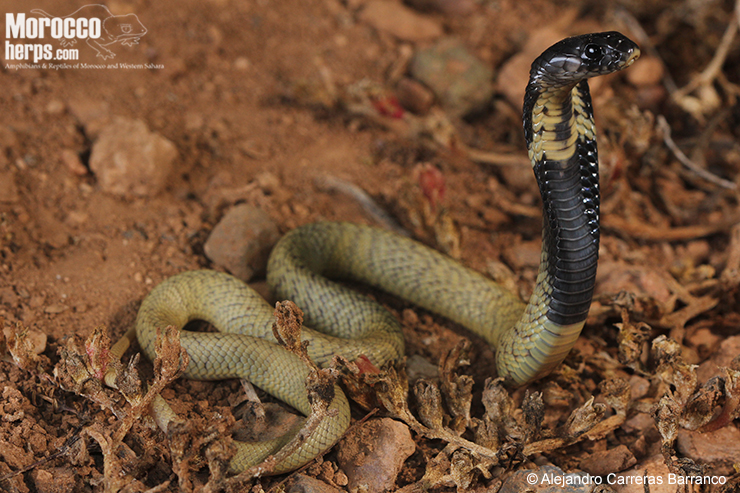
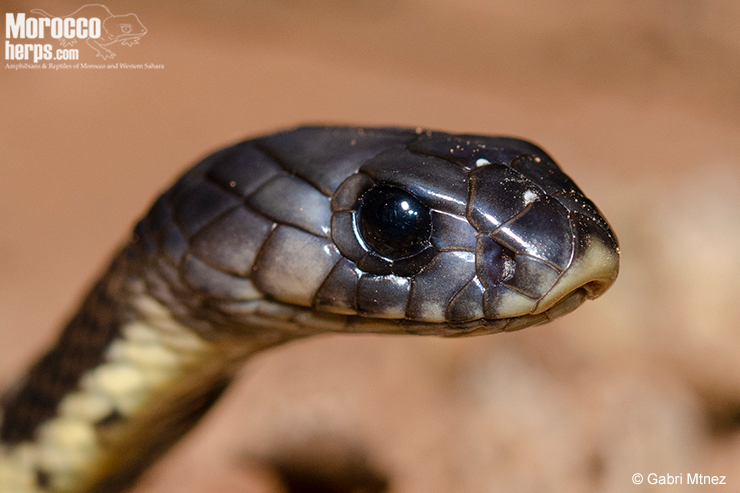
2nd September 2021
We woke up somewhere between Sidi Ifni and Plage Blanche. We took the closest road and 100m later found an adult puff adder (Bitis arietans) dead on the road. The snake was perfect, except for a strong damage in the neck suggesting that probably somebody hit the snake with a stick until it died.
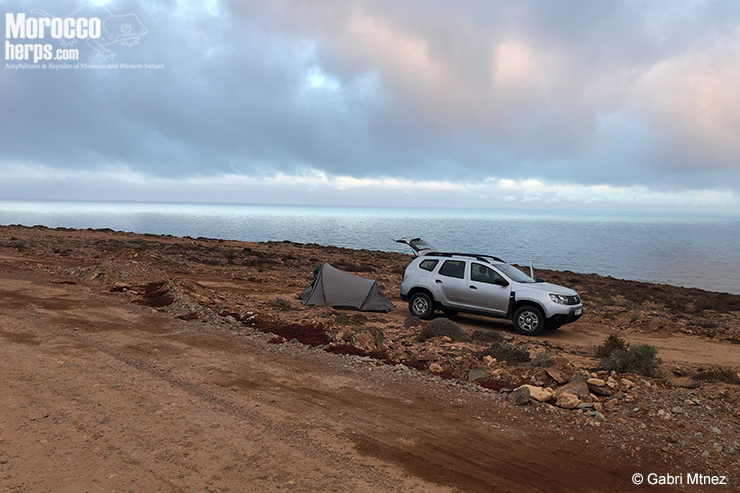
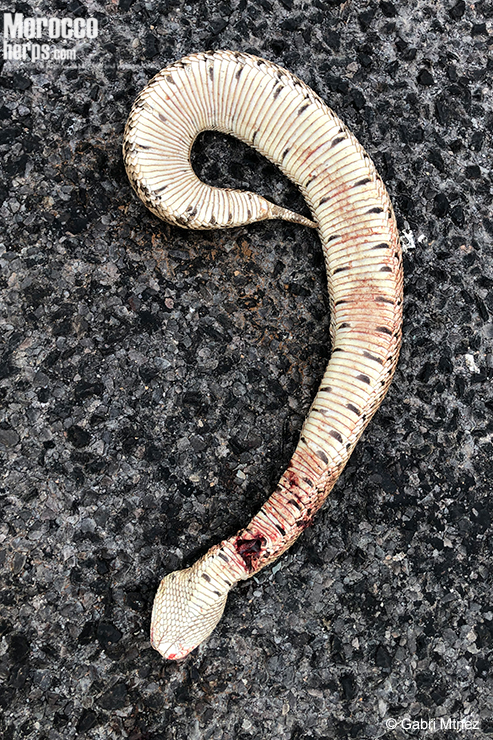
With the low activity of the previous night, we decided to drive to Tantan, and made several stops. From Plage Blanche to Labyar we could see lots of fat sand rats (Psammomys obesus) eating and moving on the surface. Apart from an adult Hemorrhois hippocrepis crossing the road in the morning we saw some animals in water holes: a dead adult Chamaeleo chamaeleon, several Sclerophrys mauritanica, Chalcides polylepis, an Acanthodactylus busacki, some Psammophis schokari and two of our more wished species: Spalerosophis dolichospilus and Rhagerhis moilensis.
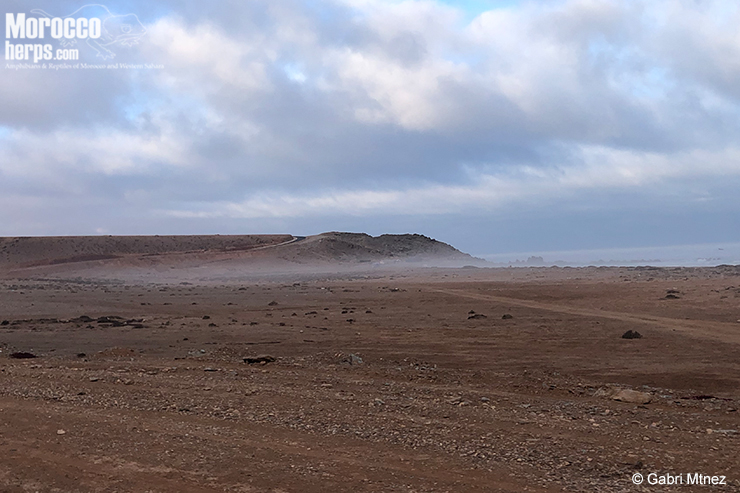
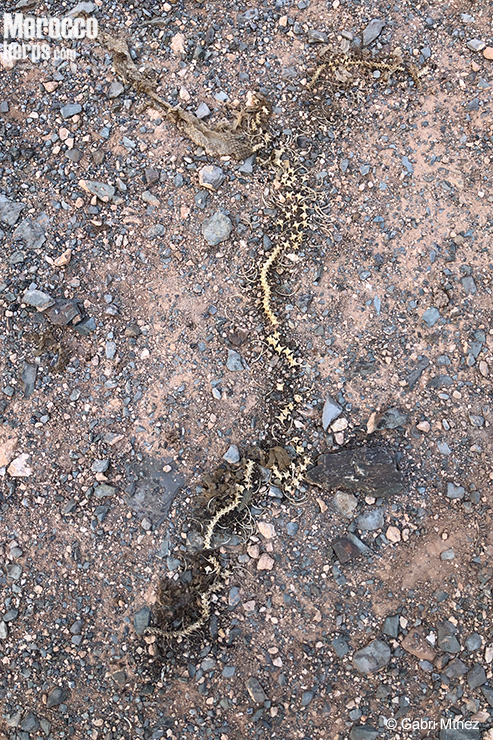
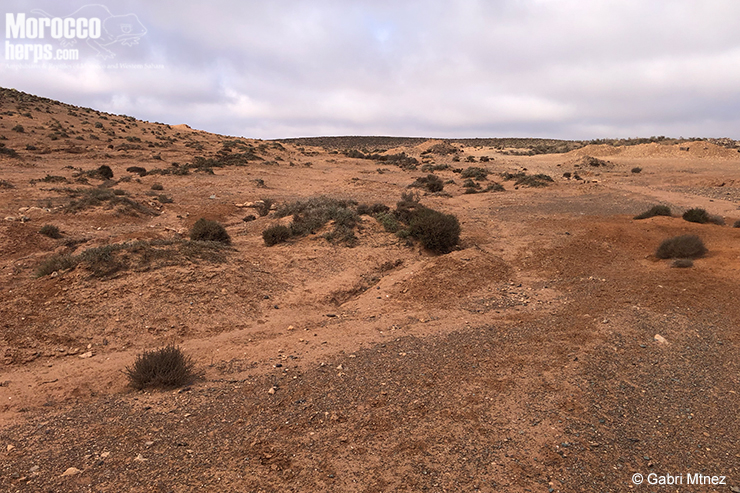
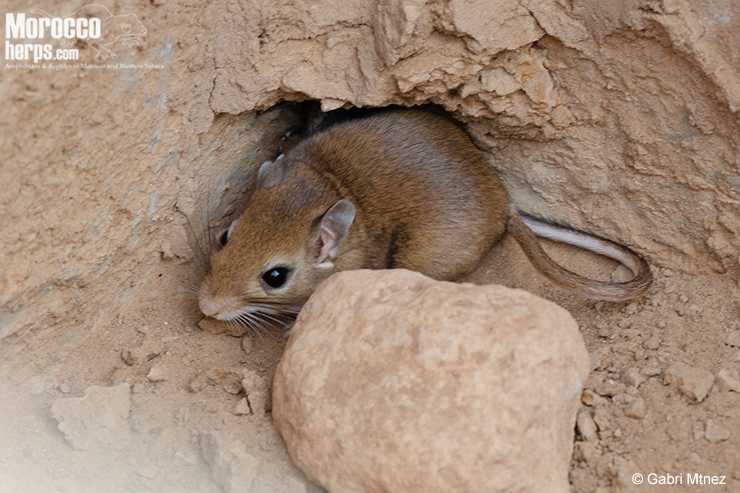
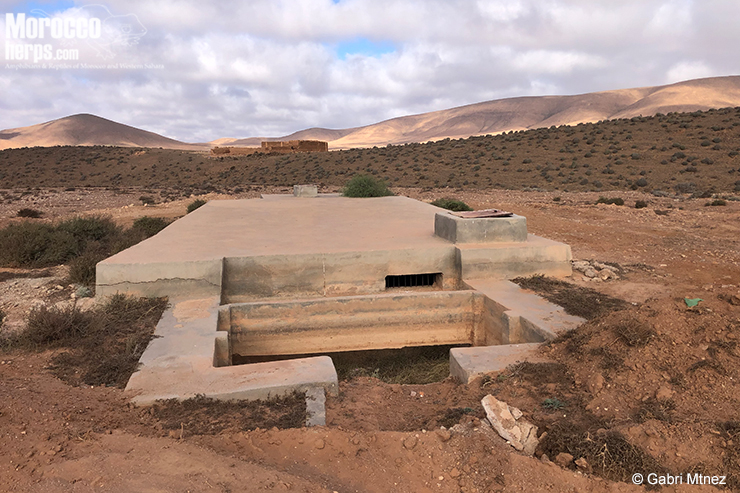
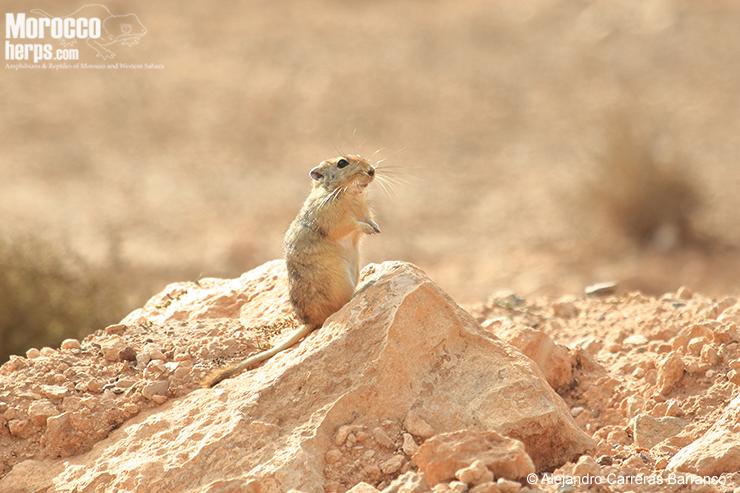
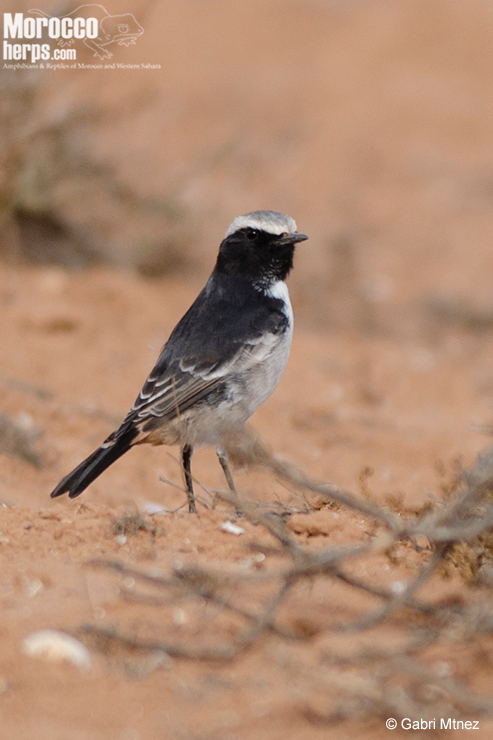
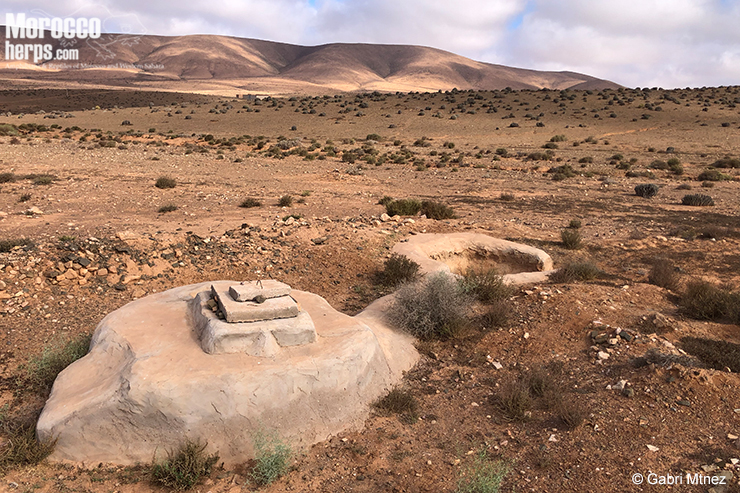
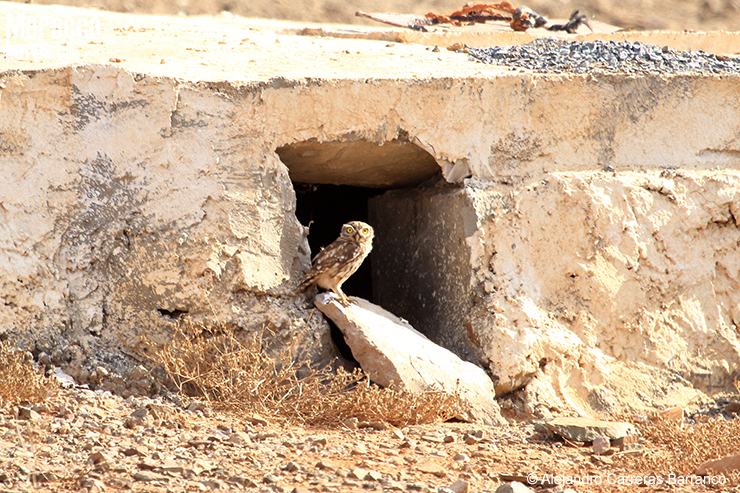
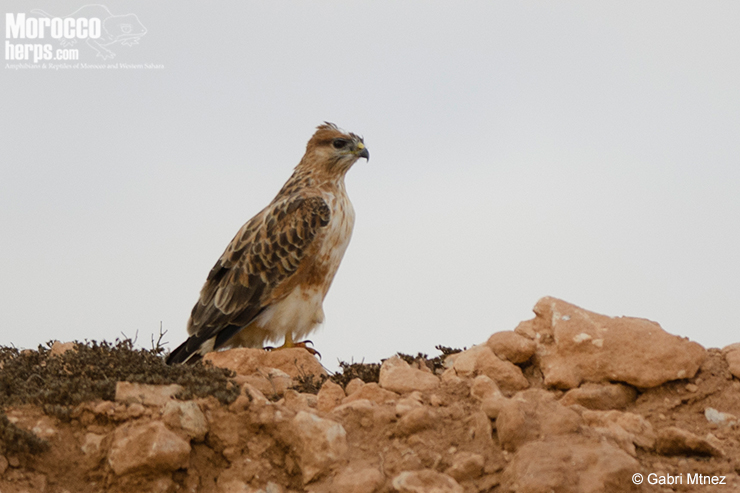
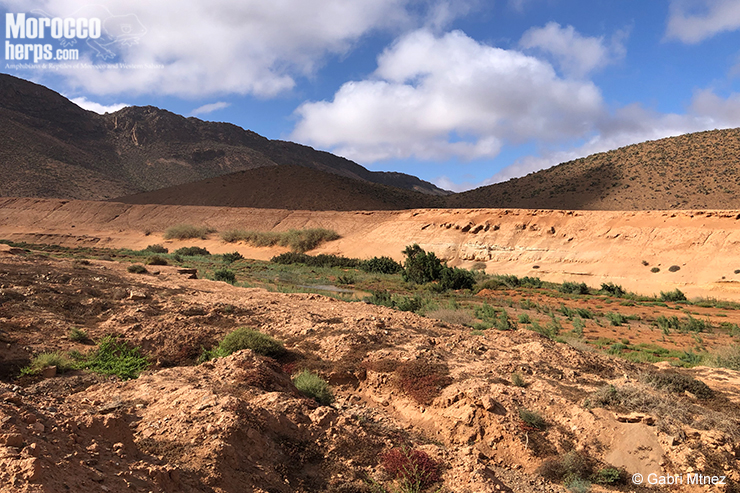
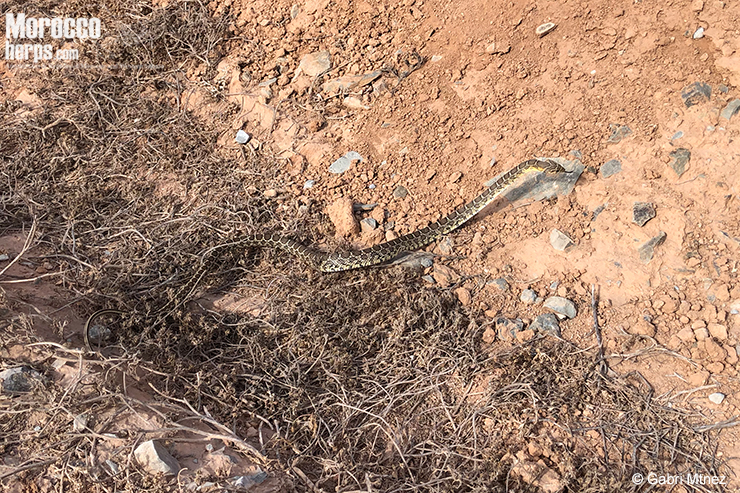
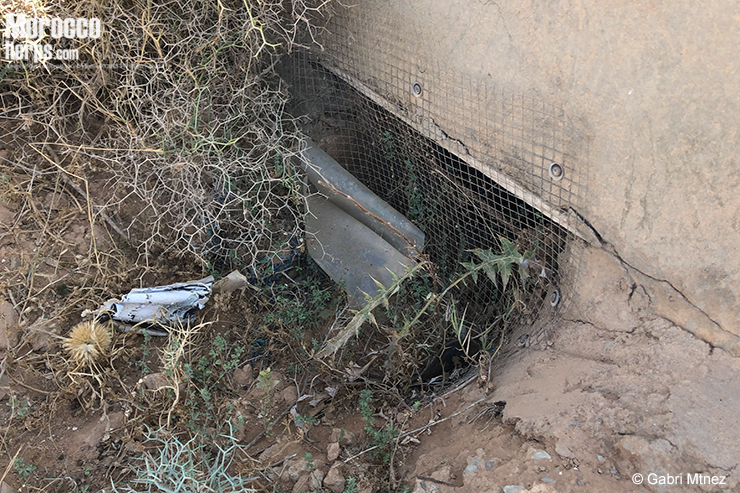
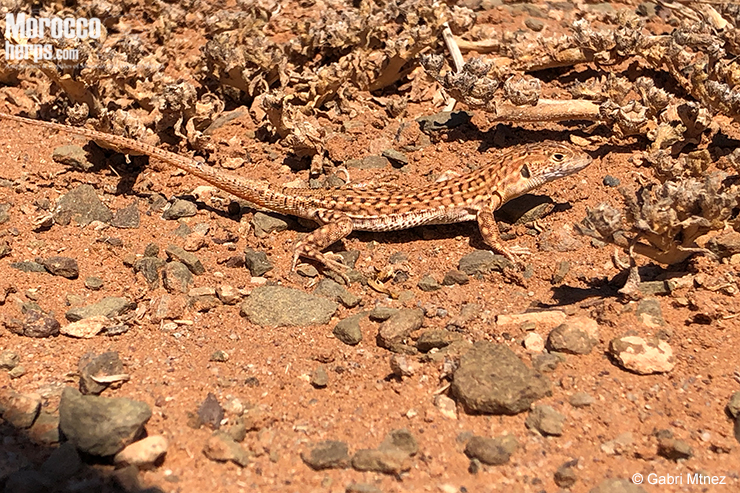
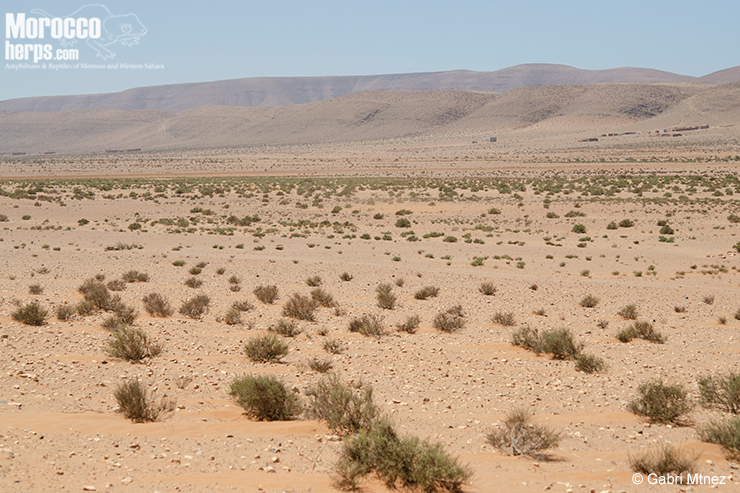
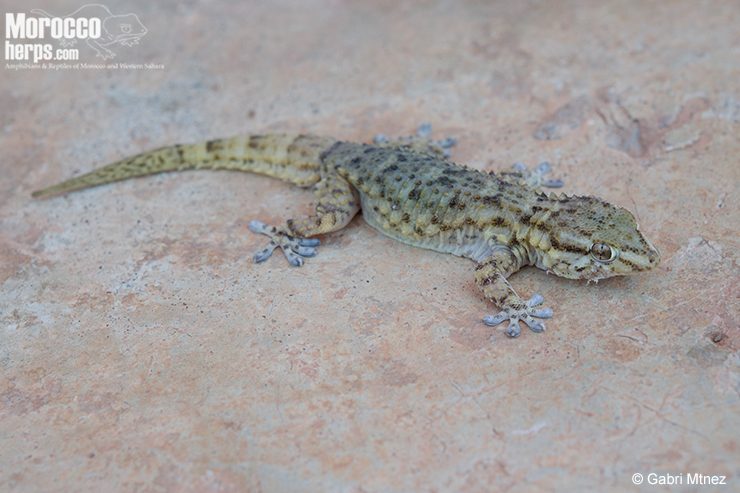
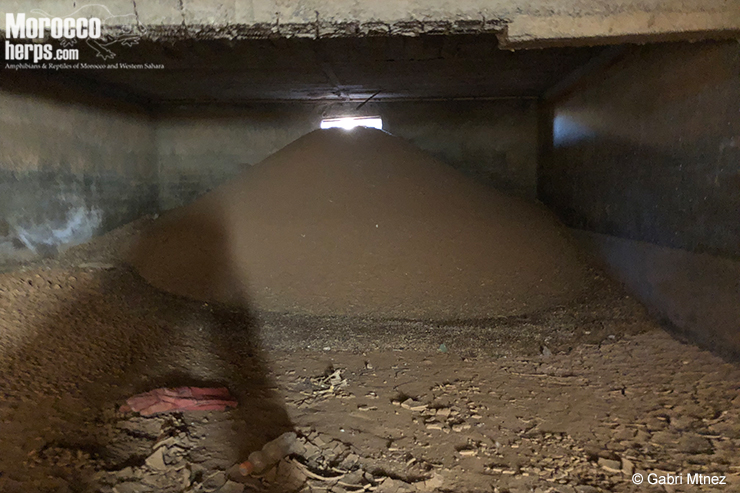
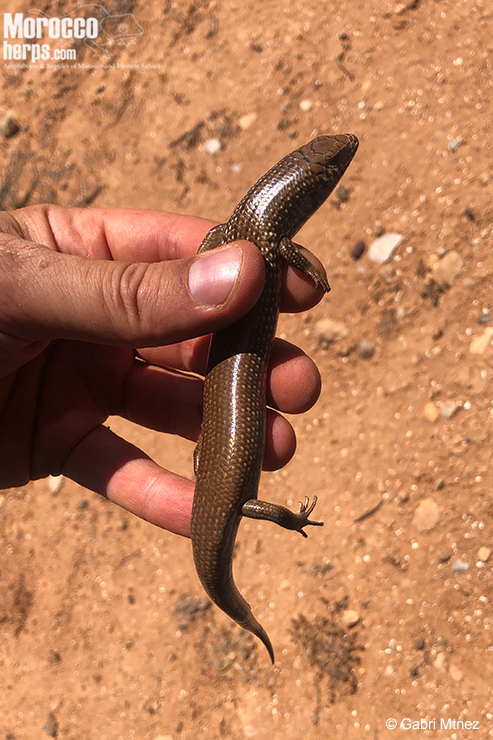
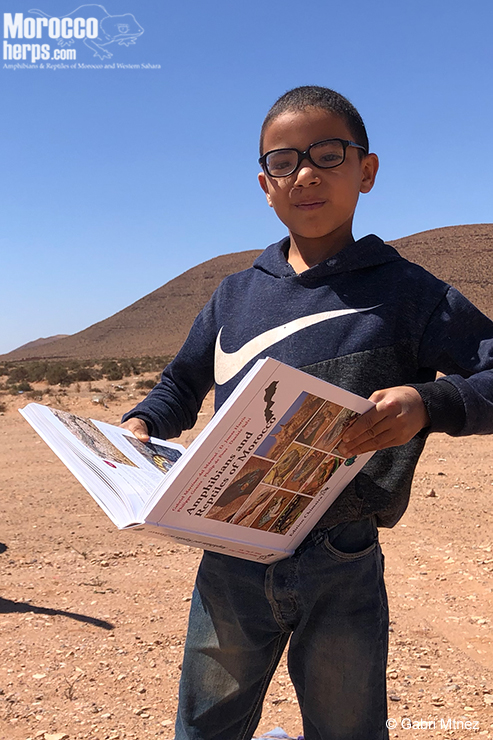
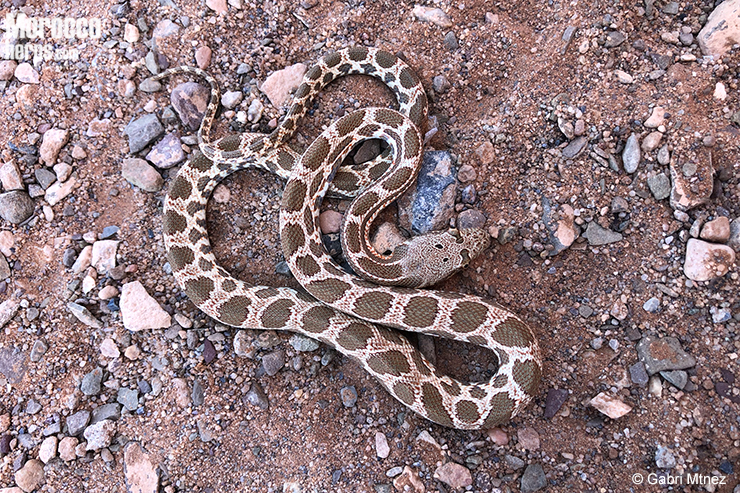
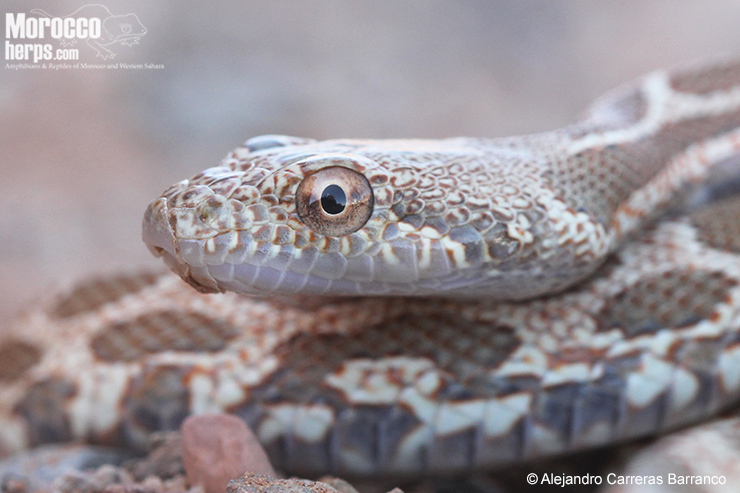
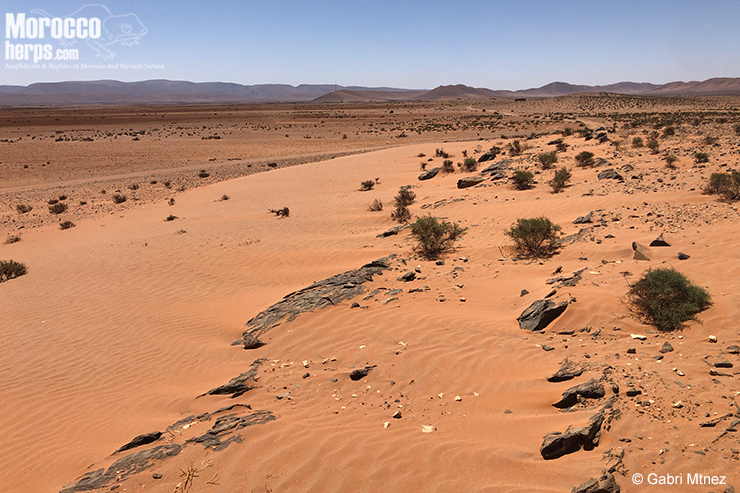
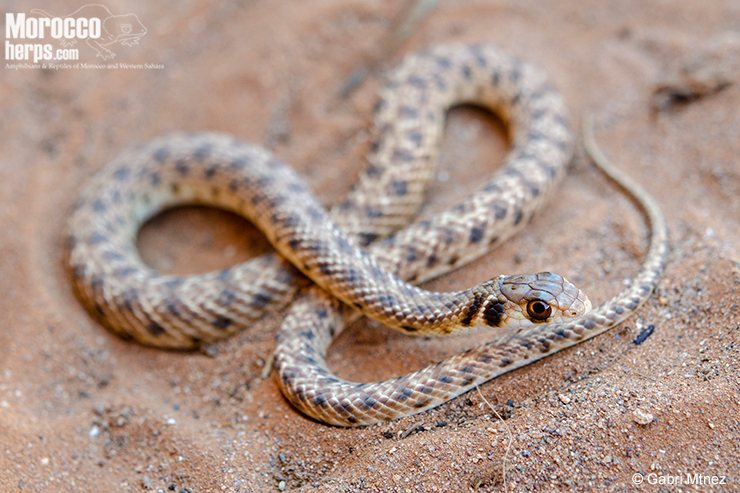
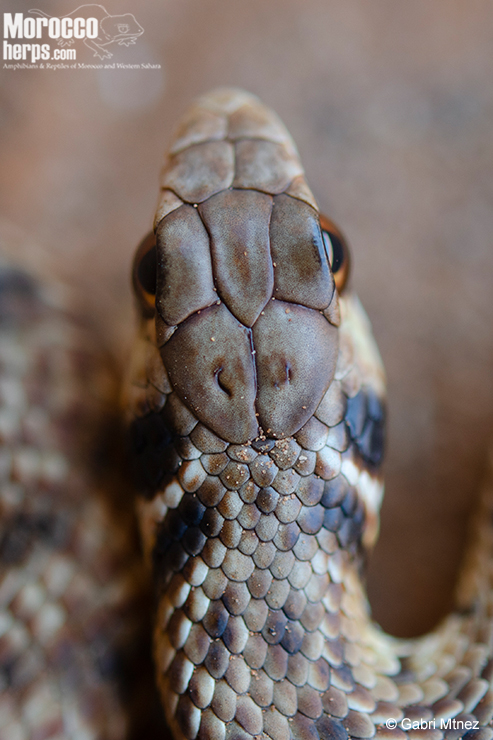
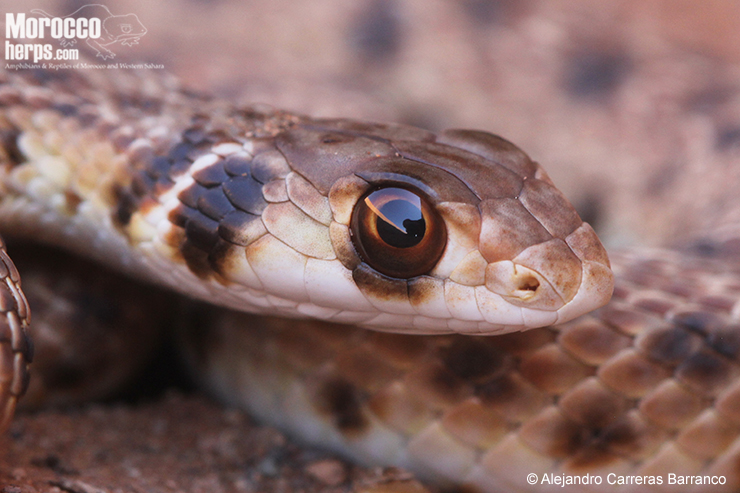
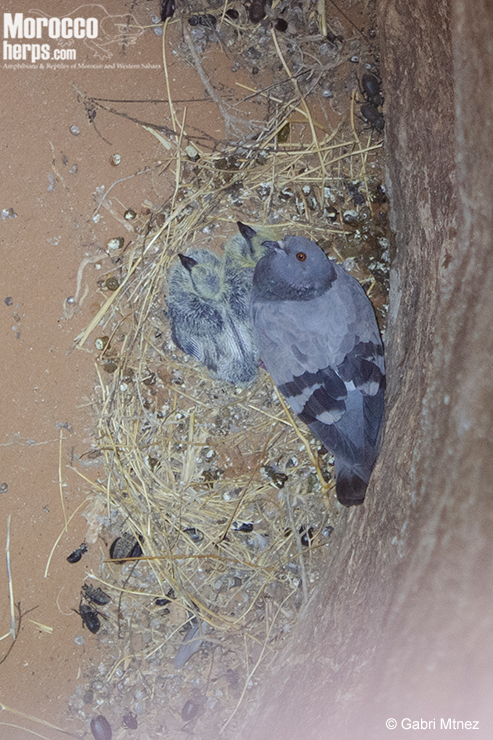
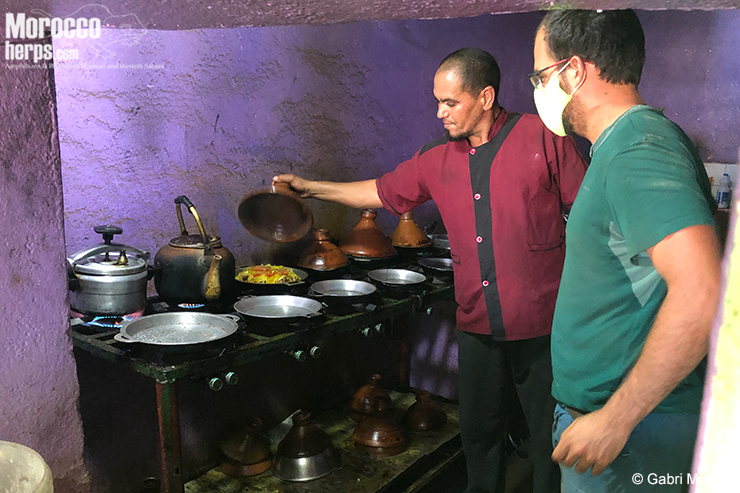
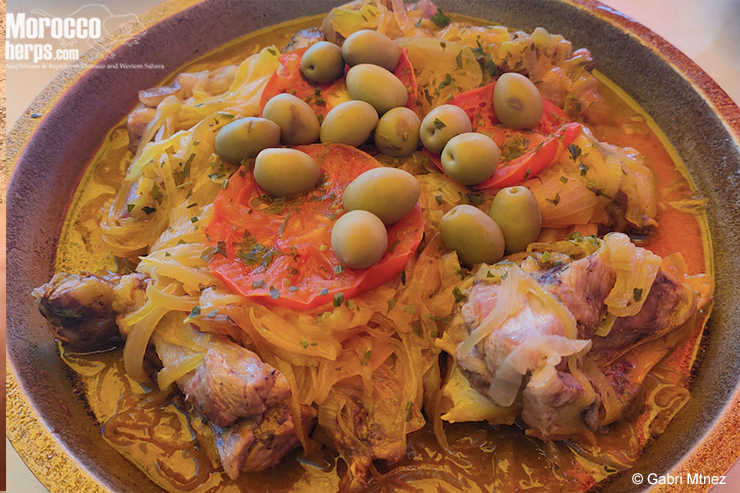
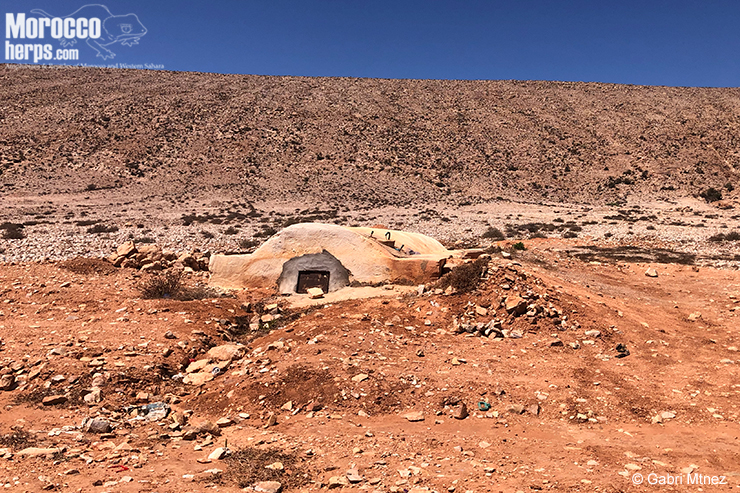
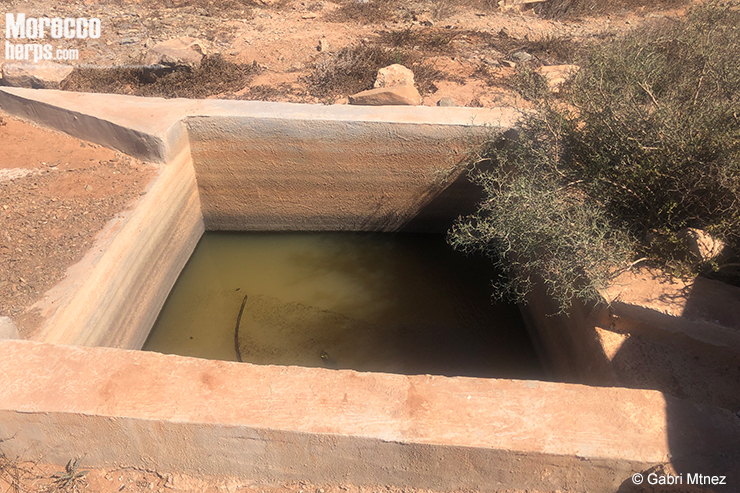
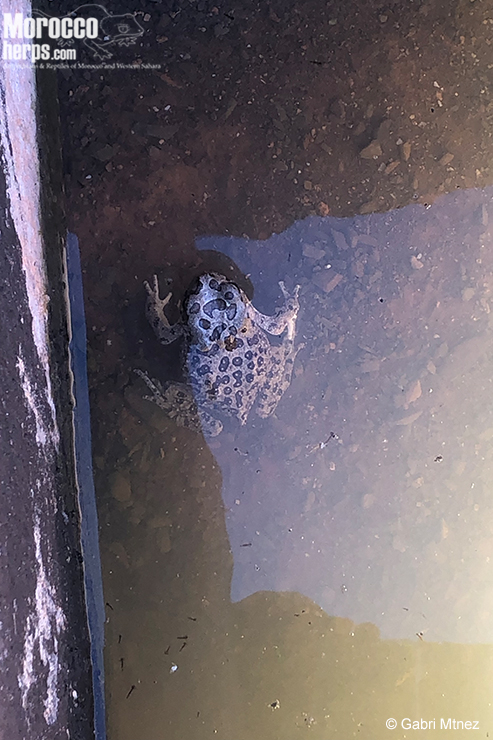
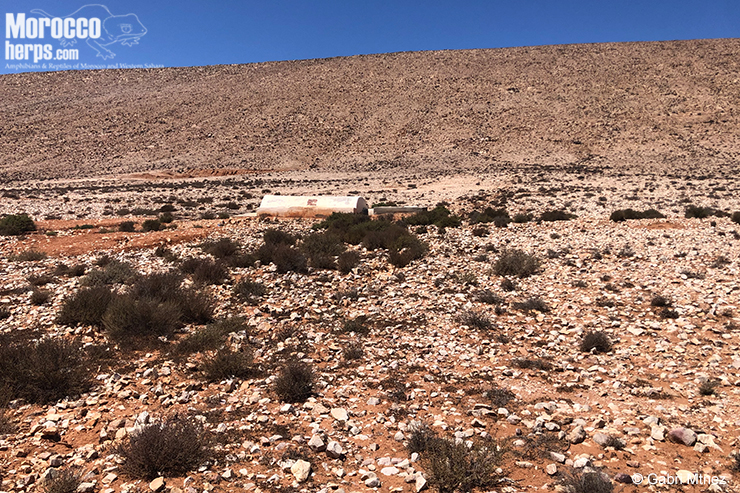
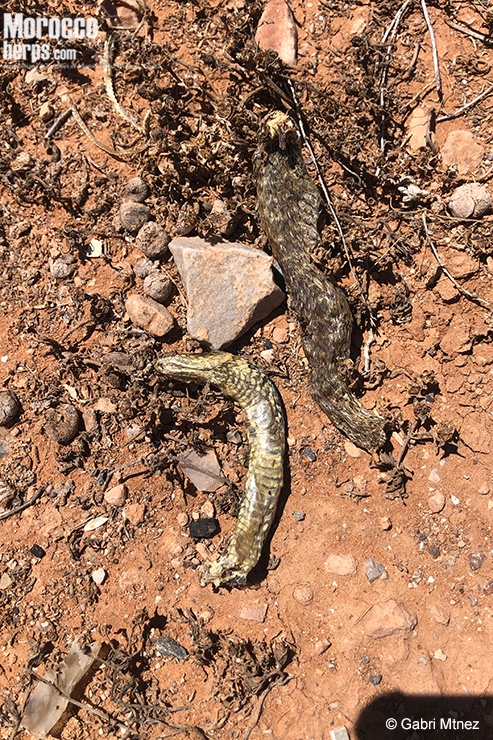
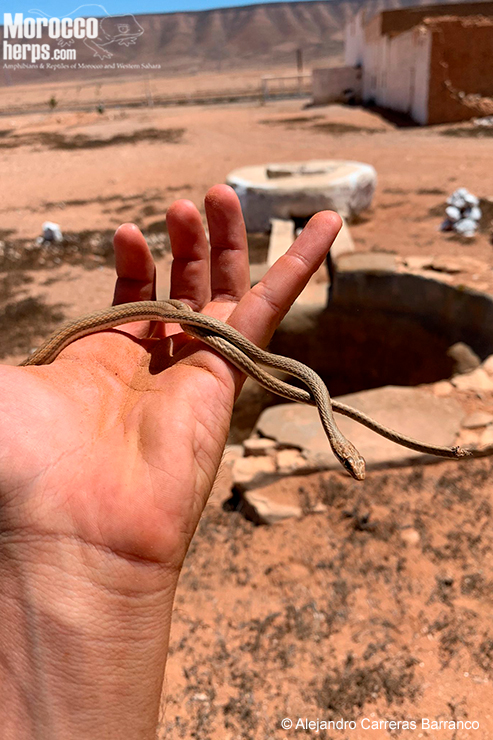
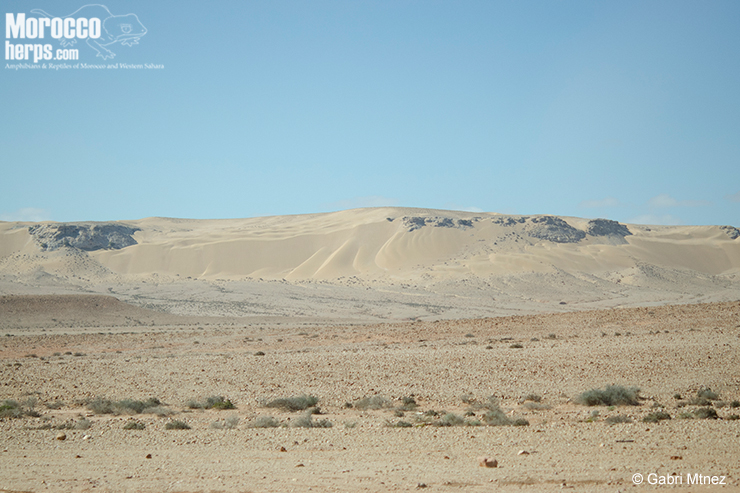
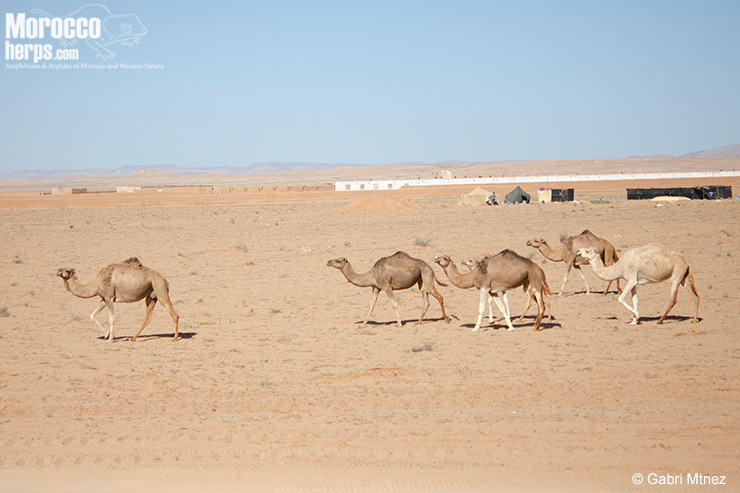
We arrived late to Tantan, and in the search of a water hole we took an off-road non-existing track….so when we were deciding to retire from the search because of the high risk of getting a flat tire, …we listened suddenly how the right front wheel began to lose the air very fast. We changed it very efficiently and drove to the center of Tantan to repair it. The mechanics of Morocco are extremely efficient and fast so we could return to the habitat not very late in the night. The activity there was also low, so we decided to split, to double the efforts, one walking, and the other one road cruising. After some hours we could only see walking in habitat 2 Tarentola chazaliae and a juvenile Stenodactylus mauritanicus, and in the road a Macroprotodon brevis and a really nice adult Boaedon fuliginosus. The area of Tantan-El Oautia seems to maintain the best populations of Boaedon fuliginosus of Morocco, but find adults alive is always good news.
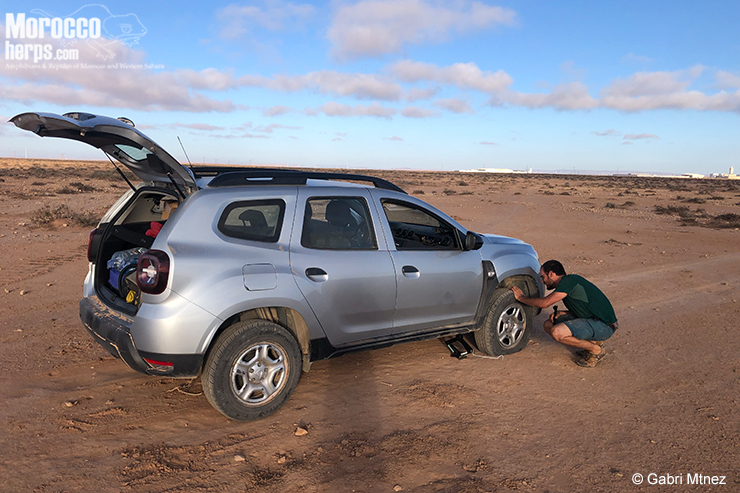
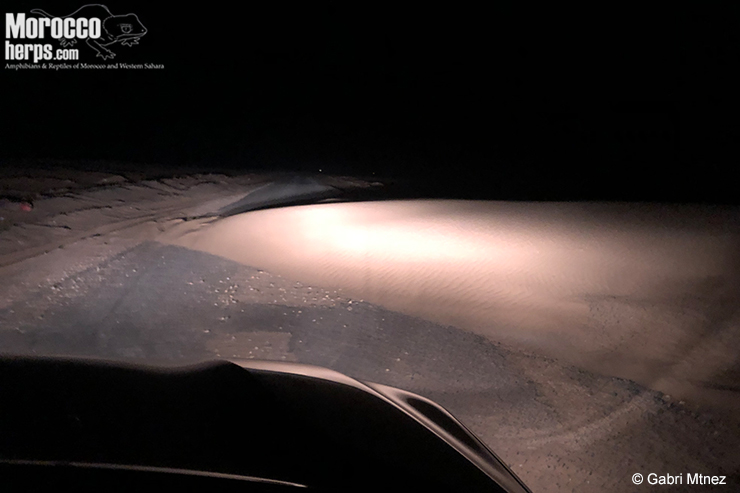
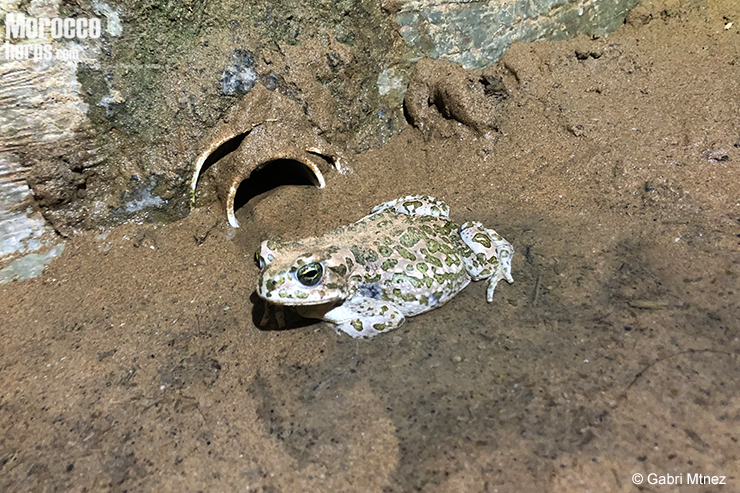
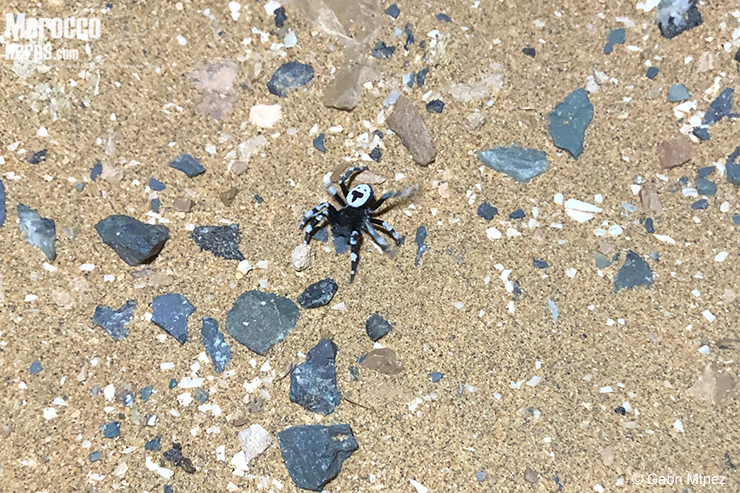
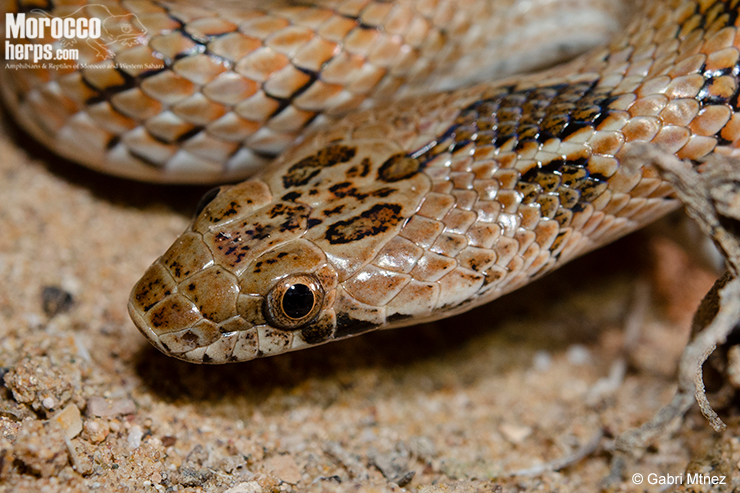
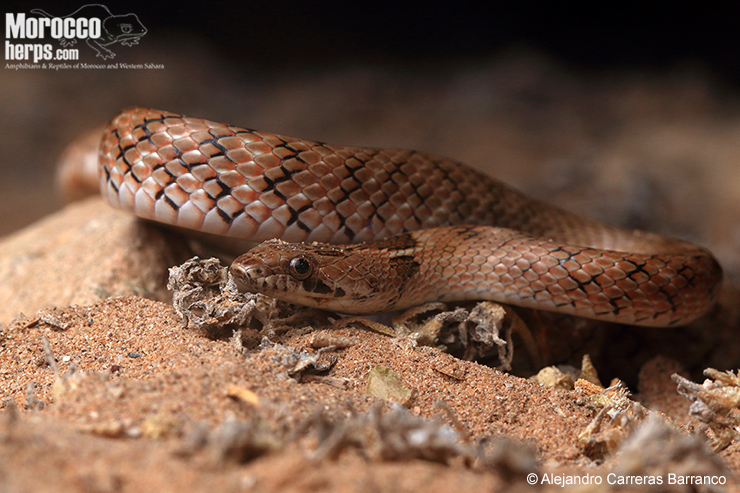
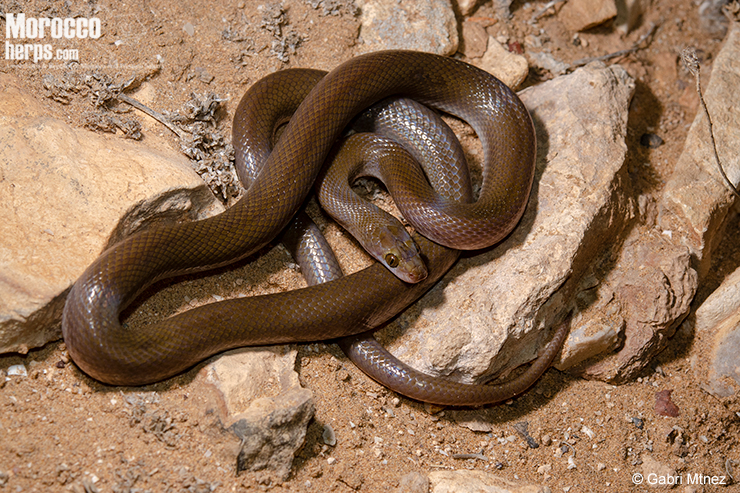
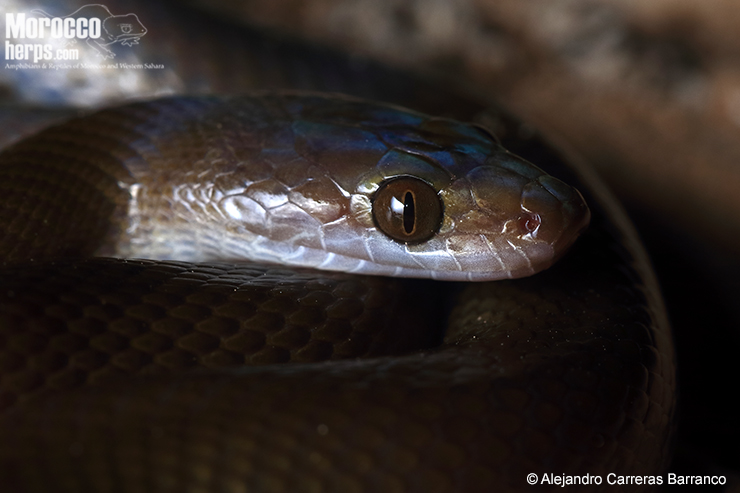
3rd September 2021
We woke up in Tantan and began one of our craziest days, driving to Smara. That day we needed to be fast because our idea was to sleep on the coast and avoid the extremely high temperatures inland.
There are lots of new holes in the first kilometers of the road Tantan-Smara. Unfortunately, the new holes usually have a lot of water so usually you see the animals drowned. Especially in this time of year, with low activity, we had no hopes to find animals swimming waiting to be rescued… we could see a shrew, the first geckos Tarentola boehmei, a Psammophis schokari, and a just hit by a car Rhagerhis moilensis.
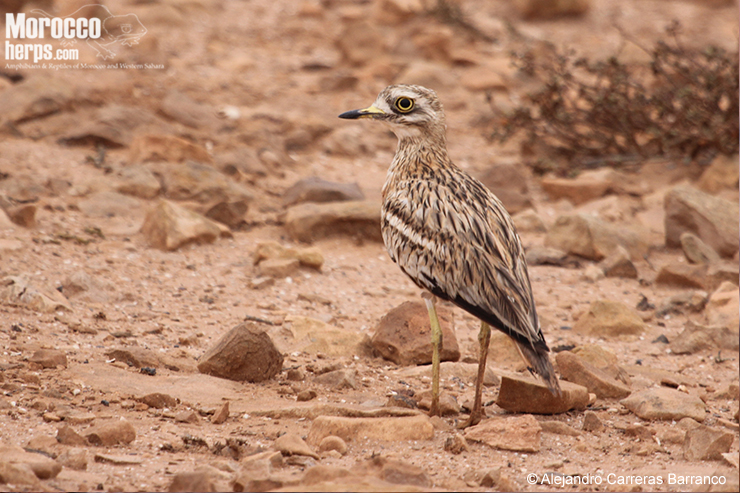
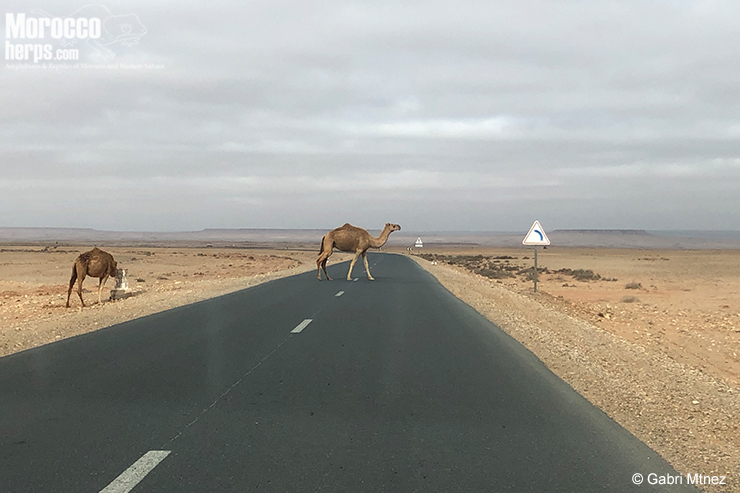
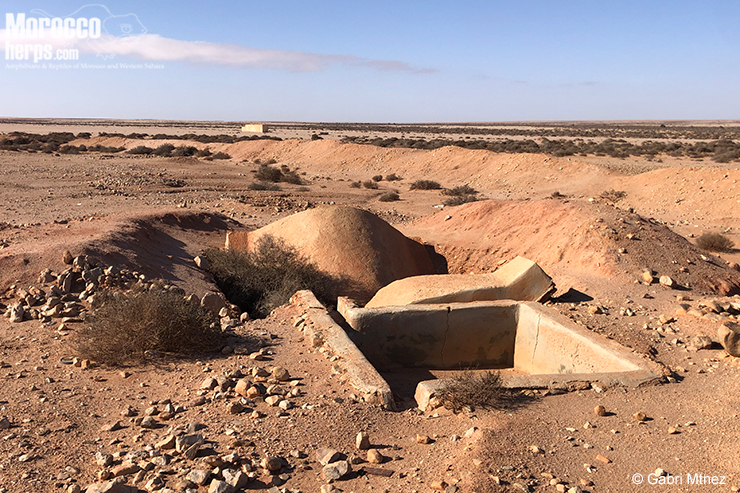

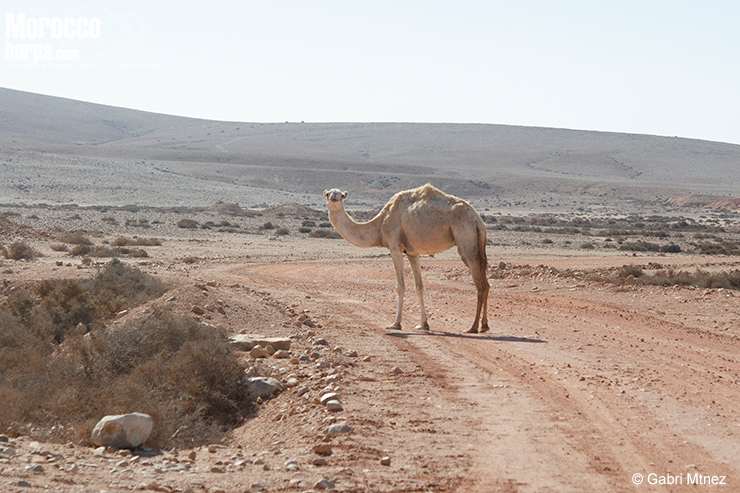
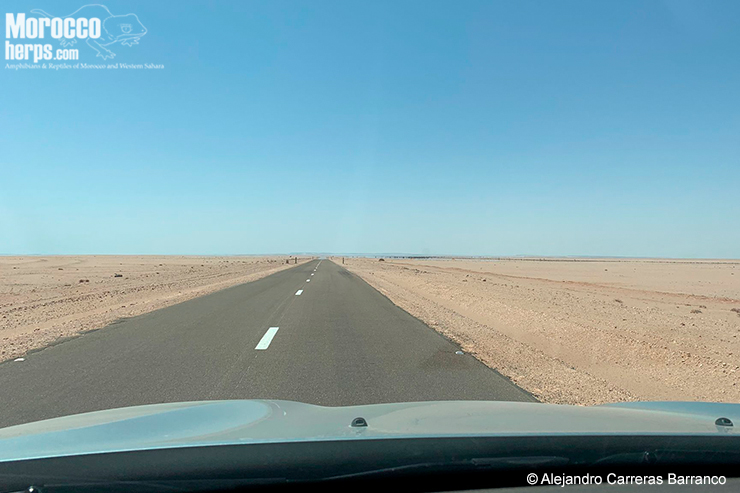
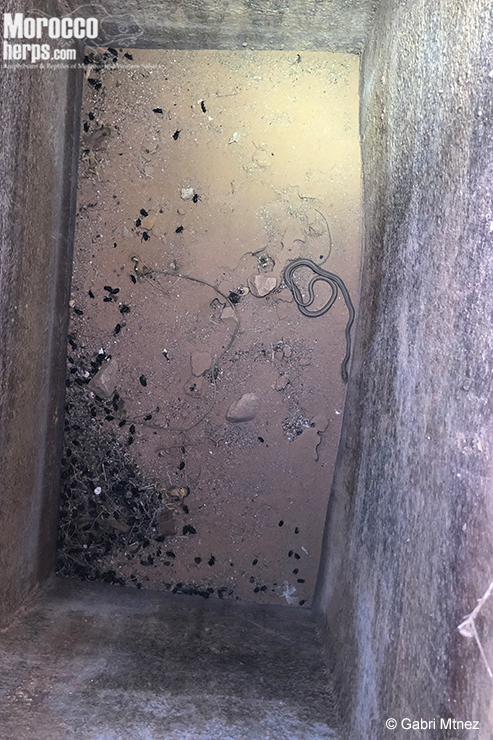
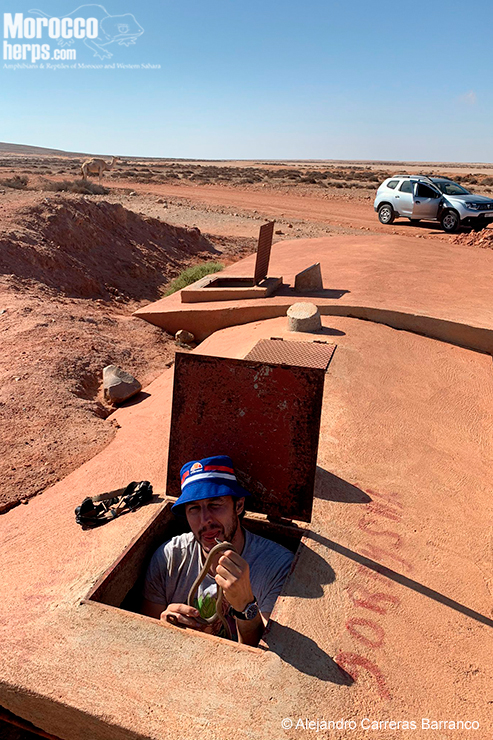
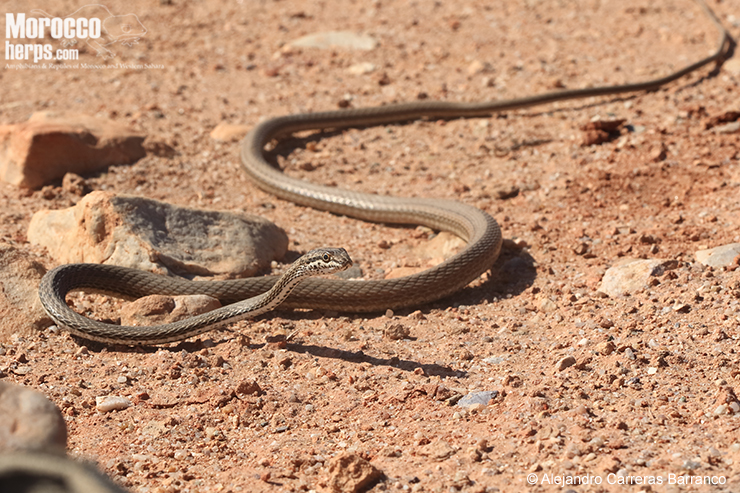
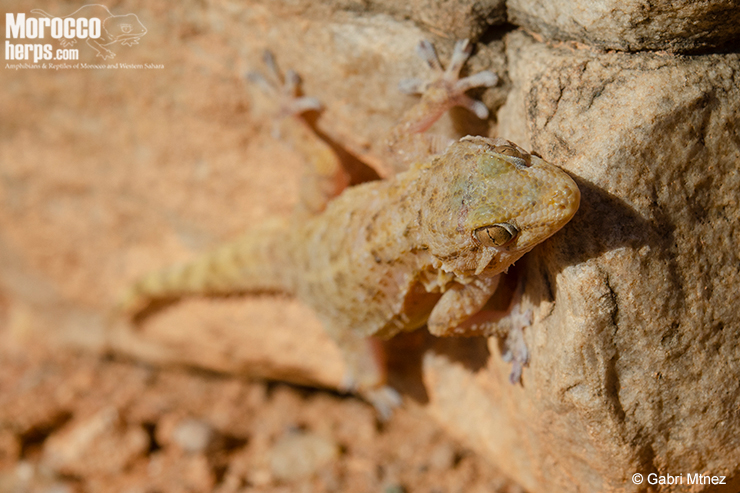
After some hours we arrived at the “4 holes” area. These holes are located in a place with sand and bushes and usually, there are animals trapped inside. In 2013 Gabri found with Budi and Marco 2 Cerastes vipera and 1 huge Cerastes cerastes together, apart of another Cerastes cerastes dead. This time we found a dead Cerastes cerastes, a very nice reddish Cerastes vipera and the first sad moment of the trip, an adult monitor Varanus griseus dead. These holes never have water so they are probably useless. In the next trip, we will close the entrances to avoid this continuous mortality.
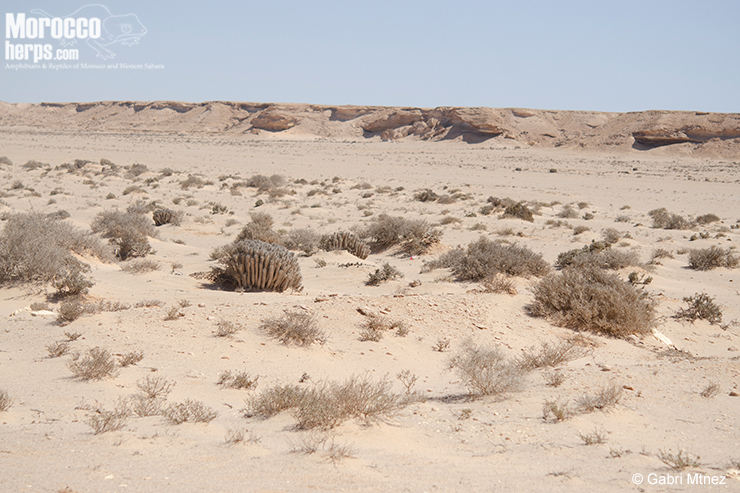
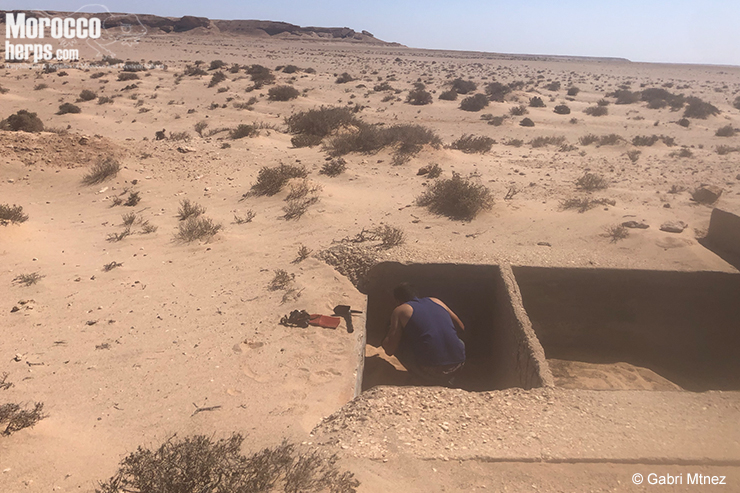
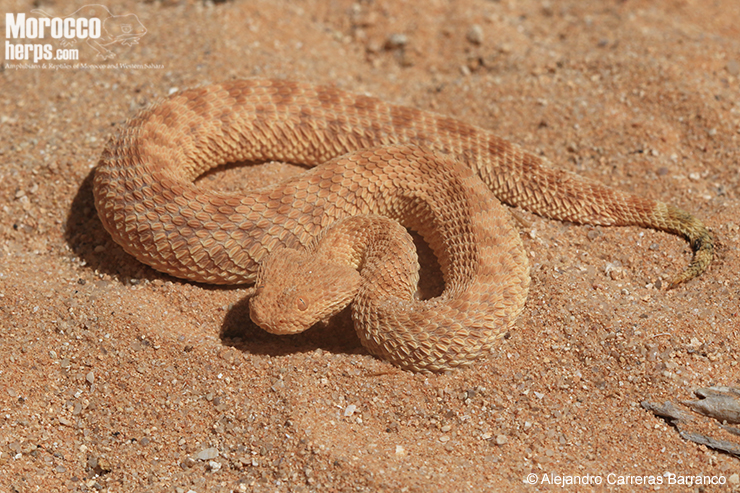
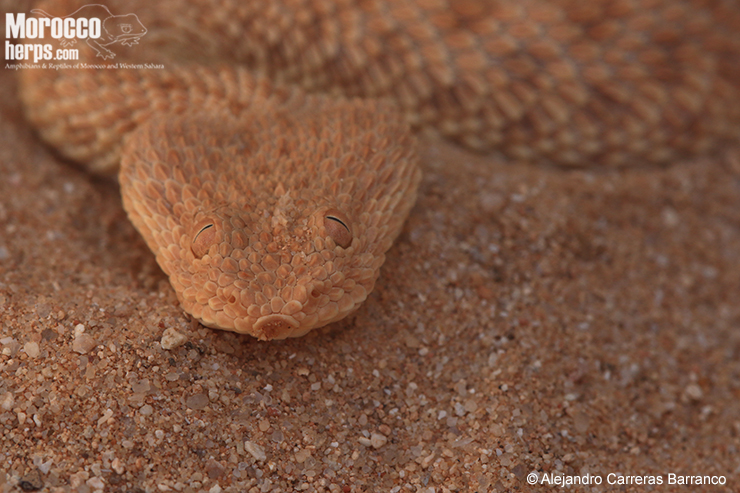
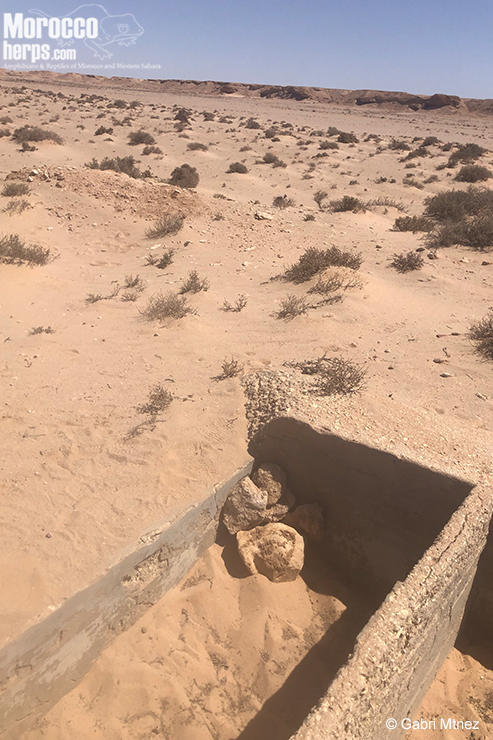
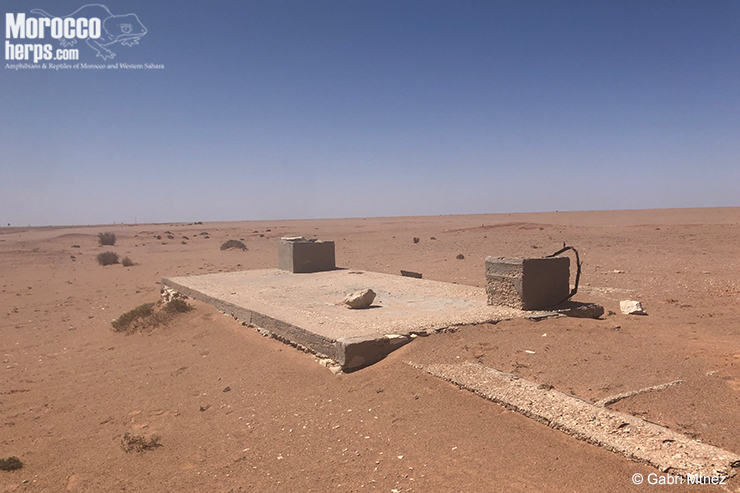
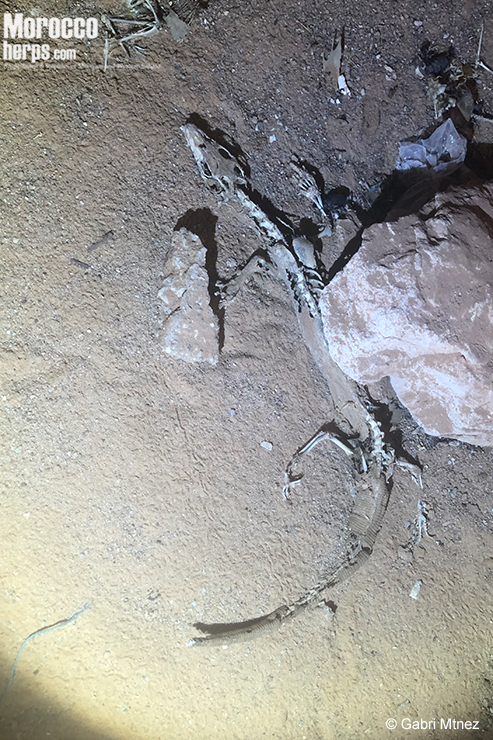
We arrived at Smara and after the long way, we ate in a local restaurant to get energy. The temperature was high, so we waited a bit before continuing with our trip to the Coast. We stopped in a big hole and found our target of the day, the king of the desert, an adult Varanus griseus, this time alive. The hole had over 20 geckos Tarentola annularis of all sizes, from juveniles to huge ones. Also, a Trapelus boehmei was found trapped in the previous deposit of the water hole. We also found a uniform weird Acanthodactylus.

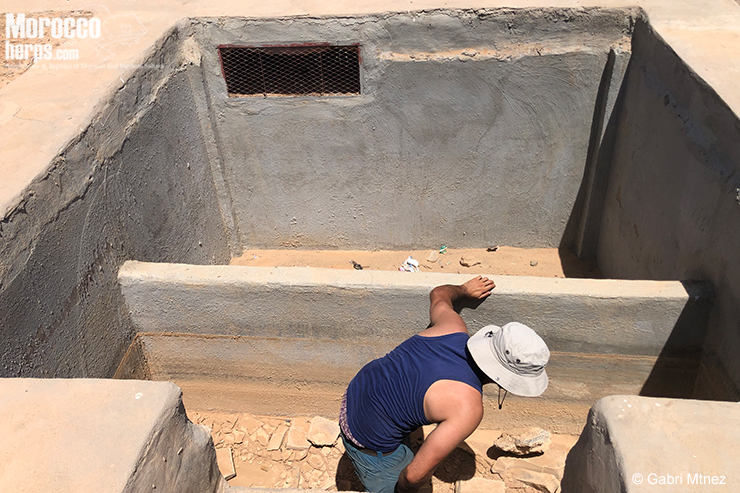
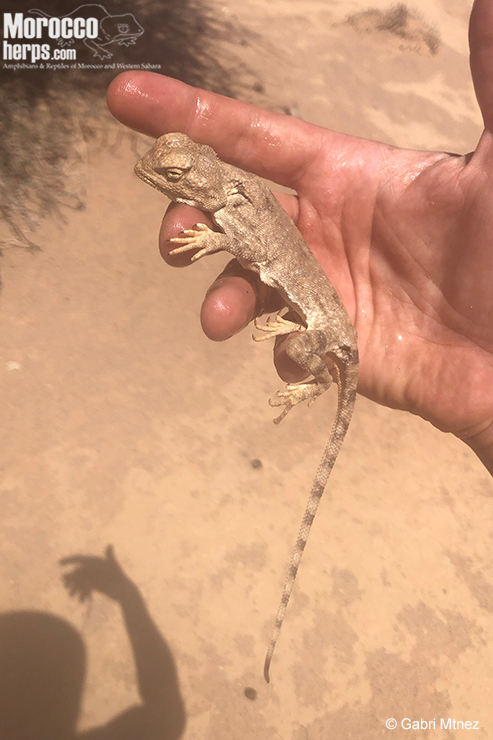
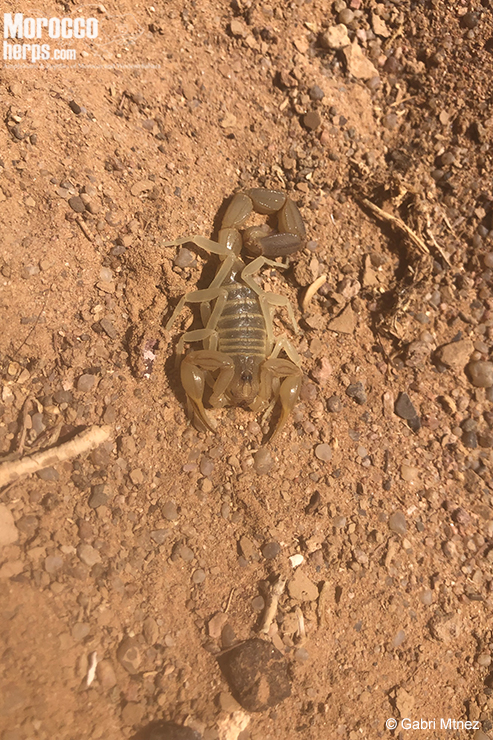
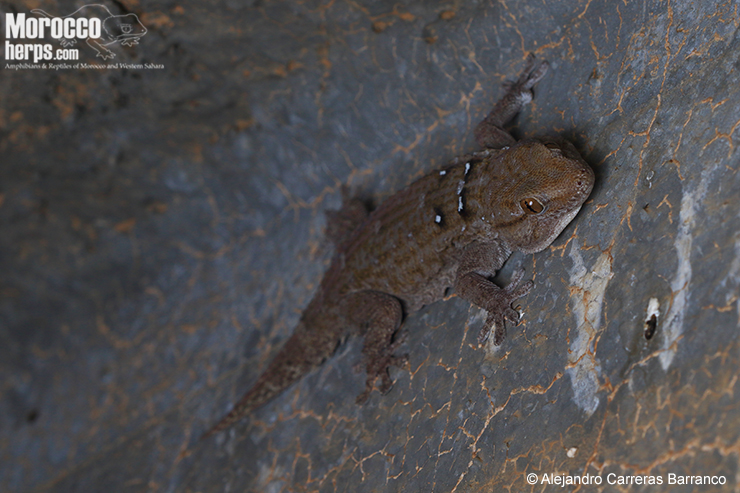
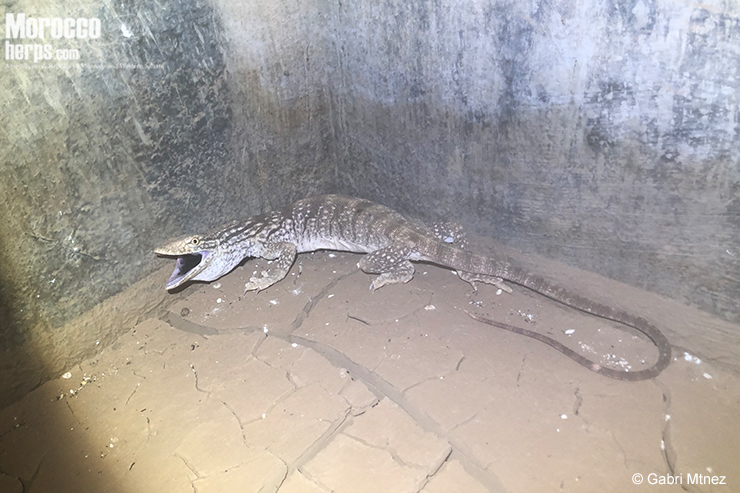
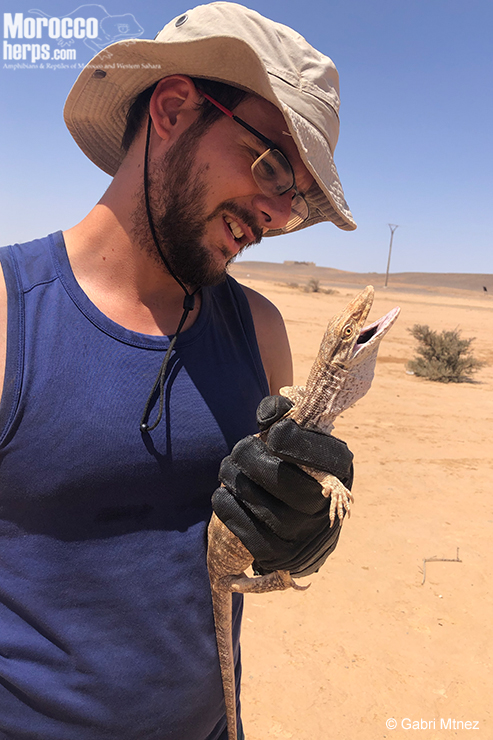
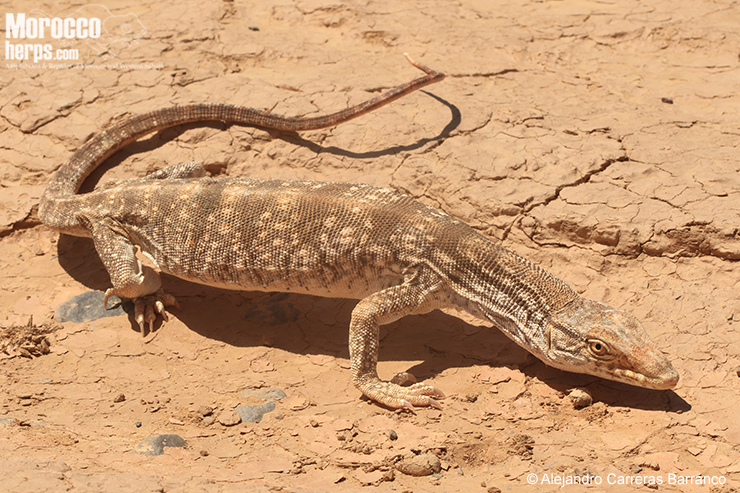
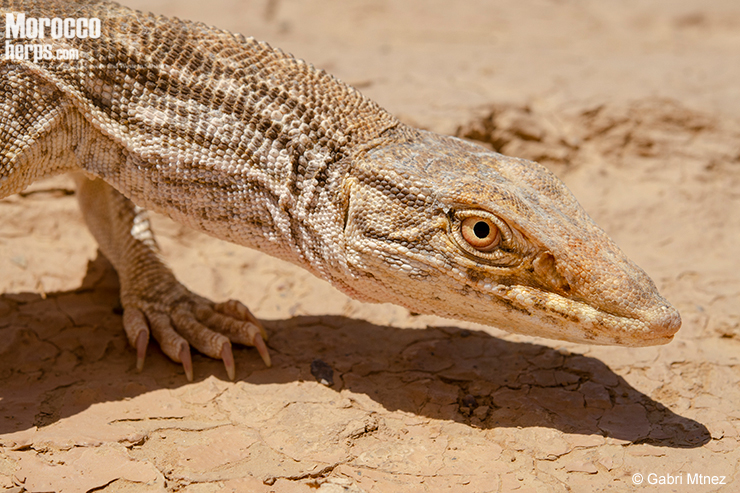
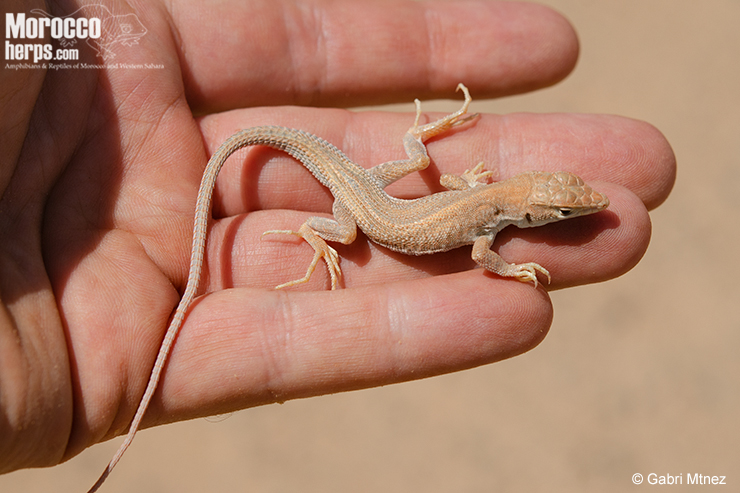
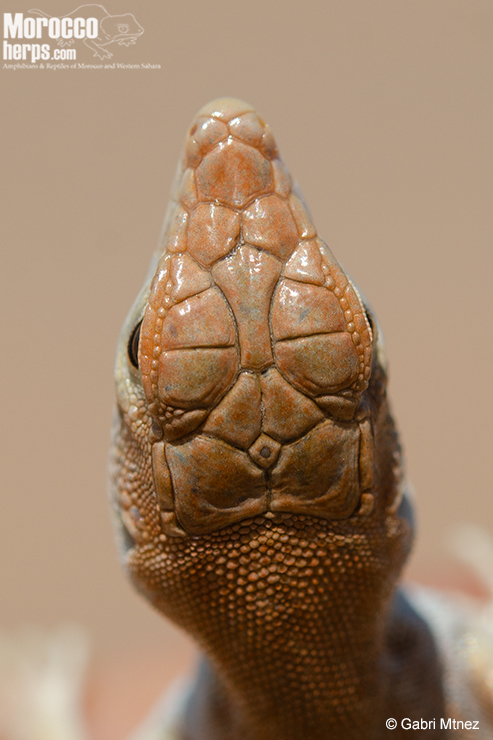
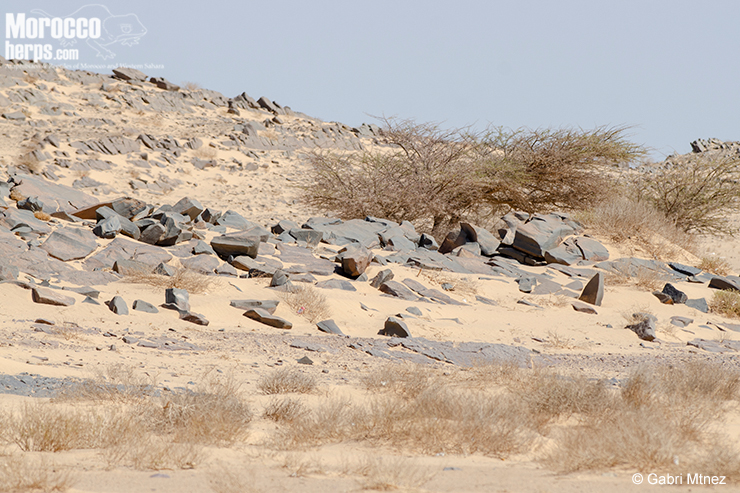
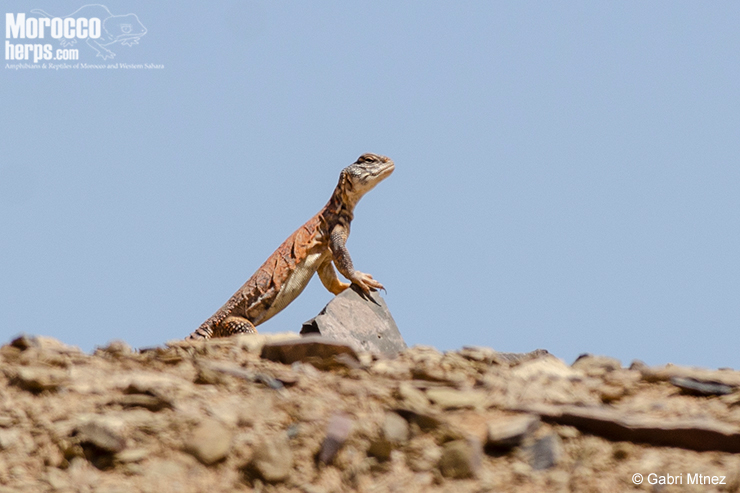
Without time to waste we continued our way to the coast. The night catch us in Laayune so we finally decided to sleep in our favorite place of NP Knifiss. We arrived there late in the night, left the car hidden, and began to walk in the sandy areas trying to find one of the most amazing snakes of Africa: the coastal morph of Cerastes vipera. They are much more contrasted and apparently bigger than inland populations.
One hour later, while searching for tracks we saw some lights on the horizon. We put out our torches some minutes thinking that they were just fisherman’s (very common in the area) and continued later searching until Alex found the first Cerastes tracks. We were trying to follow the tracks when suddenly we saw the lights closer than previously and heard some voices shouting to us with metallic sounds (like a machete cutting vegetation). We were scared so began to run to the car. However, we were at least one kilometer away, and with the bags and all the gear in our hands, we were super slow so the lights were getting closer and closer to us. At some point, we both had the amazing idea of trying to run with the light turned off…It´s no surprise to say that it didn´t worked and we both fall to the floor, Alex hurting one of the knees. So finally, when we realized that we were not going anywhere we stopped with fear, preparing for the battle, ready to catch some stones and fight. But the metallic sound changed from a machete to the sound of a charging gun. When we saw 4 militaries pointing their guns at us we start shouting that we were Spanish and to try to calm them down. As soon as they saw us closely they fast stopped pointing us with their AK-47 telling something probably similar to “calm, don´t worry” whereas we were almost vomiting and bleeding. When they saw that we didn´t talk French or Arabic, one of them gave to Gabri a phone. The military boss explained by phone that they were really sorry about the mistake and they were making nocturnal military rounds so they saw 2 lights in the National Park and thought of poachers. Also, we were in the middle of the election days so probably the militaries were more alert than normal.
After that crazy experience (the first time being pointed with a gun) we continue walking to the car. We were extremely tired but Alex found another track. This time we found an amazing adult Cerastes vipera. Amazing to see on the same day the inland and coastal Cerastes vipera. After some fast photos, we drove out of the park for sleeping.
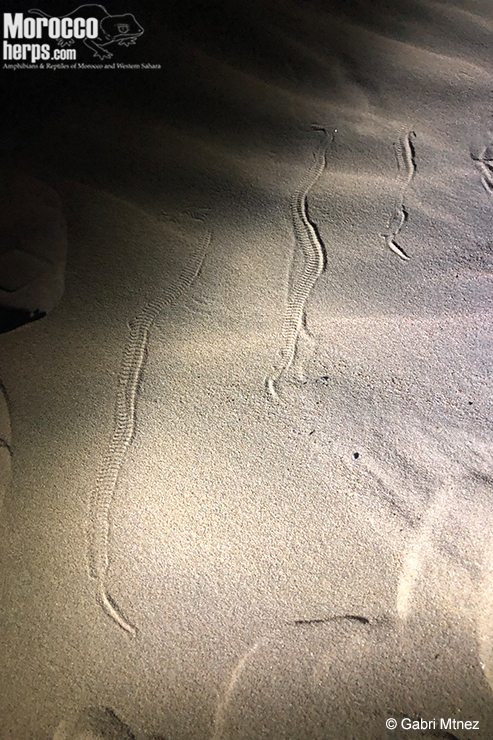
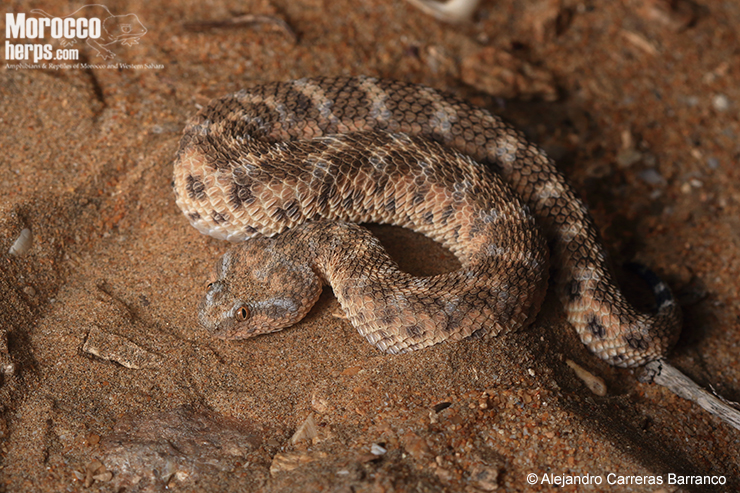
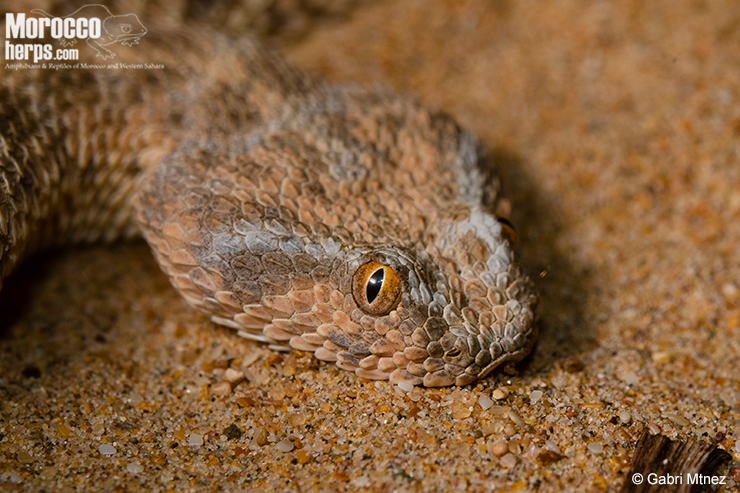
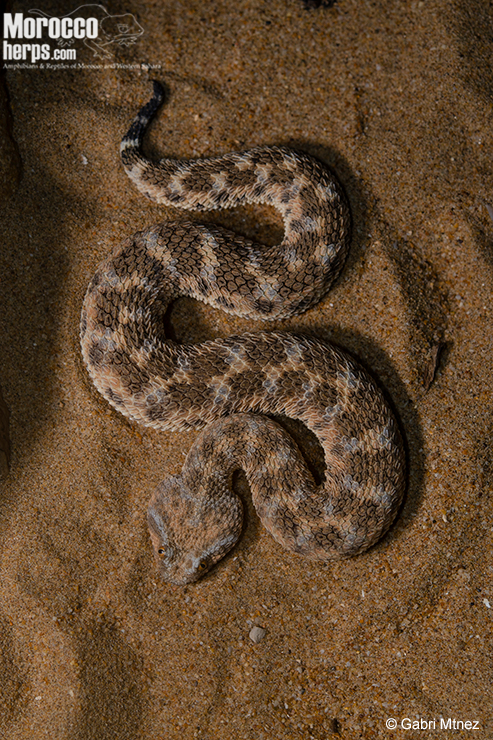
4th September 2021
After a short sleep, we woke up and drove again to Tantan. We checked lots of dry water holes but -fortunately- there were no animals inside, except a dead Psammophis schokari, a Chamaeleo chamaeleon dead in the middle of a circled trough, 2 Lytorhynchus diadema, and several Chalcides sphenopsiformis. We could also enjoy a fox and some invertebrates.
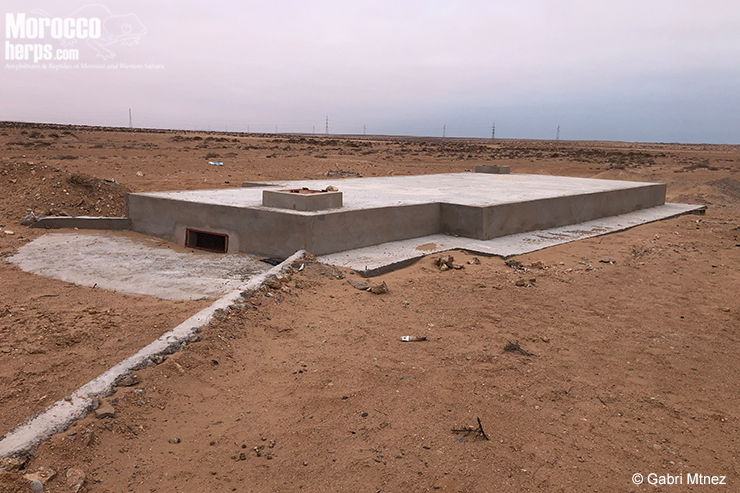
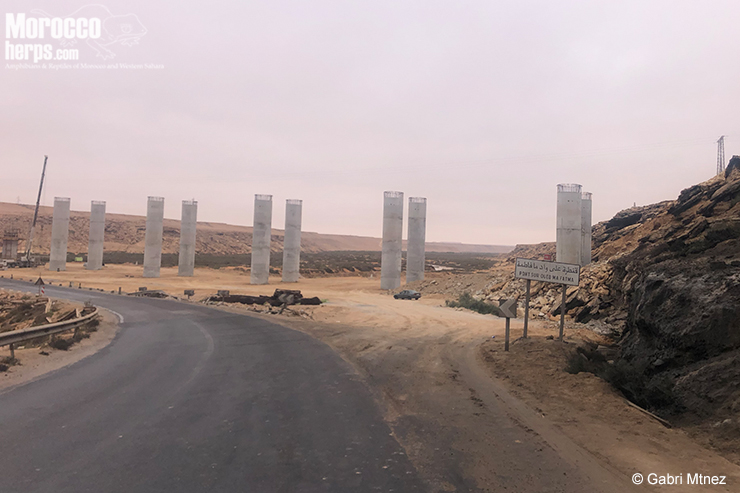
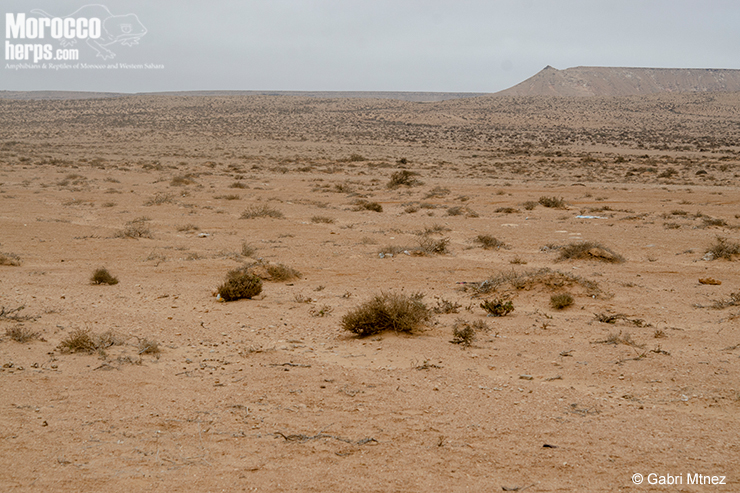
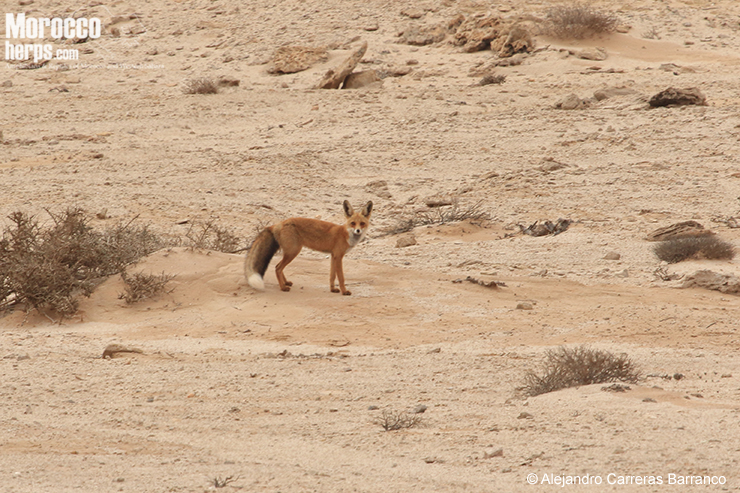
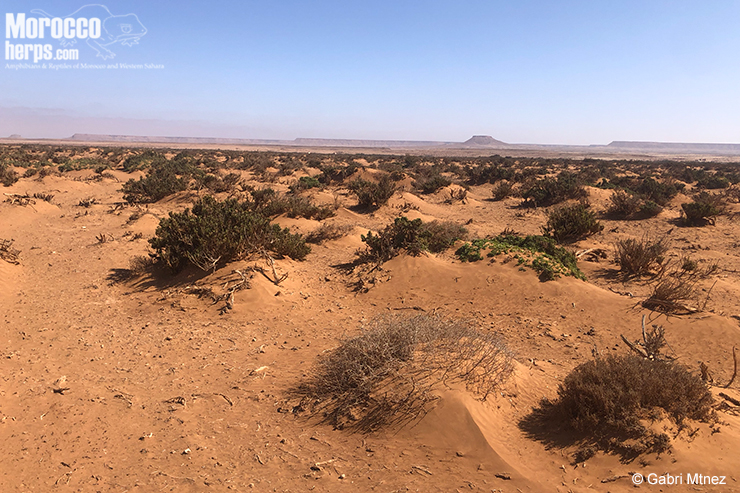
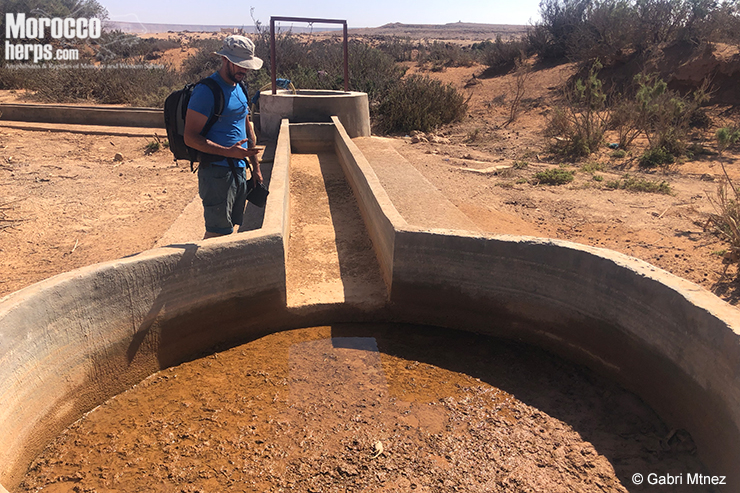
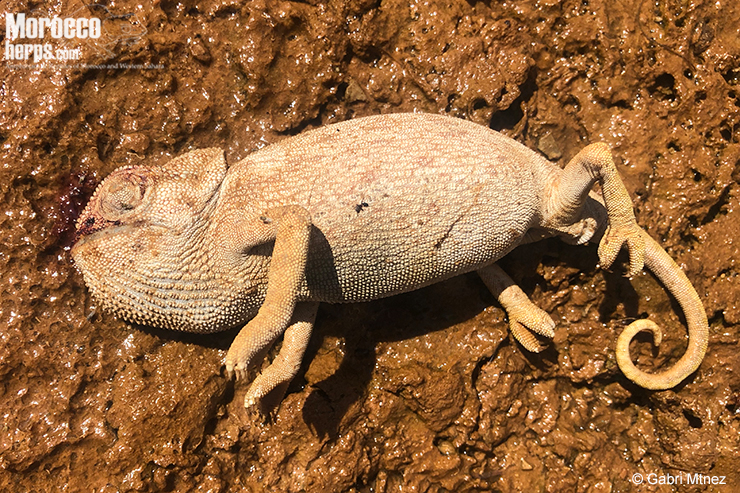
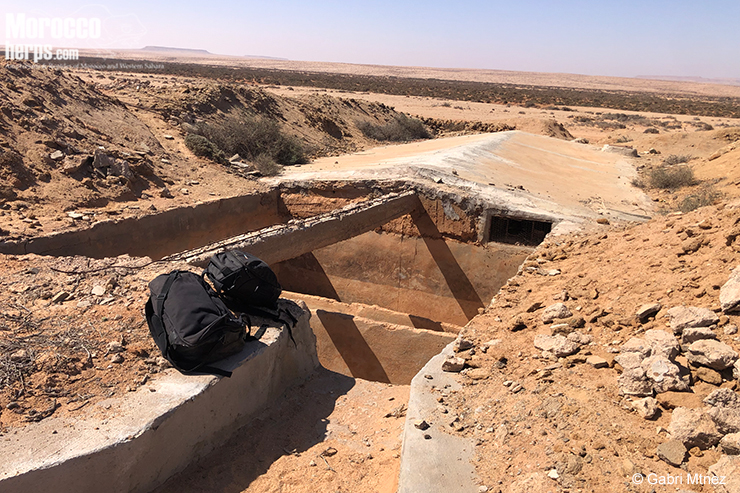
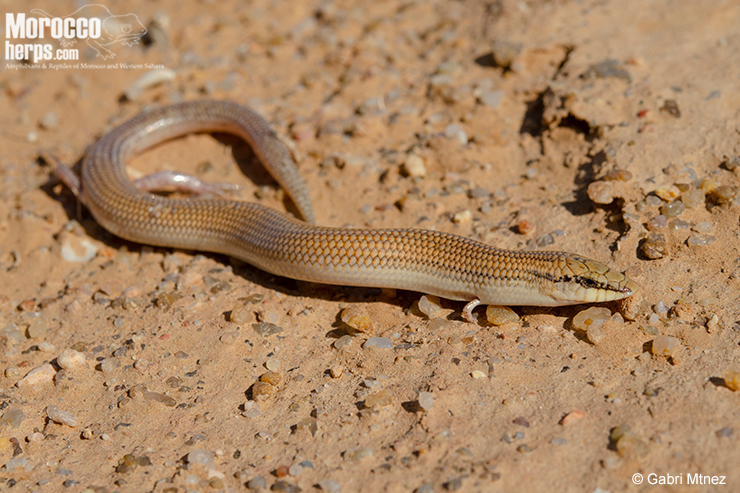
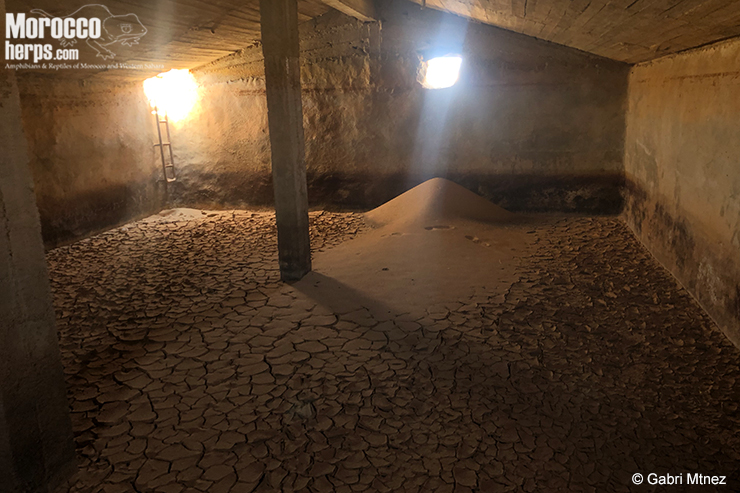
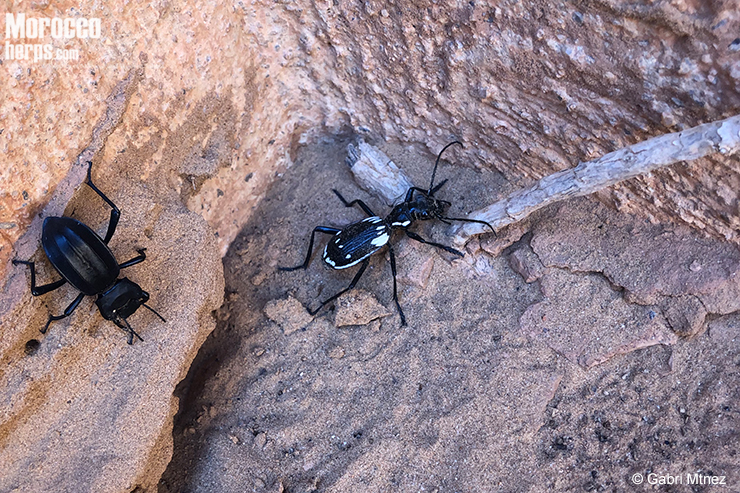
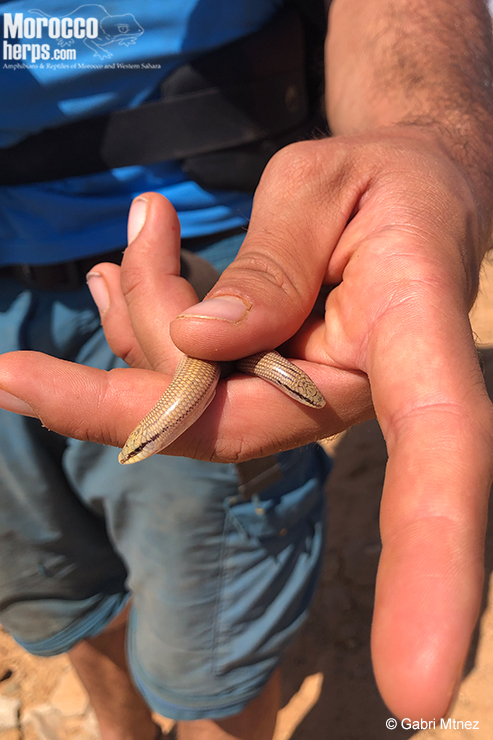
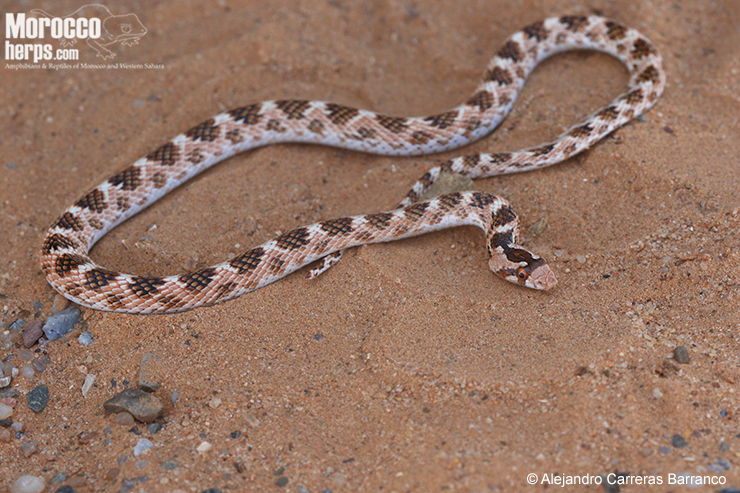
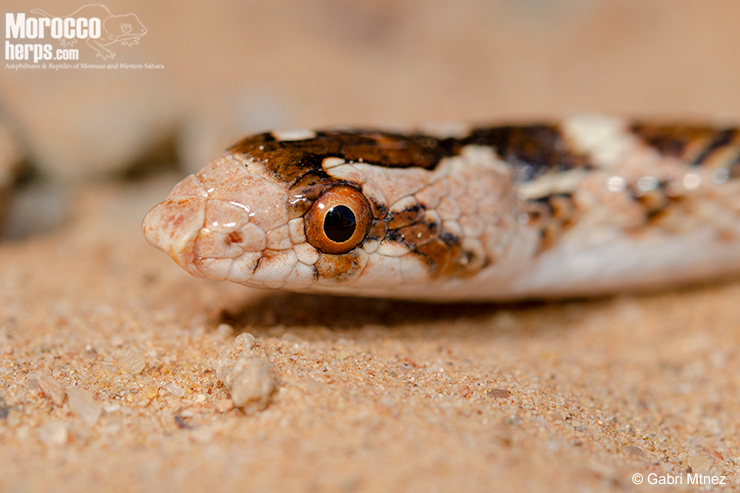
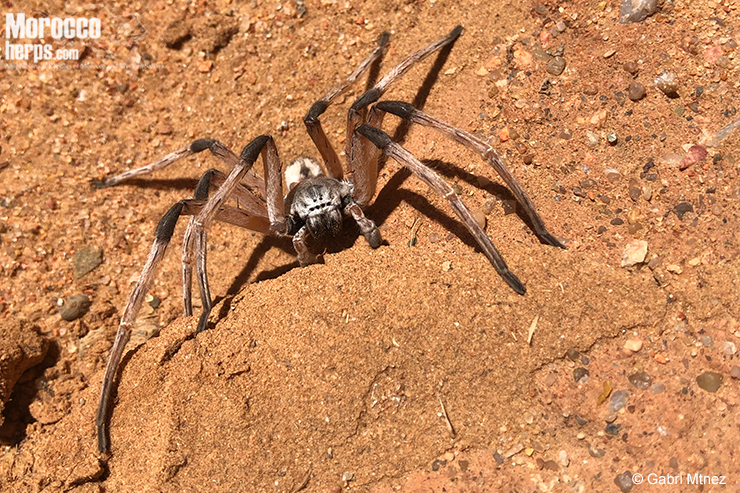
After eating in Tantan we drove direction to Tilemsoune. Professor Juan Manuel Pleguezuelos is working on a project about the water holes impact in the area so we checked them. Like in the previous days, no amphibians or reptiles were found trapped except some toads (Barbaroprhyne brongersmai; Sclerophrys mauritanica), an Acanthodactylus busacki, a Spalerosophis dolichospilus, a drowned juvenile Naja haje and a juvenile Echis pyramidum leucogaster probably died many months ago. Finding dead animals is always sad, but it was absolutely amazing to see the habitat of the Echis in Tilemsoune. This record is the second of our knowledge because it was already found there by the great Gerrit Jan Verspui (see Kane et al., 2019 for details). The habitat is completely different to the typical habitat of this species in Morocco (Tiglit-Aouinet Lanha-Assa-Icht-Tata-Allougoum-Agdz). During the night we didn´t find a single animal in the road confirming that animals, especially reptiles and amphibians, were probably waiting some rains or at least lower temperatures.
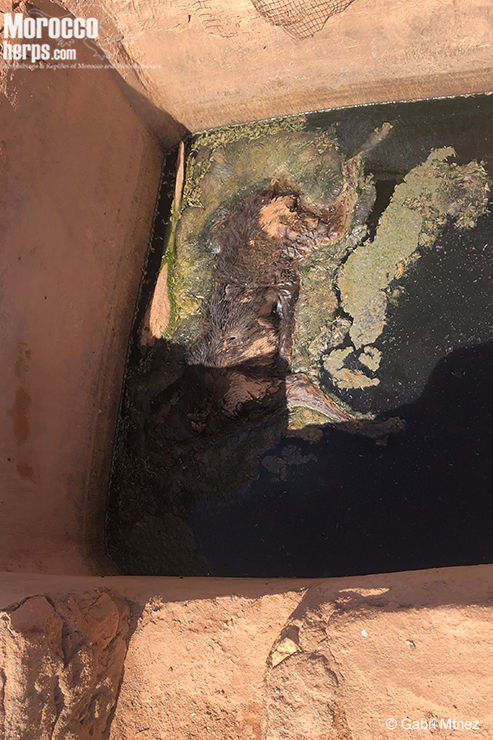
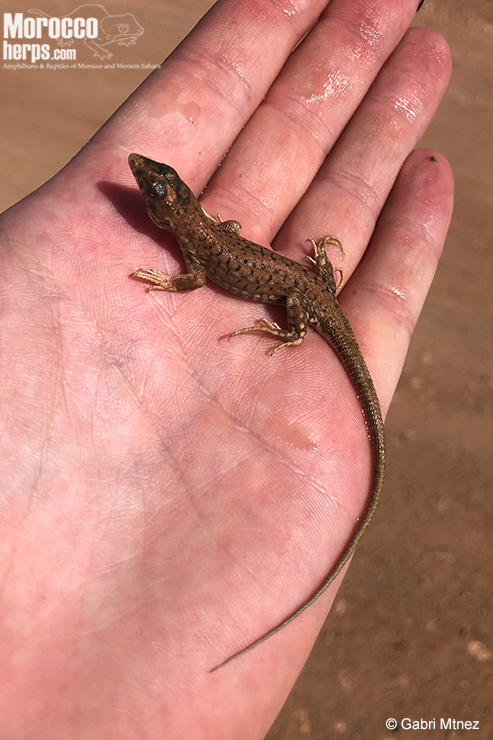
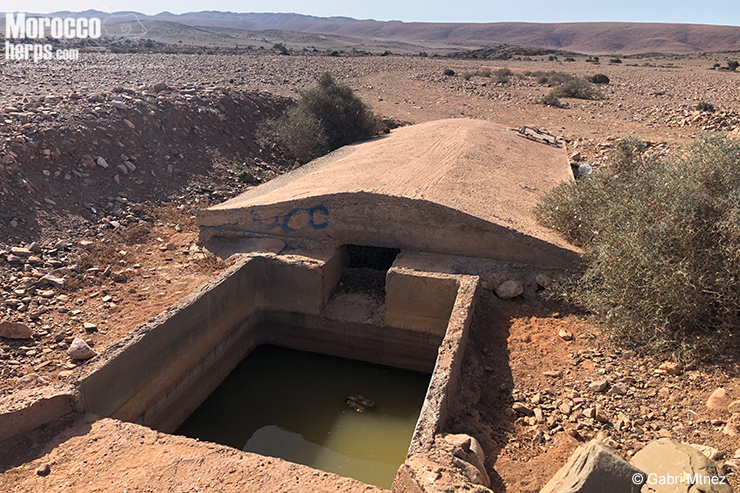
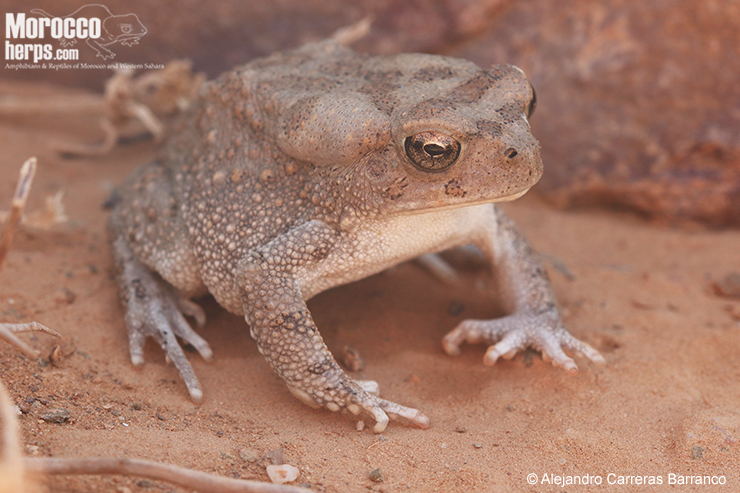
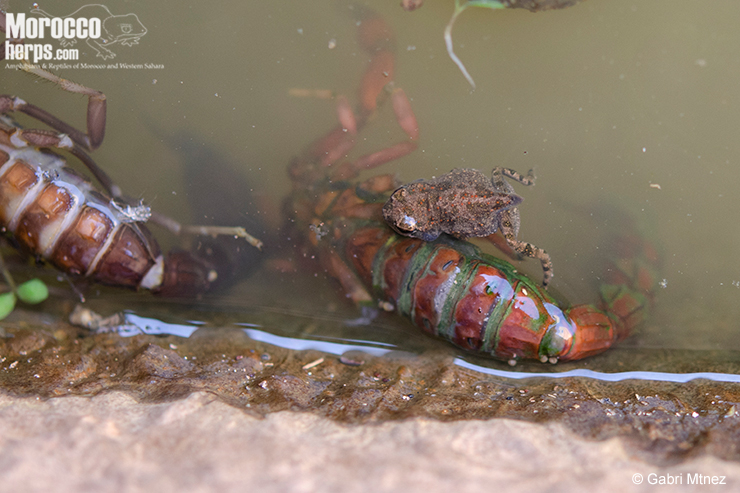
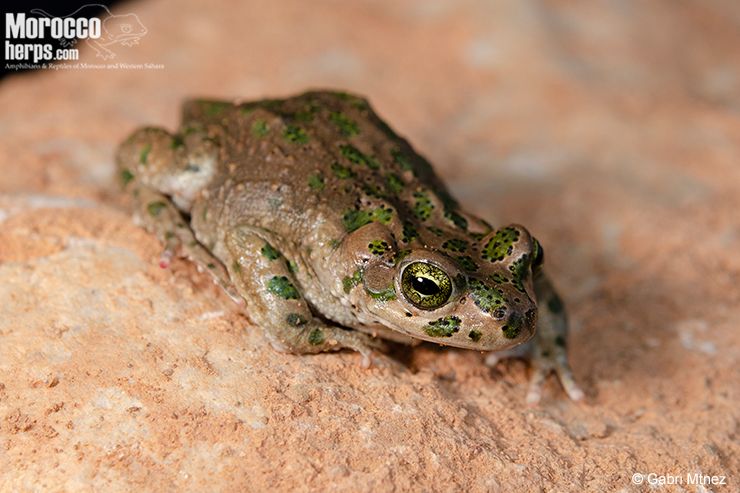
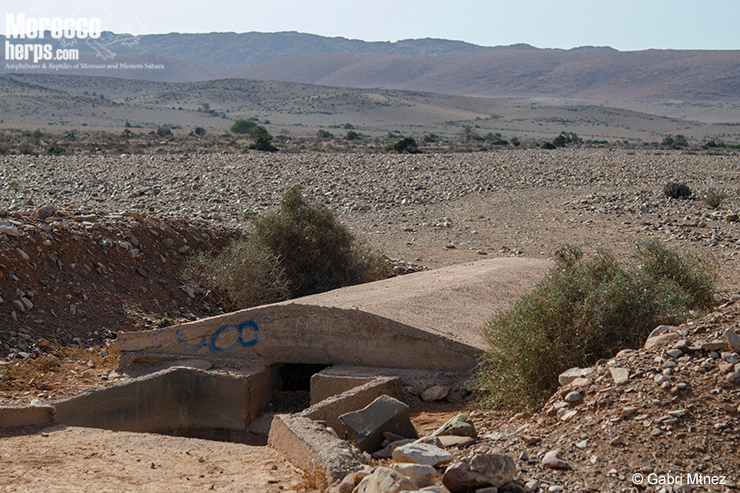
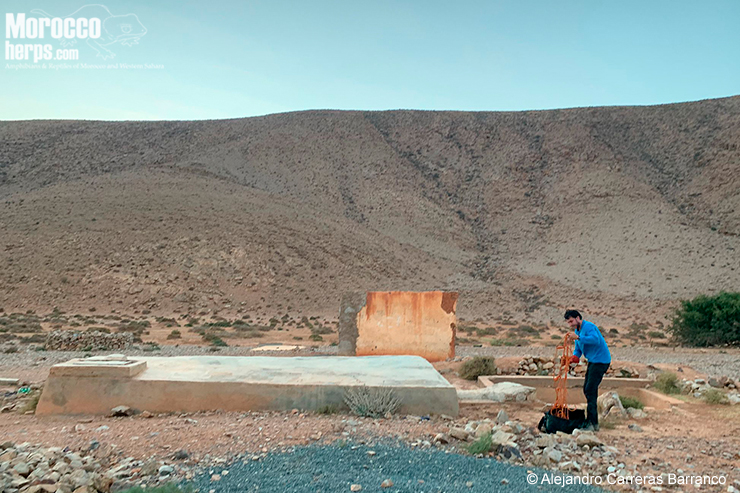
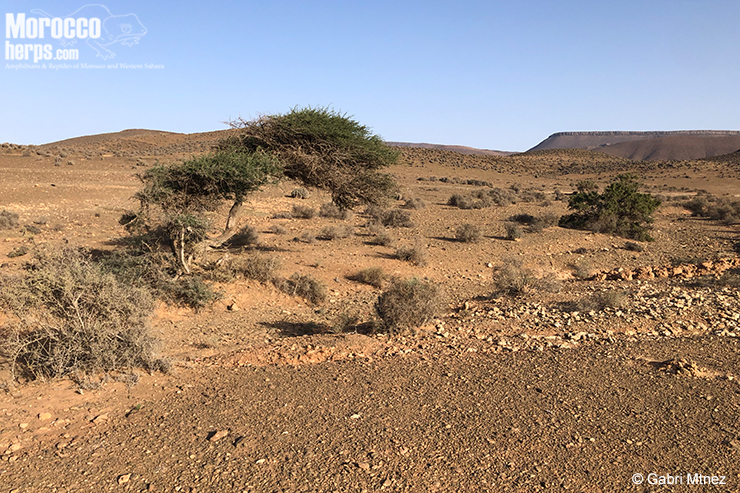
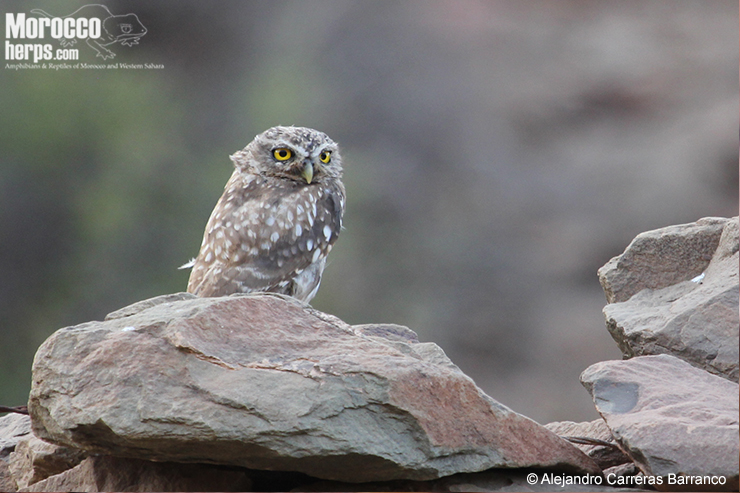
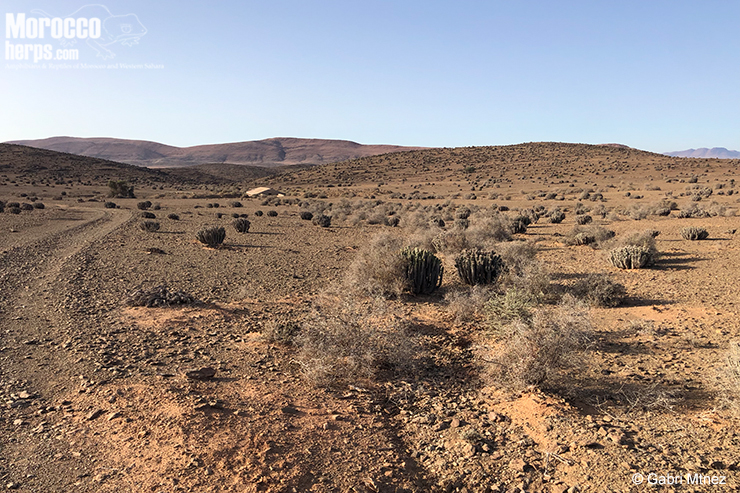
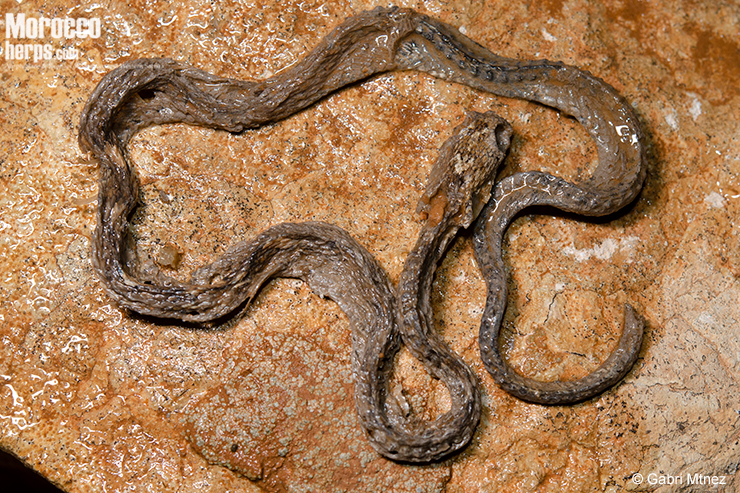
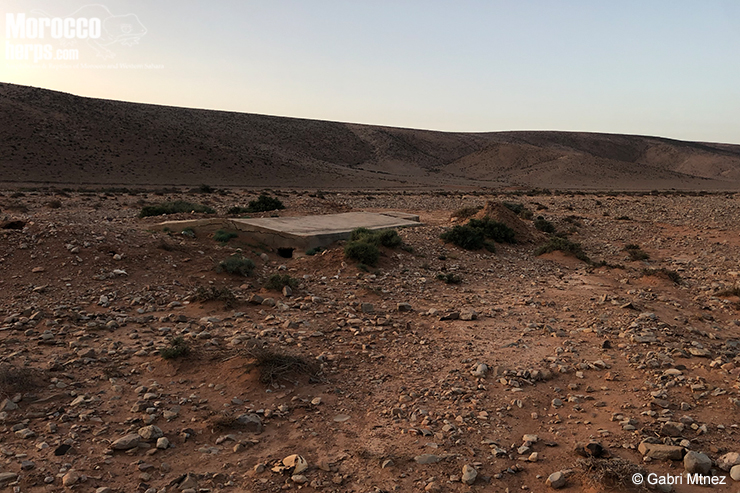
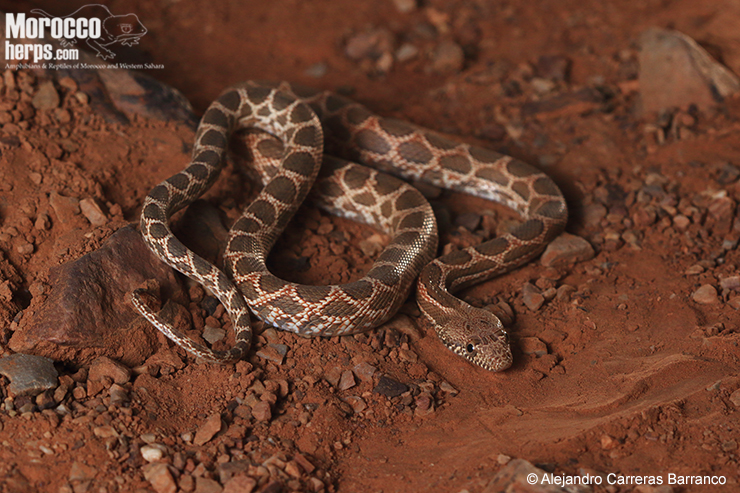
5th September 2021
We woke up and drove direction to Assa. The morning was more a “birdwatchers” trip than an herping trip. In fact, apart from a few reptile species, we could enjoy really amazing birds: a couple of Eremophila bilopha and some Cursorius cursor. To end the morning, we found a Lanius senator impaling a lizard.
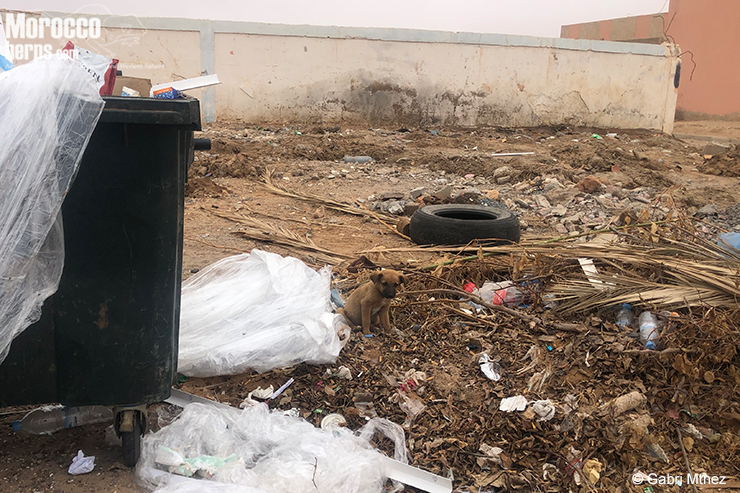
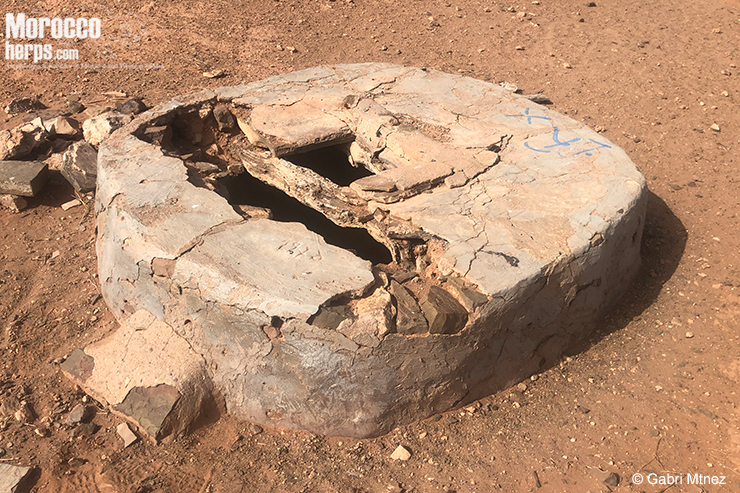
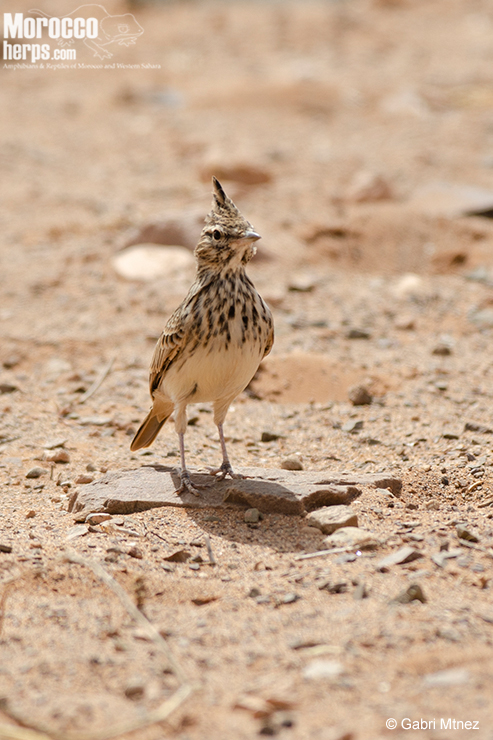
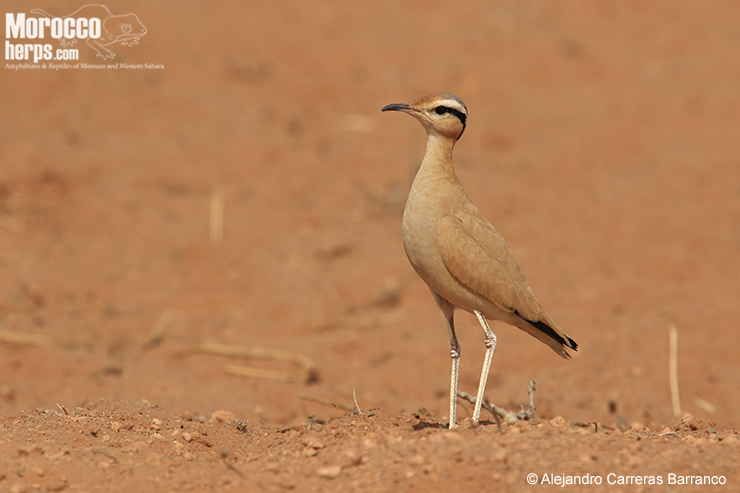

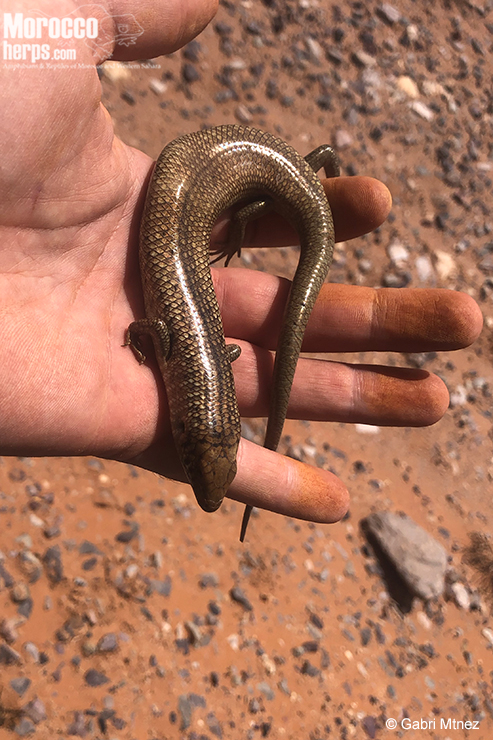
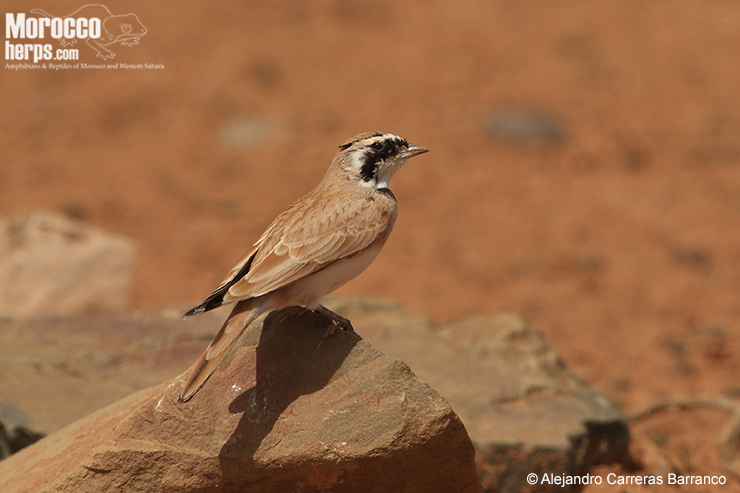
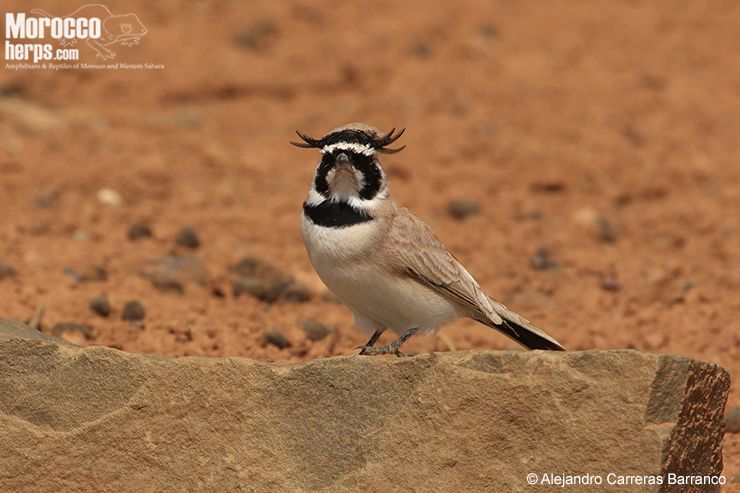
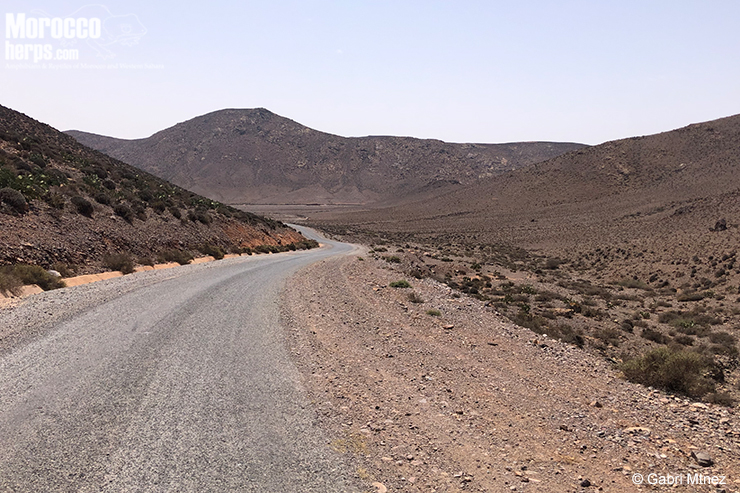
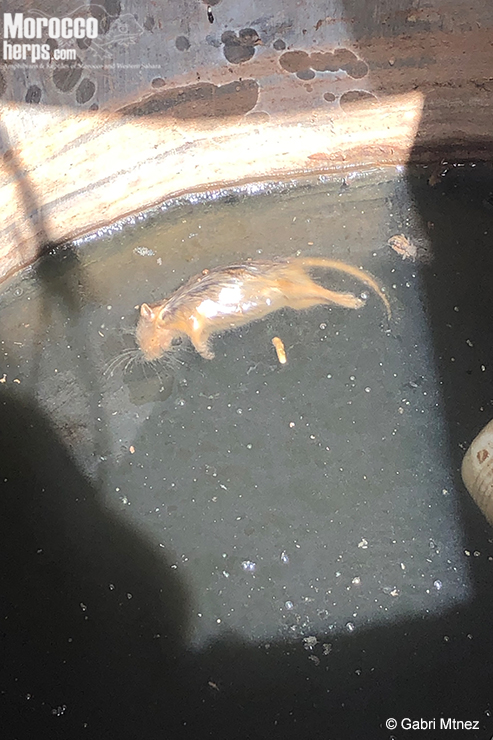
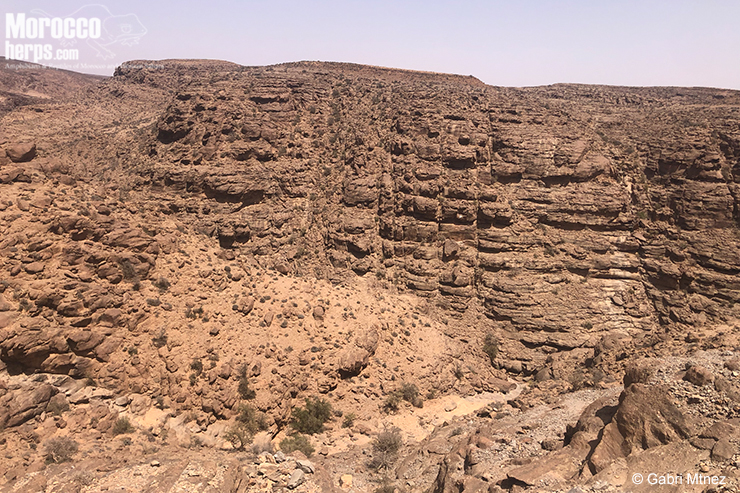
At midday, we passed Tiglit and in direction to Assa, we could check some pits. The most trapped vertebrates in that area are indeed the agamids. Lots of Uromastyx nigriventris, Trapelus boehmei and Agama impalearis dead and alive were found in the traps with few Chalcides ocellatus and Psammophis schokari.
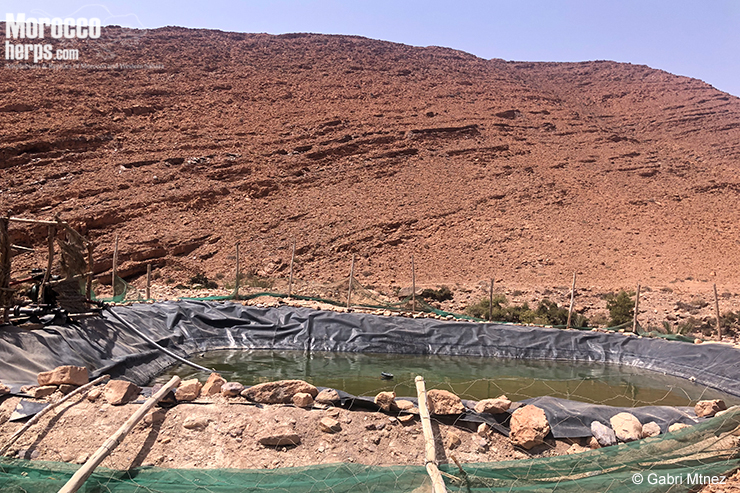
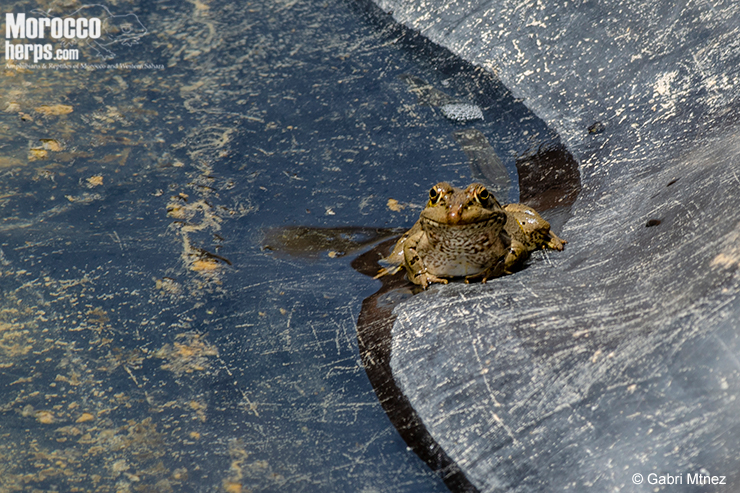
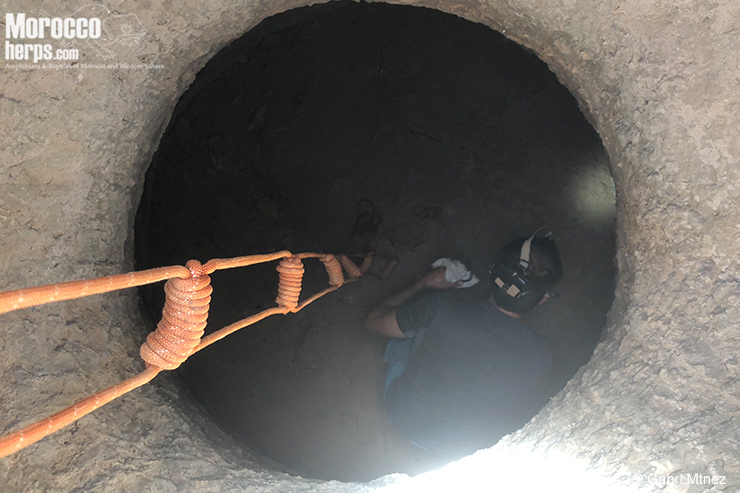
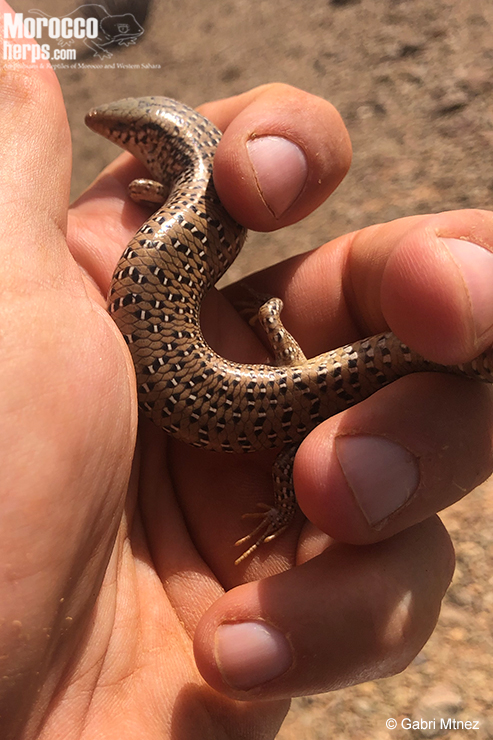
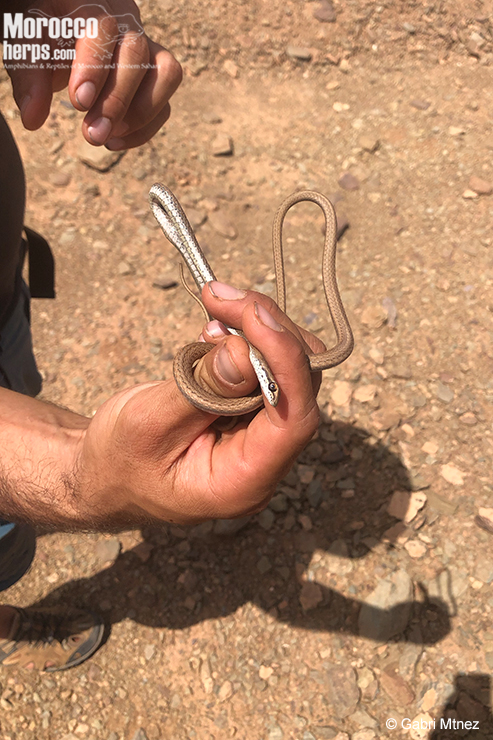
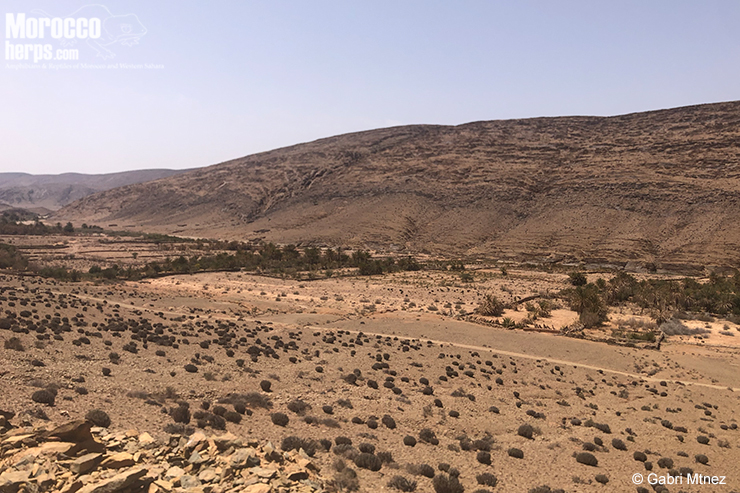
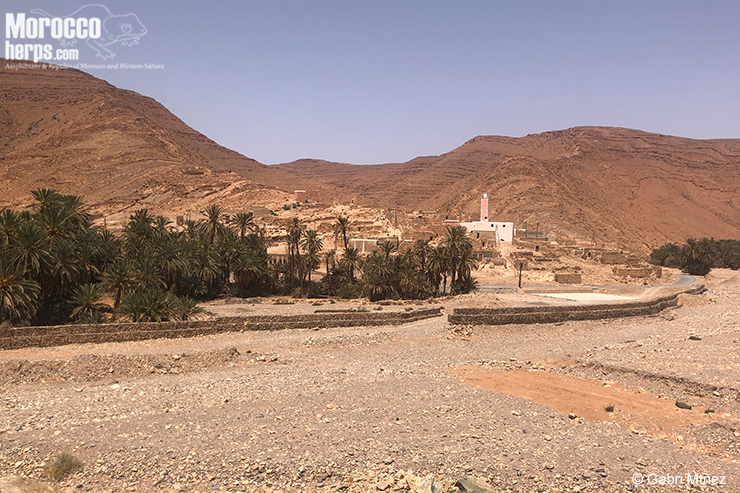
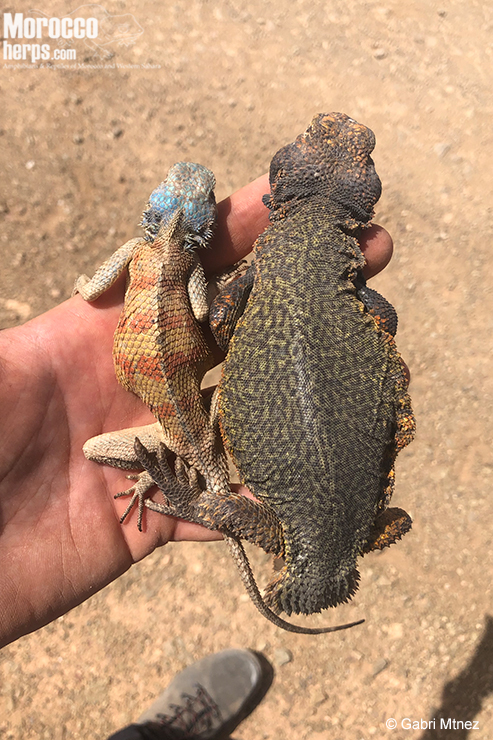
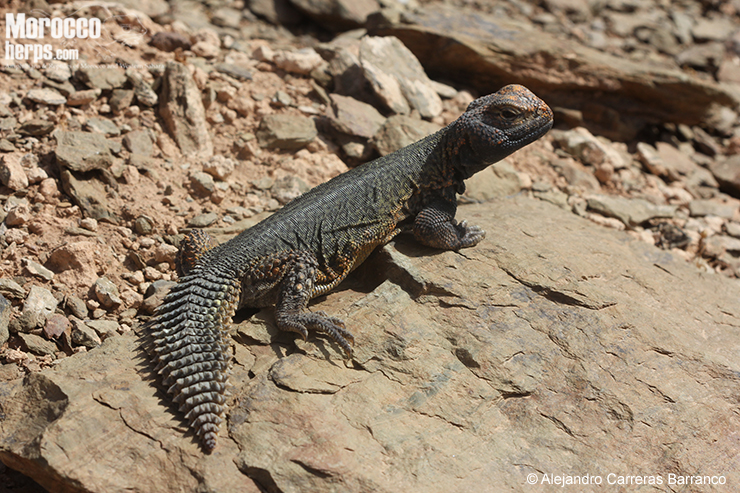
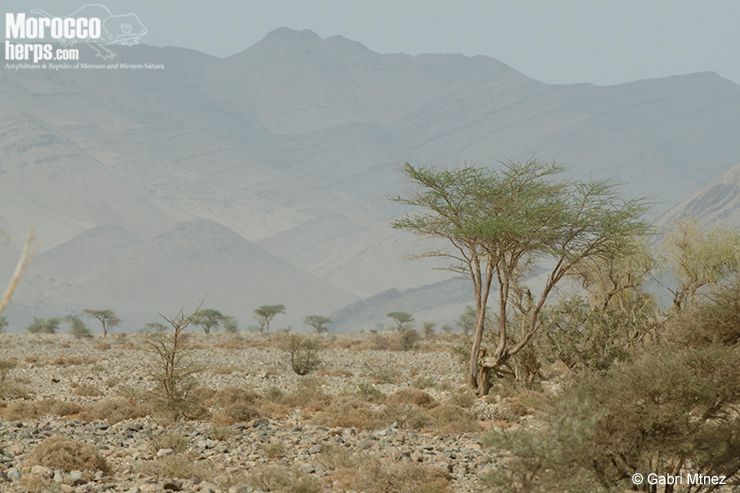
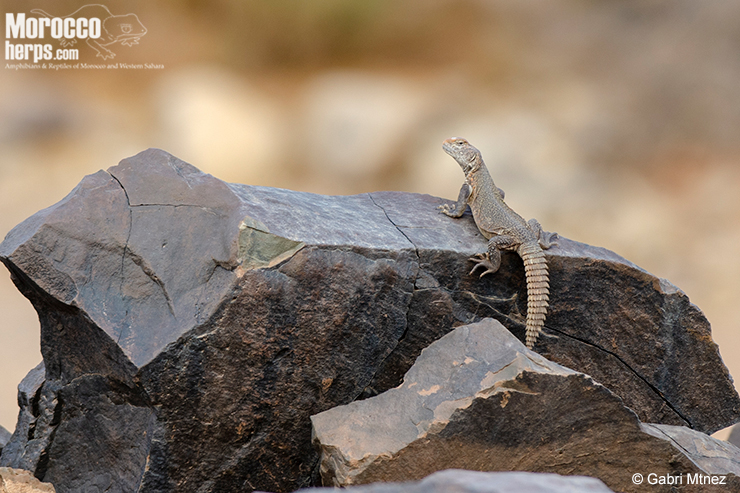
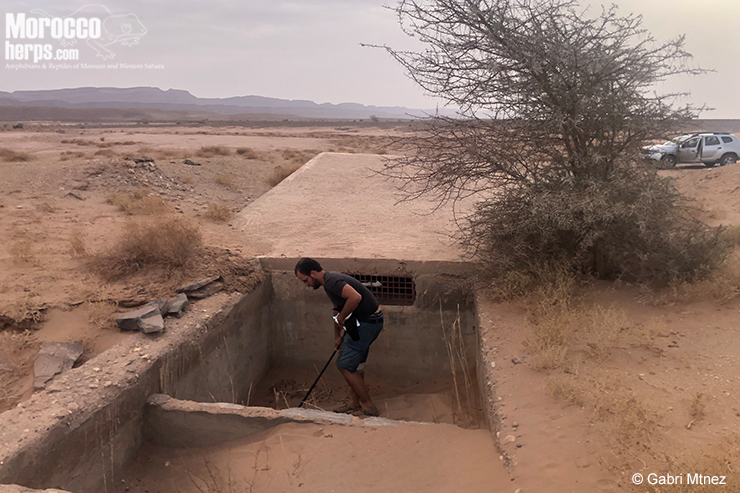
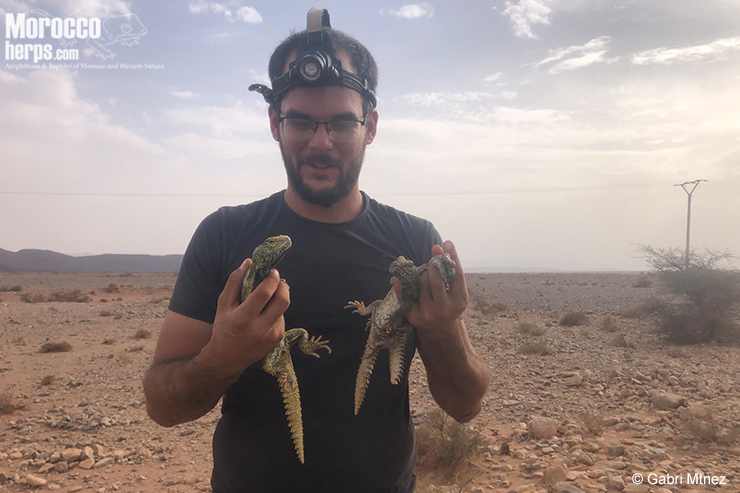
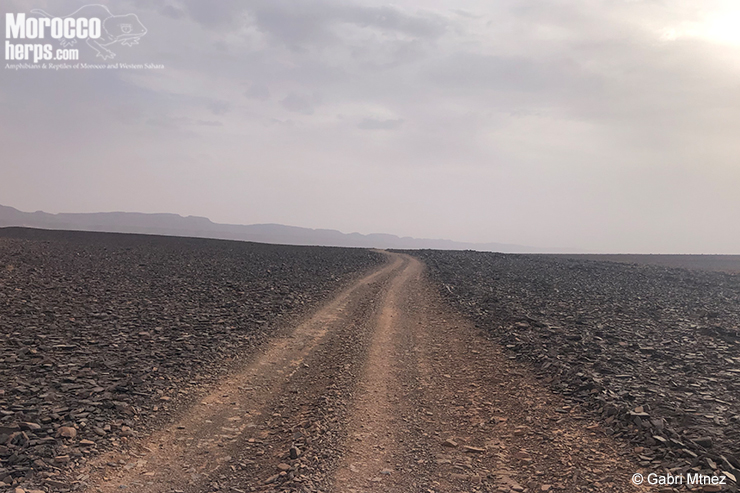
The night arrived but the temperature continued extremely high (>38ºC). A juvenile Cerastes cerastes died at the beginning of the night and some Tarentola boehmei were the only vertebrates that we could find on the roads or habitat. Even around the oueds, only scorpions and other invertebrates were active. With 35 degrees we arrived to our hotel in Assa. The walls of the room were extremely hot so the room was an oven. The shower didn´t work and we couldn´t stop sweating, becoming this our worst hotel experience in our life. It was a nightmare so we decided to return to the Coast as soon as possible.

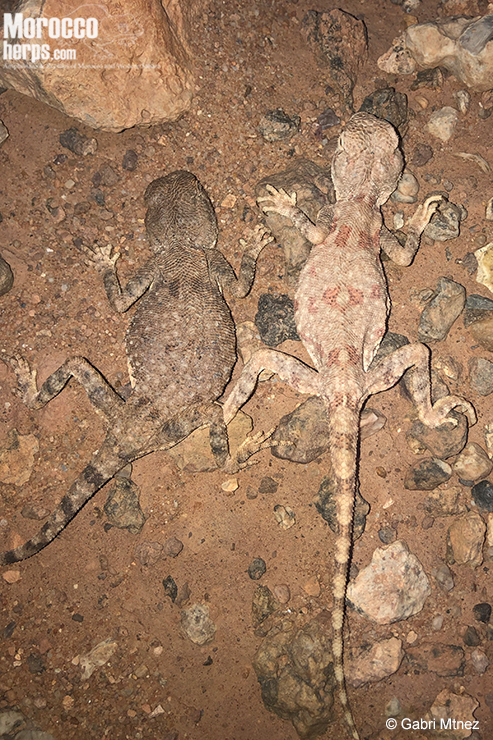
6th September 2021
We continued checking the last holes of Assa. In one of them, there was water and we saw what it looked like a monitor drowned. We entered in the hole to confirmed and in the moment we touched the Varanus griseus, it began to move. It was a dark powerful specimen that seems to be happy to be rescued and it left us to take some great pictures whereas it returned to its natural habitat. Other species found in the holes were Uromastyx nigriventris, Trapelus boehmei, Mesalina guttulata and a nice Chalcides boulengeri.
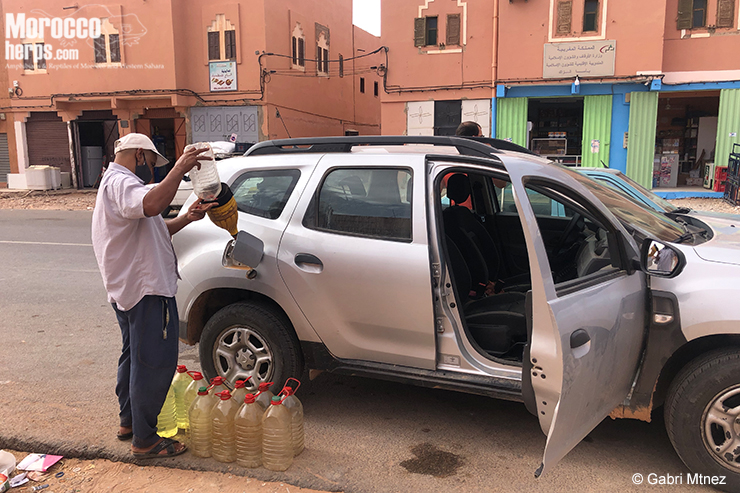
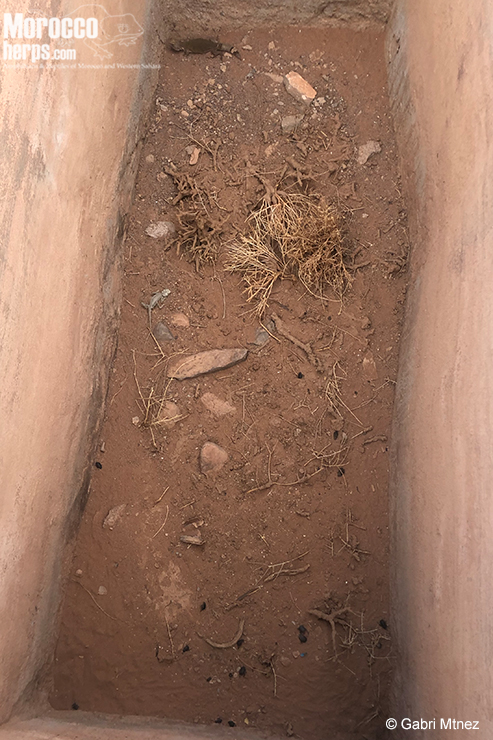
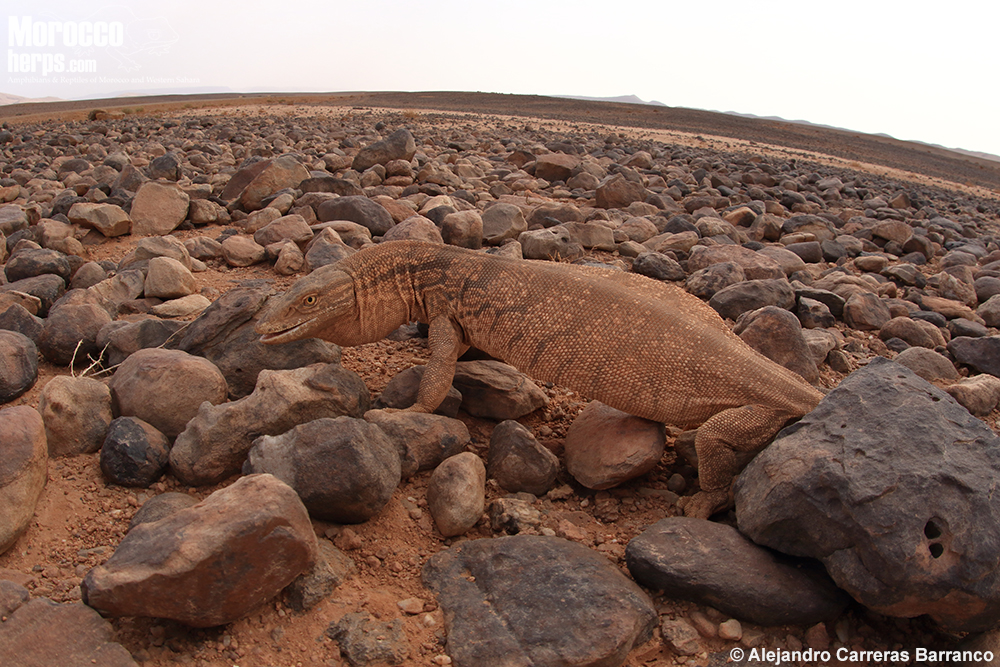
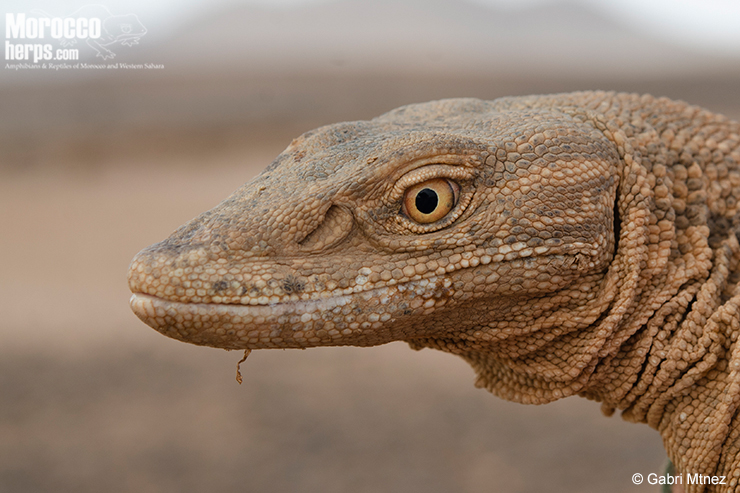
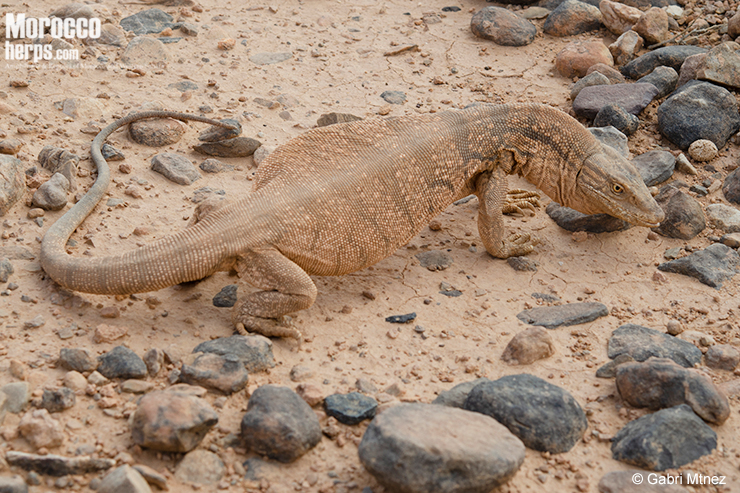
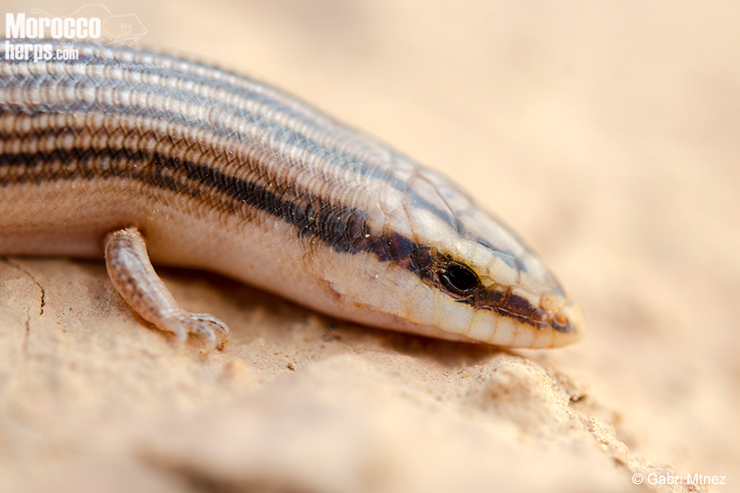


When we finished checking the water holes, we tried to make some stops to herp but the temperature (49 degrees) avoided any activity of vertebrates. The dromedaries were hidden under the Acacia trees, and a couple of Aquila fasciata seemed to be dehydrating, so we definitively decide to go in the way to the Coast with a small stop to try to find the Alex top 1 species: Cerastes cerastes.
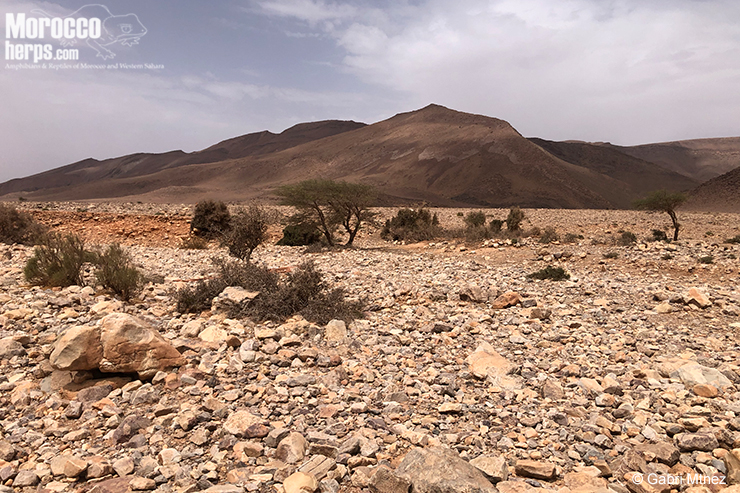
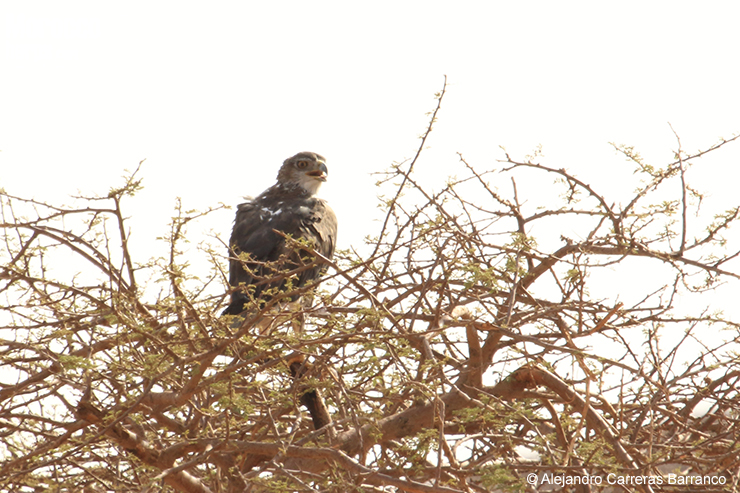
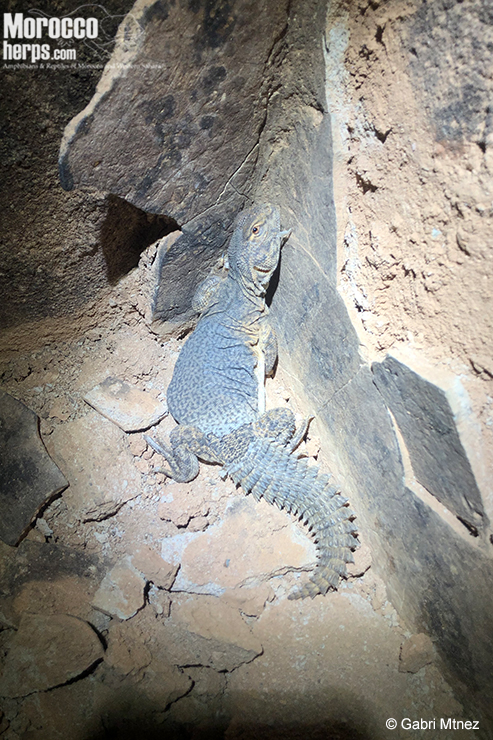
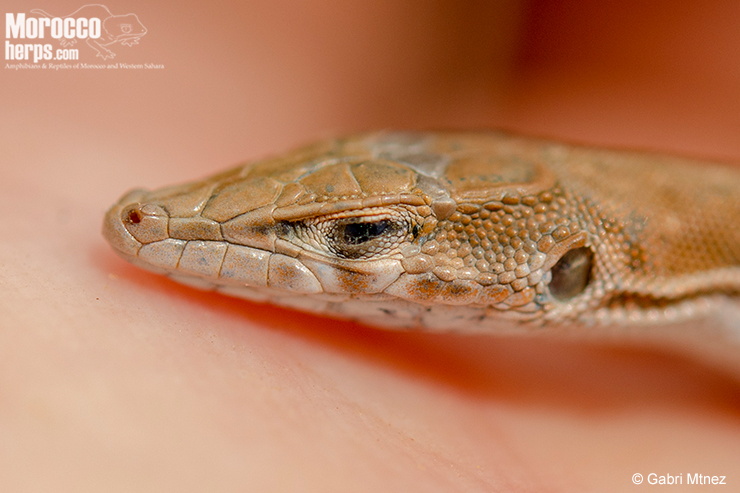
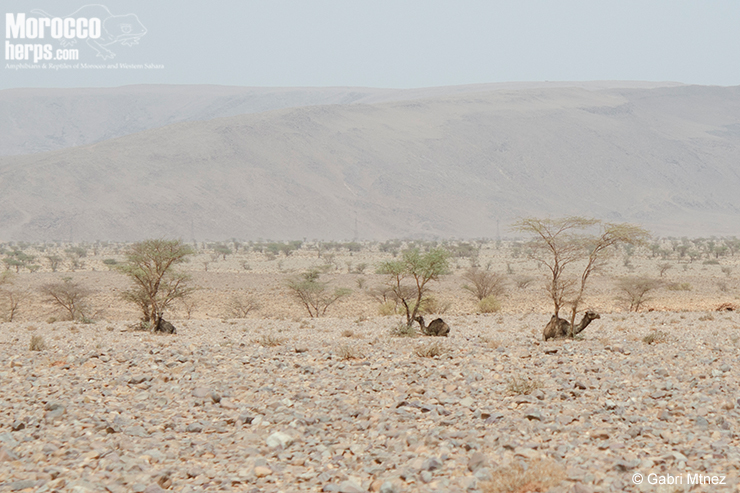
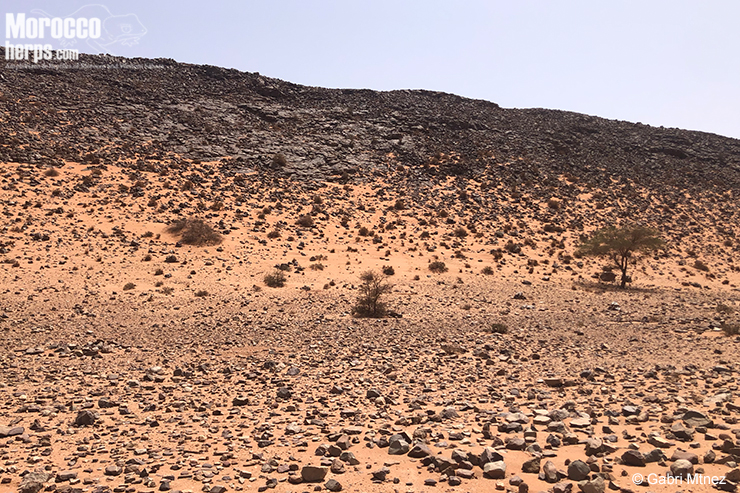
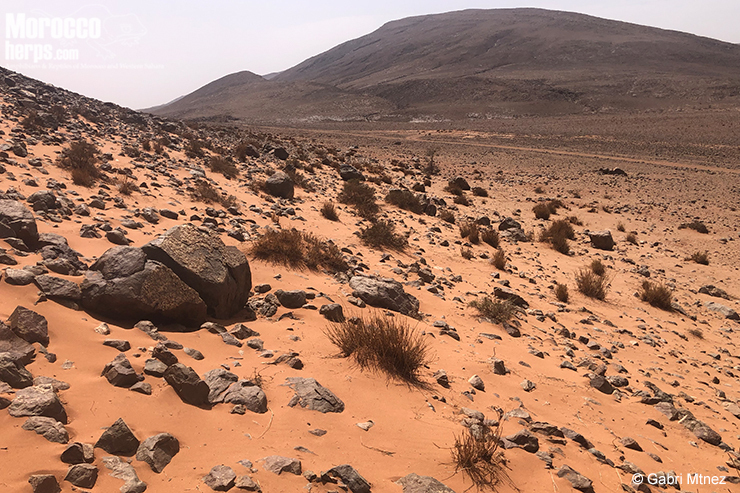
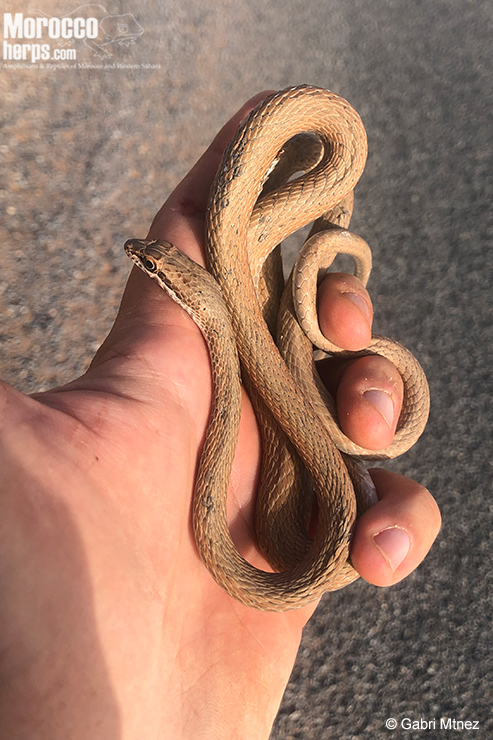
On our way to Guelmim we stopped in a place with rocks and sand. The temperature was not so high as in Assa so we thought that we could have chances. Unfortunately, after 1 hour of driving in the night without activity, we thought that we would not find anything again that night. However, walking in the habitat we could see a Tropiocolotes algericus and a really nice Cerastes cerastes. Happy with the encounter, we slept in the sandy area.
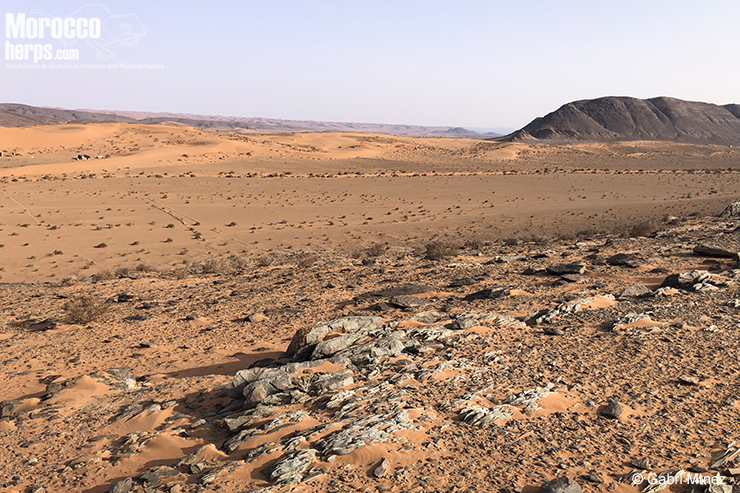
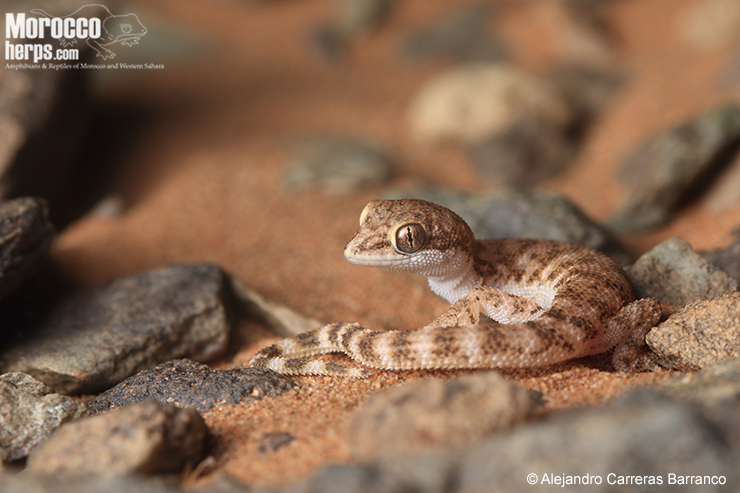

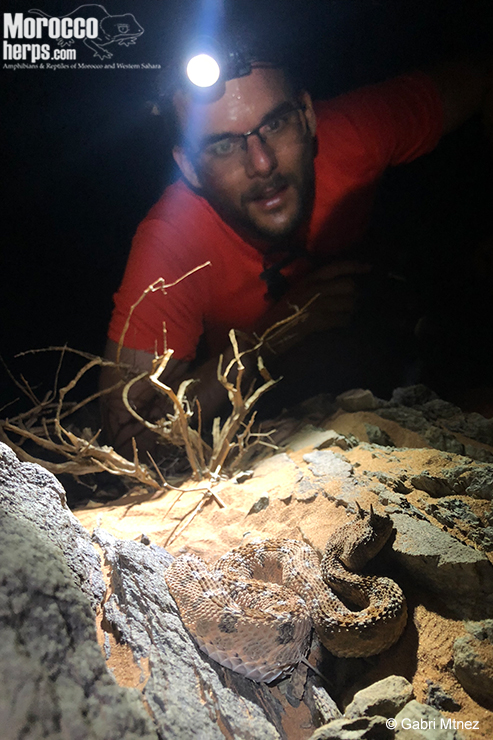
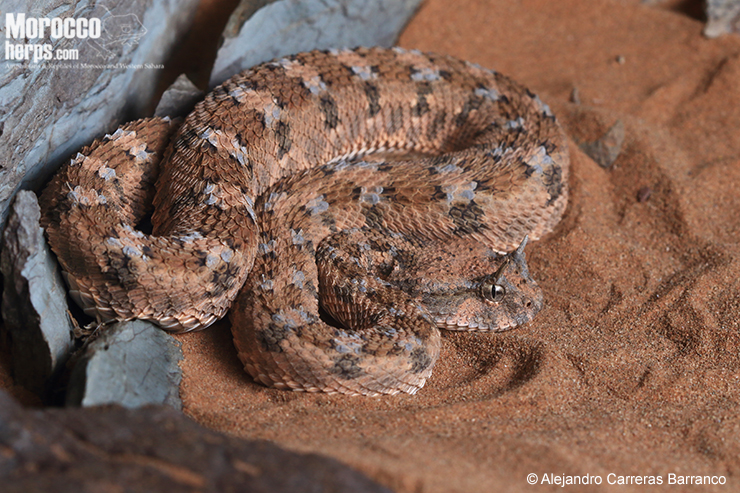
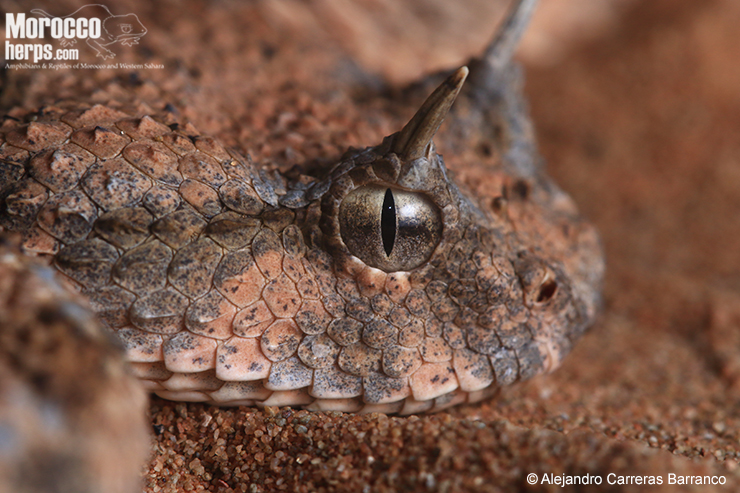
7th September 2021
We woke up and stop in another sandy area. Very fast we found some tracks and later… a bigger Cerastes cerastes.
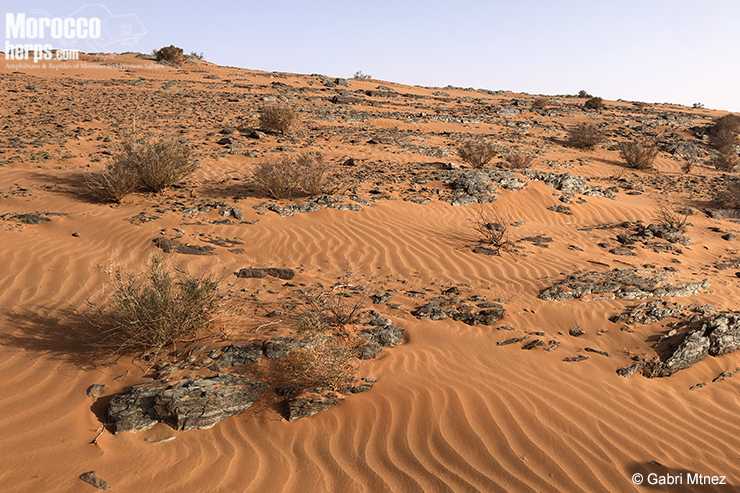
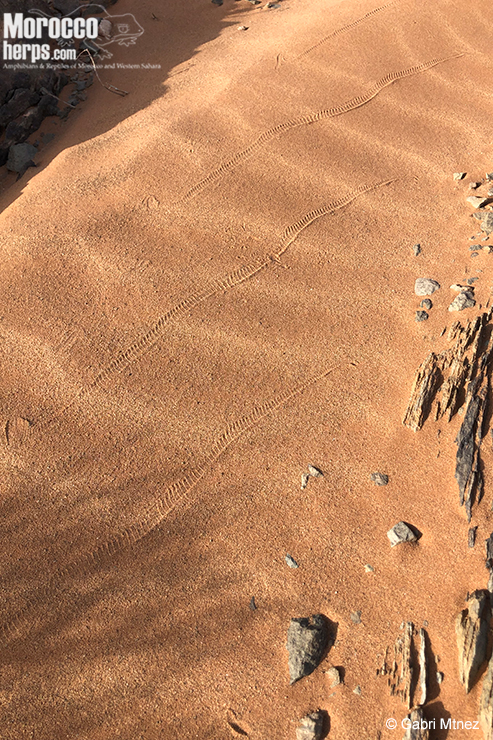
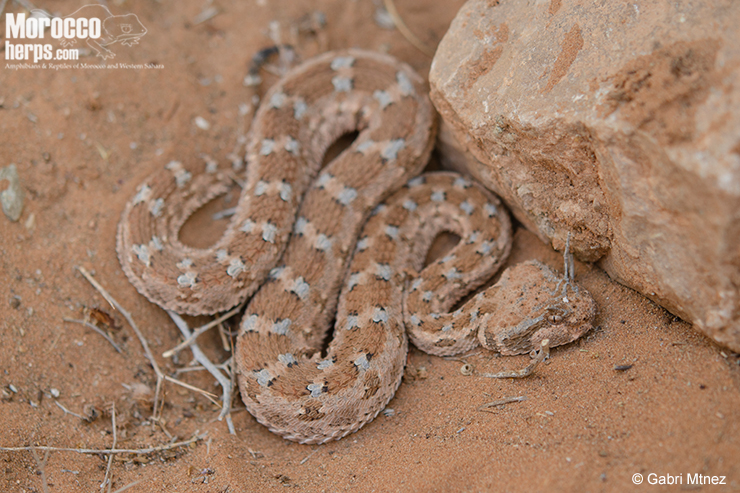
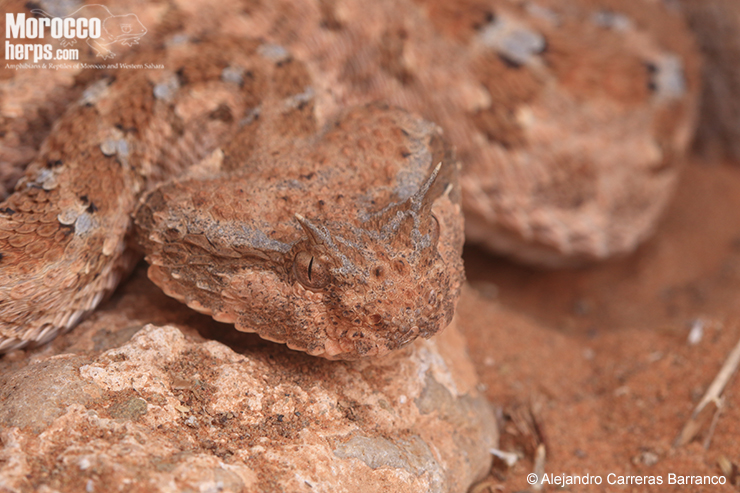
We continued on our way to Sidi Ifni stopping in all the holes we knew. Uromastyx nigriventris and some Barbaroprhyne brongersmai were the only vertebrates trapped in holes until a subadult Psammophis schokari crossed the road.
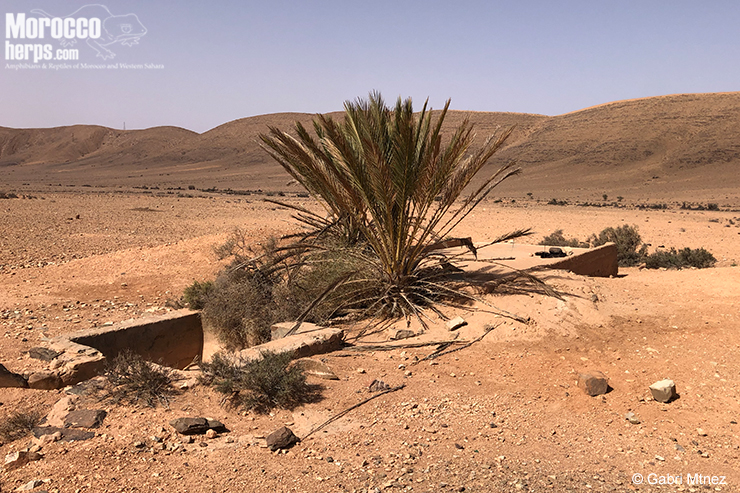
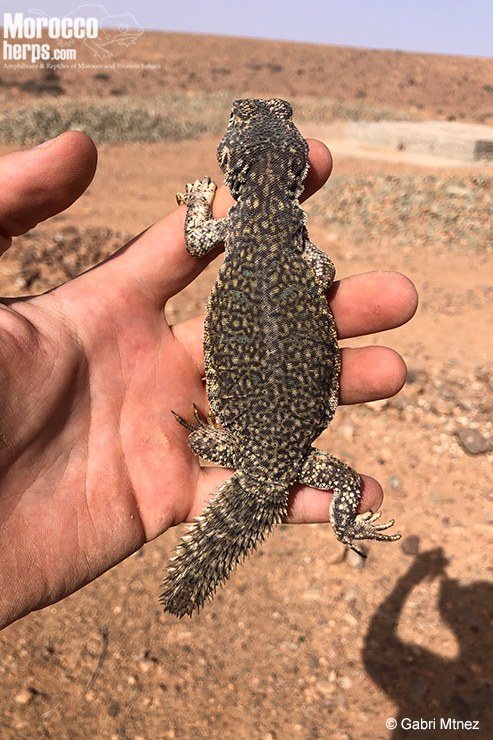
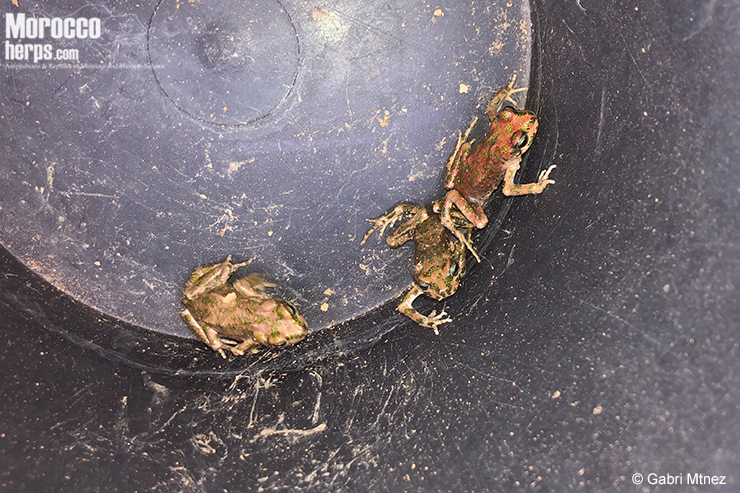
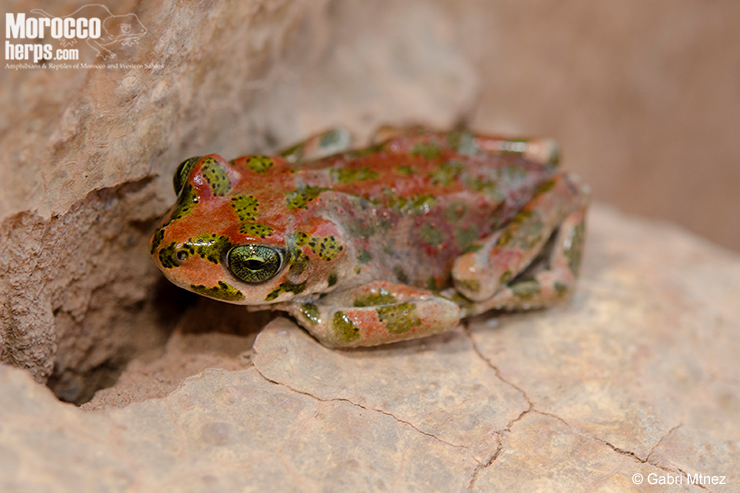
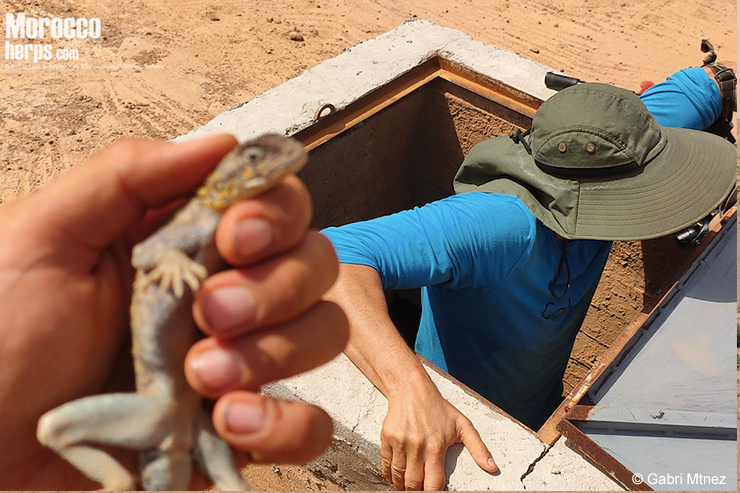
The road Guelmim to Sidi Ifni has been completely changed from the road we drove in 2008 but it continues having hundreds of water holes. We found the only Hyla meridionalis of the trip in a very deep pit with water (tree frogs and most Tarentola species can enter and escape of holes easily and use them as a refuge and hunt), some Psammophis schokari, some Agama impalearis, a juvenile Saurodactylus harrisii and a dead Dasypeltis sahelensis. We saw an adult Malpolon monspessulanus inside a hole with a very small entrance, and it was impossible to get it out also because the snake was hidden under some rocks.
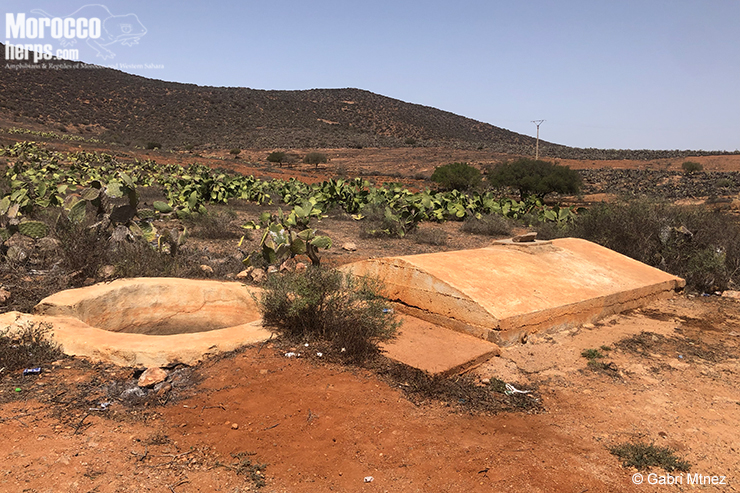
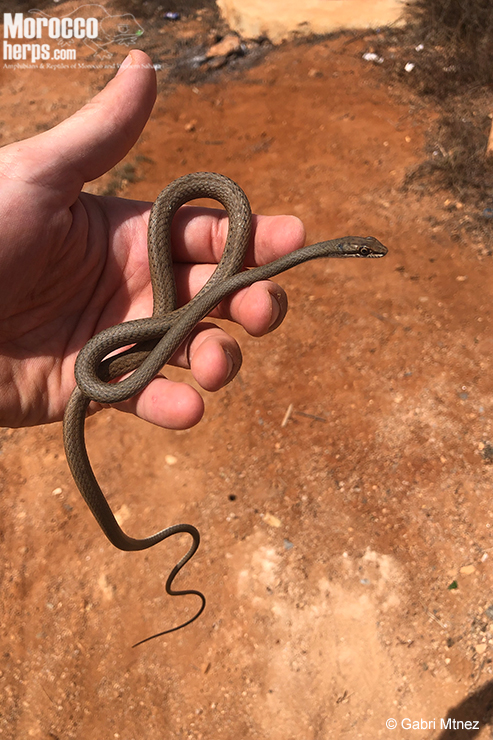
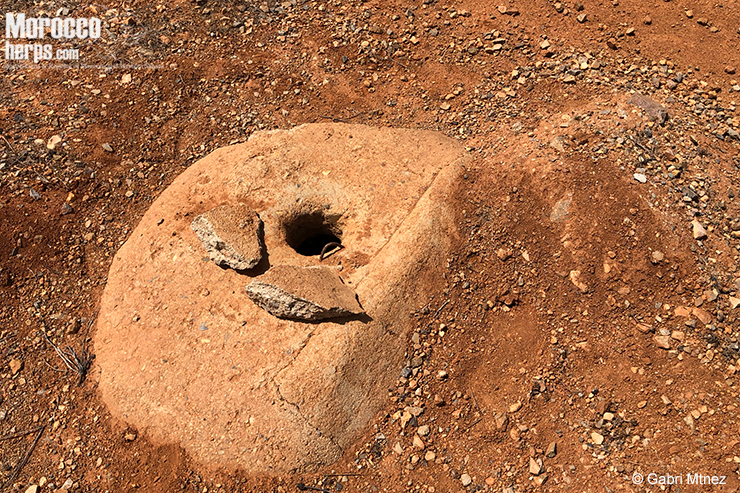
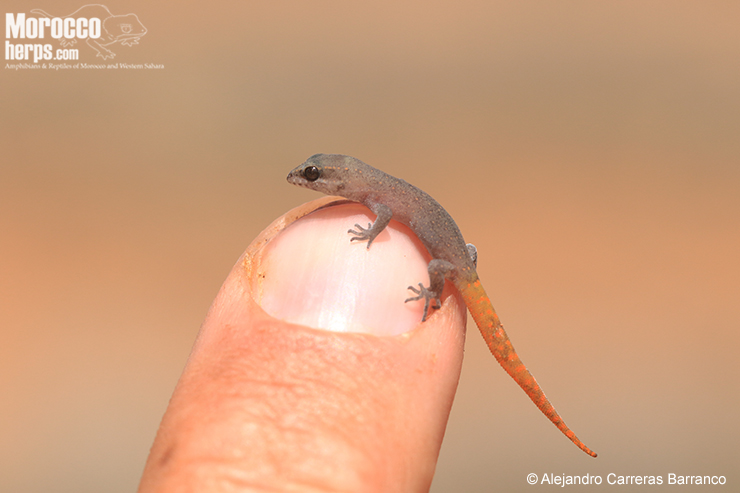
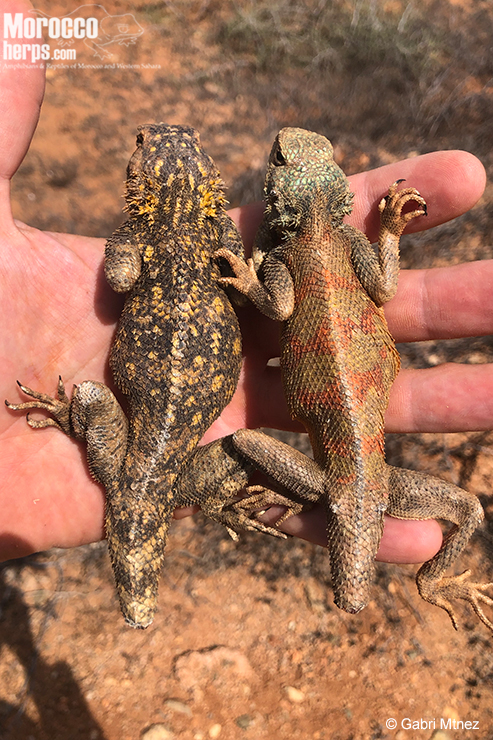
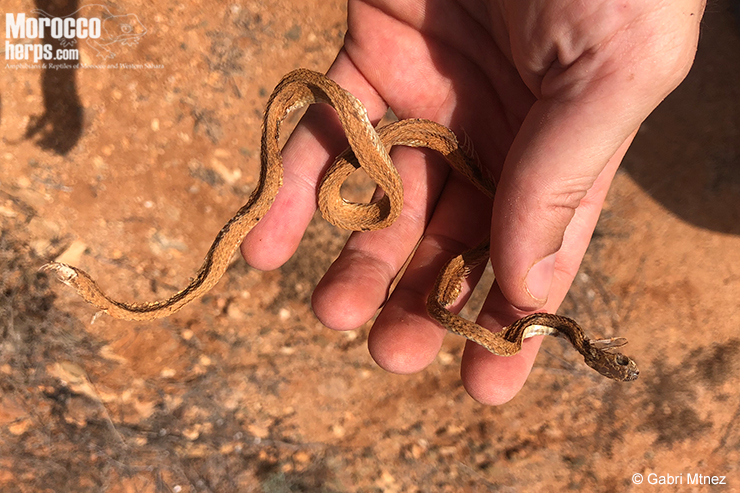
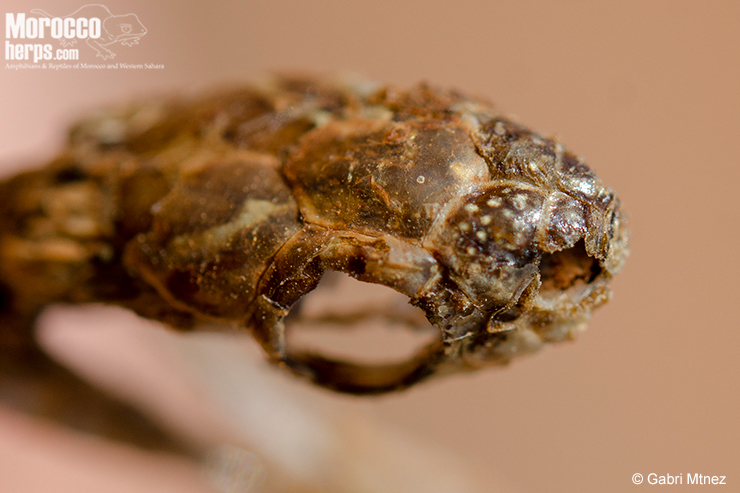
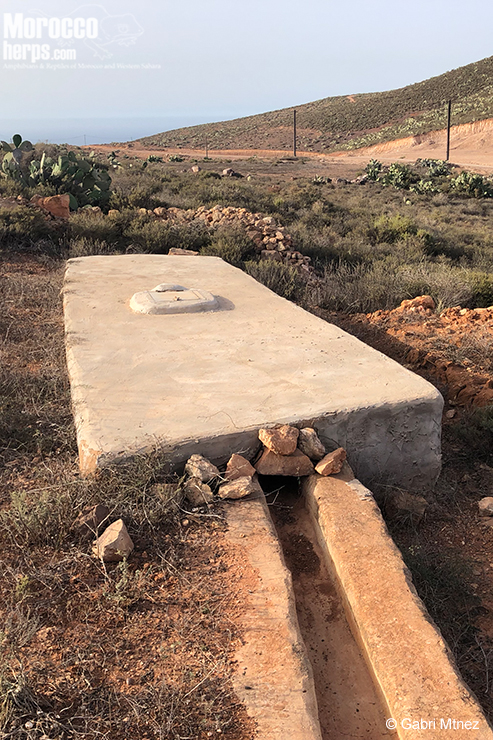
We got our favorite hotel of Sidi Ifni: “Suerte Loca” and ate a lot of local food to be ready for the evening. In the evening we checked some holes and found a dead Trogonophis wiegmanii, a juvenile Malpolon monspessulanus saharatlanticus, some Barbaroprhyne brongersmai, some Agama impalearis, a killed Psammophis schokari and several Hemorrhois hippocrepis. We had to stop the search after a second flat tire, in the same tire we had it the first time. On this occasion, we repair it in Sidi Ifni, just as fast as always. In the meantime, we had a good chat with the mechanics and Alex had a very nice spoiler from one guy that after trying to explain one of the last scenes of the new season of “La casa de papel” (“Money Heist”) show him a very clue video….
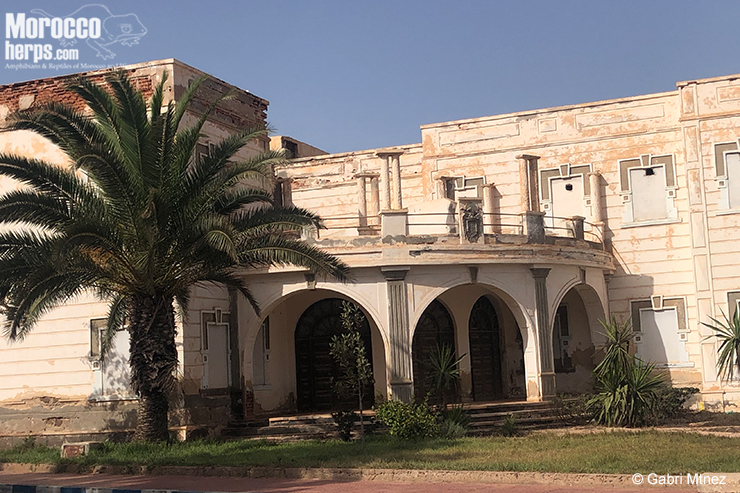
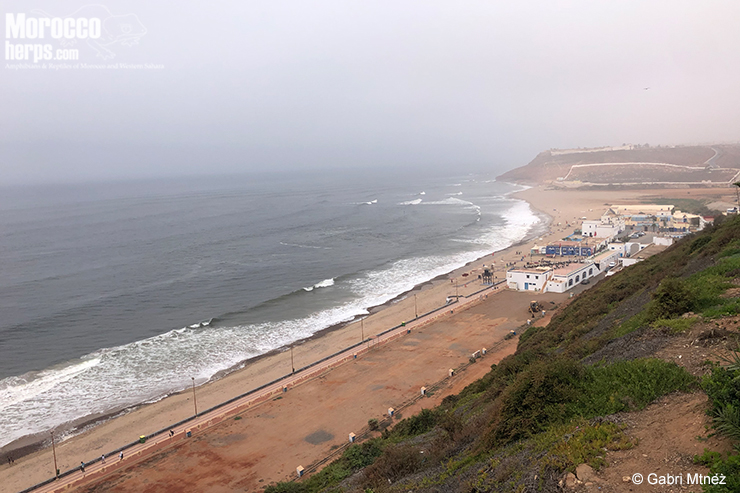
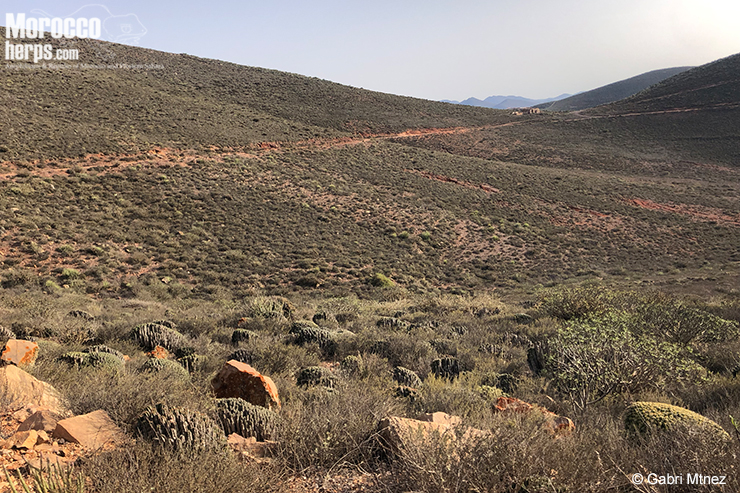
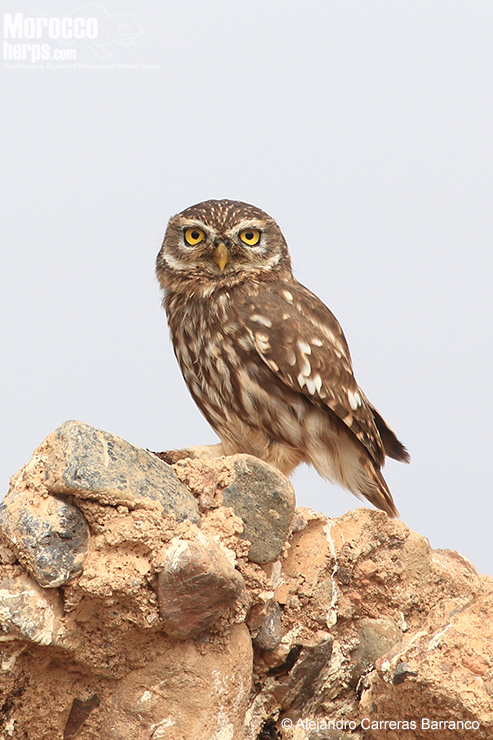
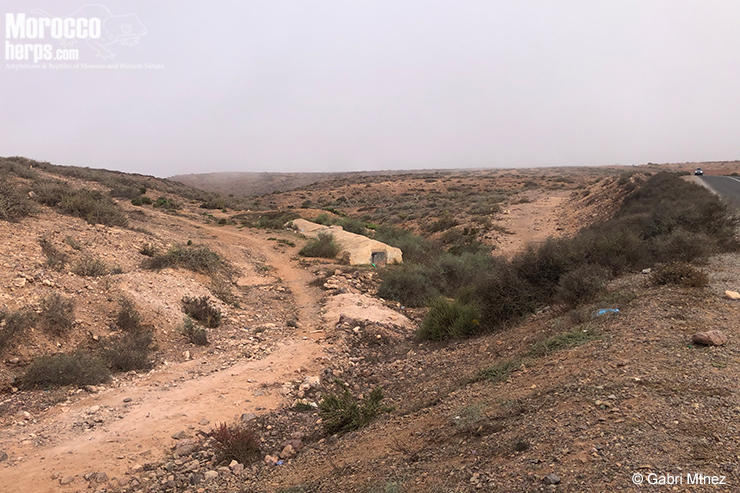
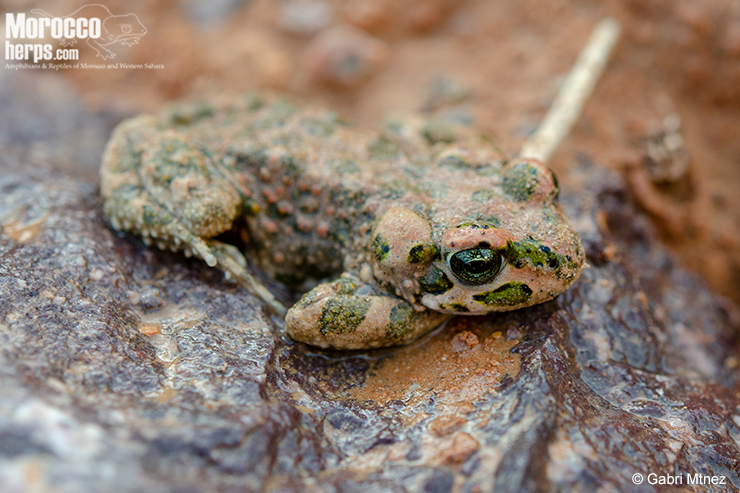
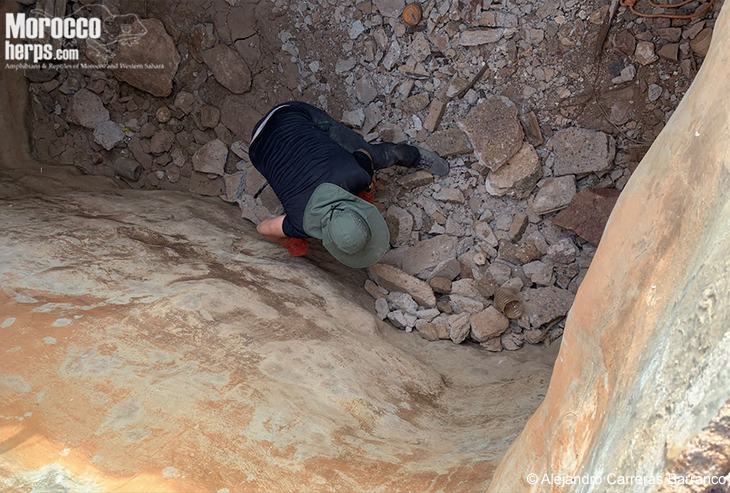
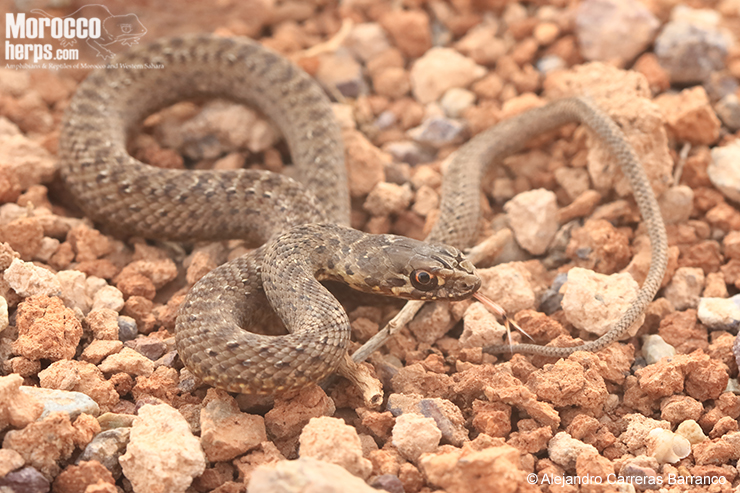
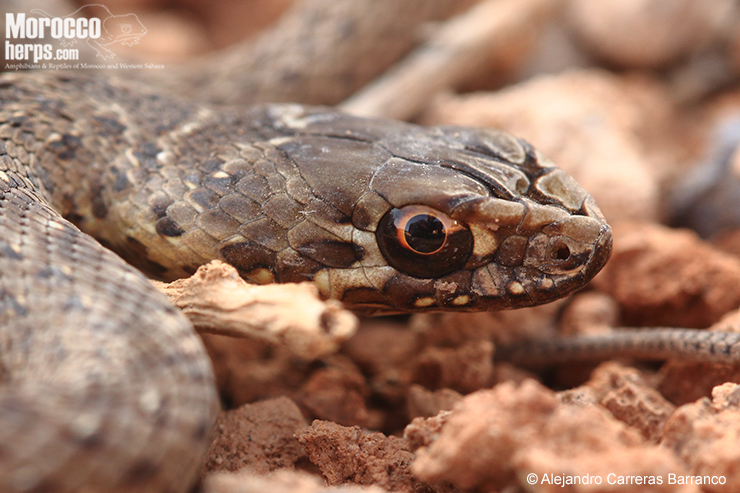
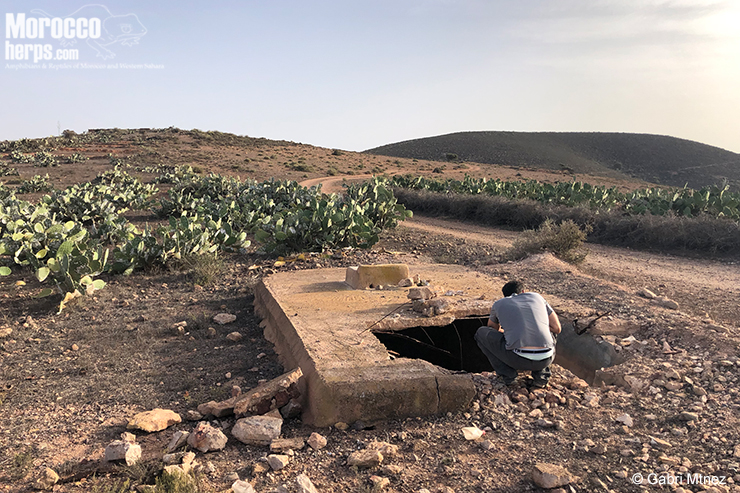
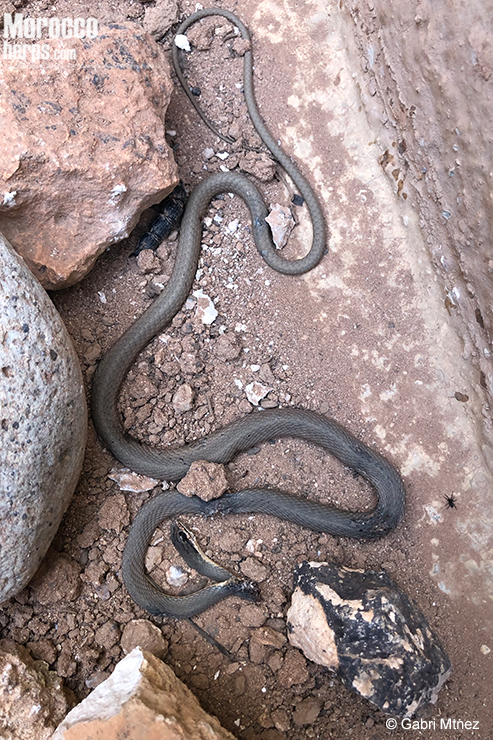
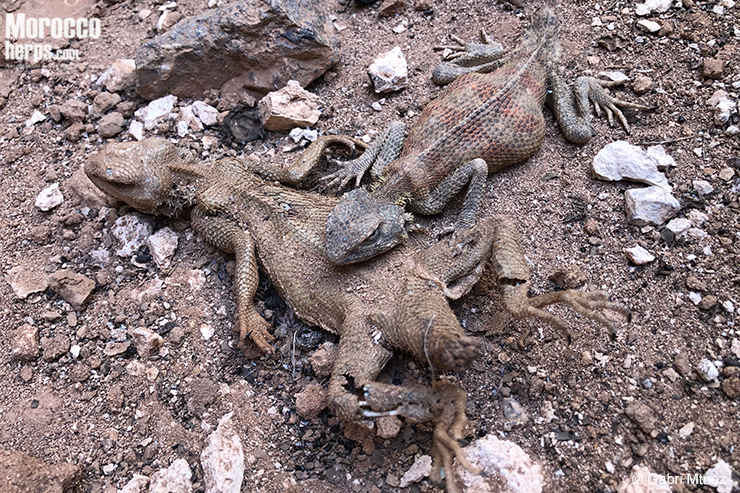
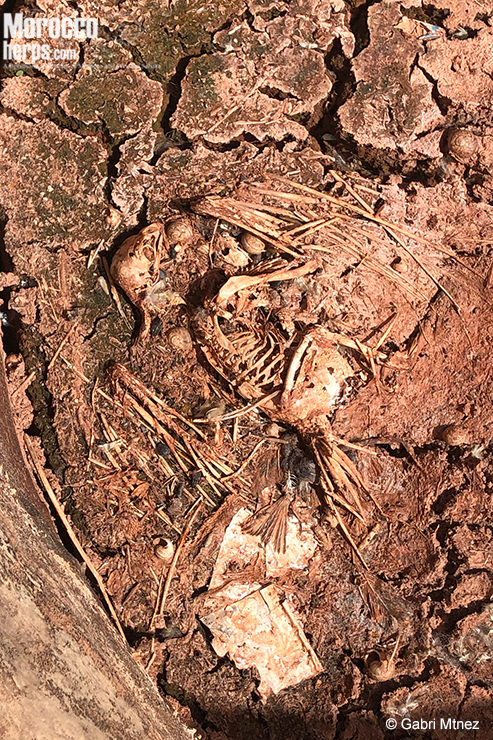
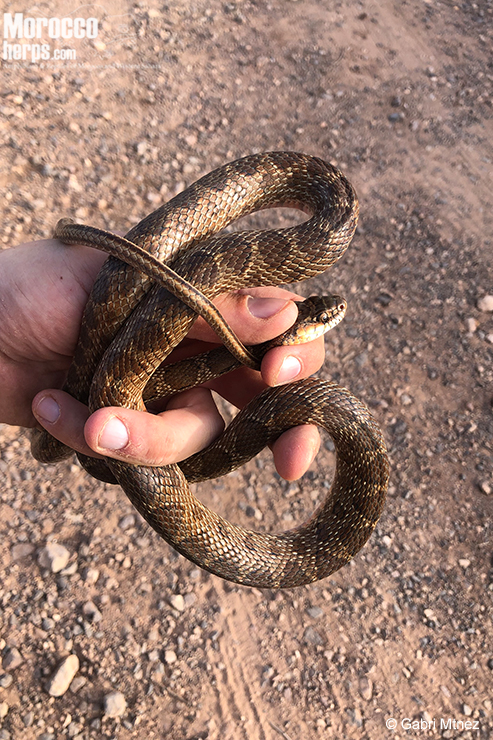
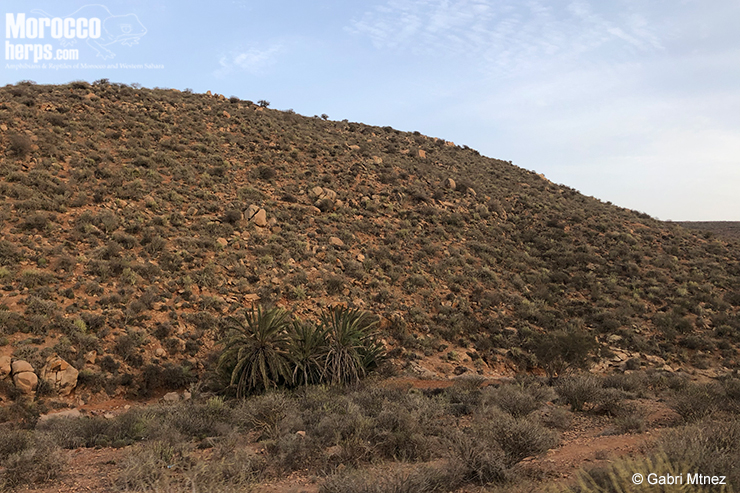
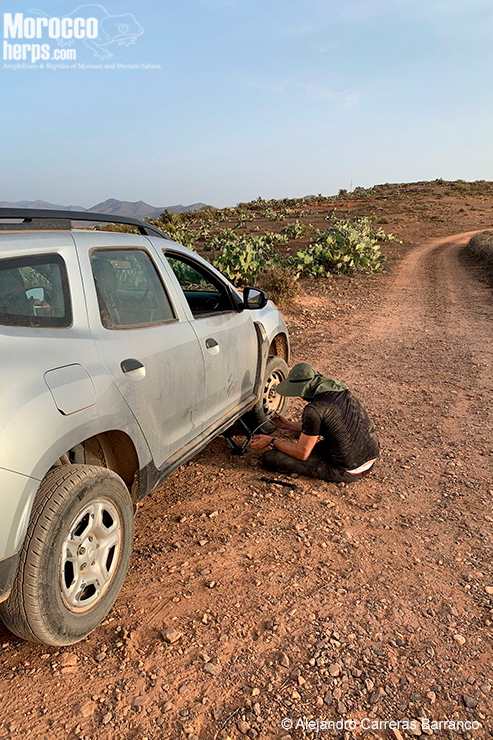
The night began and driving we found 2 hedgehogs, a fox, a nice reddish Hemorrhois hippocrepis and 5 Bitis arietans. 2 of the vipers were alive, 2 dying and one dead. This viper has a small relatively small distribution in Morocco compared with the rest of vipers, but can be extremely abundant in some areas. One of the specimens was huge and was completely destroyed by cars, but still alive. When Gabri was going to catch it to move it away of the road (to avoid a fox or other animals to be road killed), the viper adopted the typical defensive behavior of this species. Even in the last moments of life this species has a strong survival instinct. After that “Bitis” night, we went to sleep.
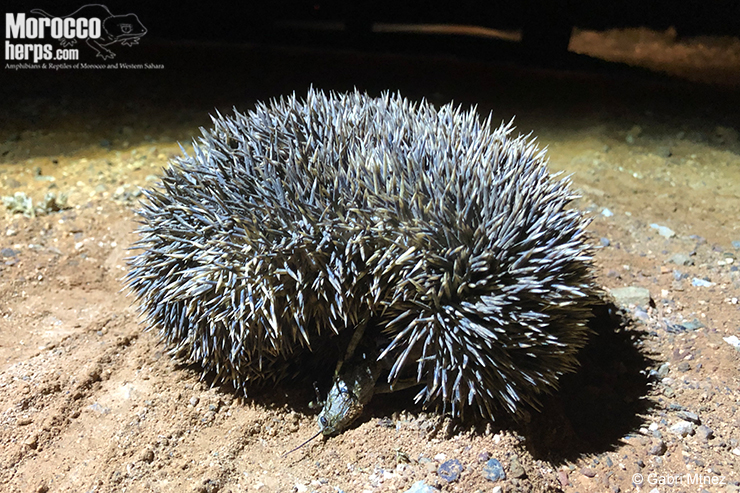
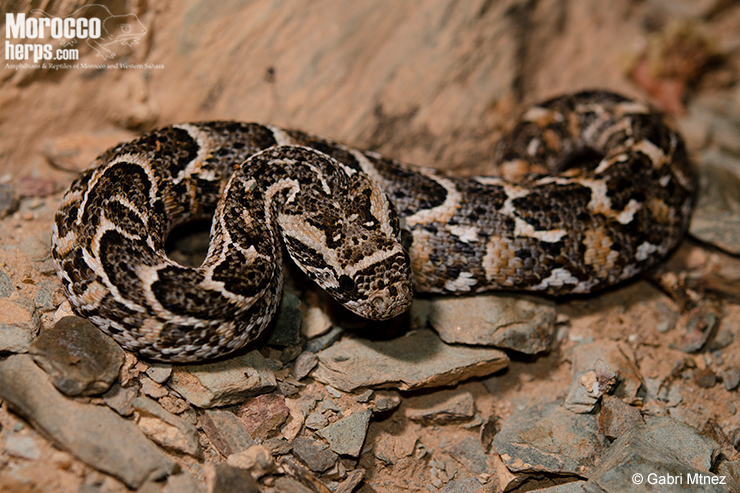
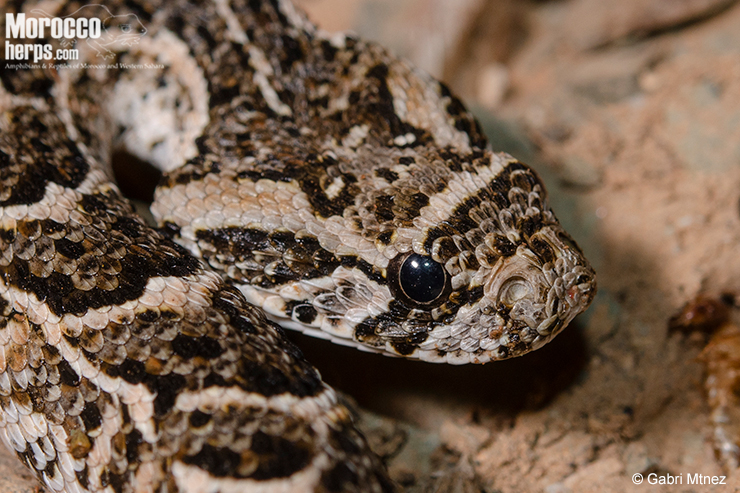
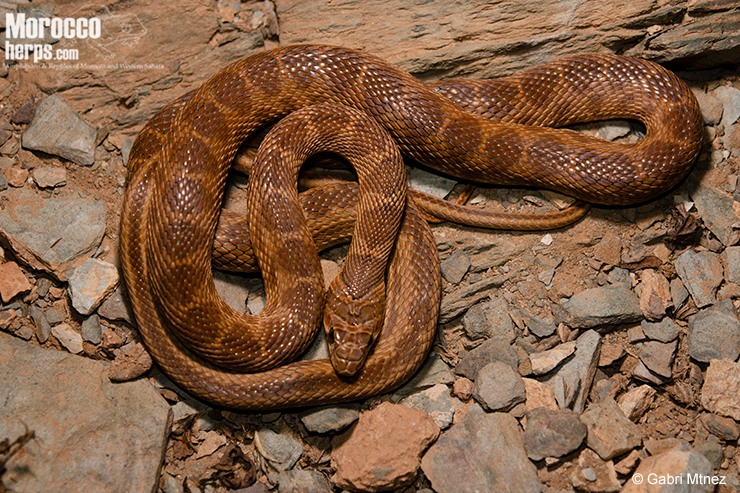
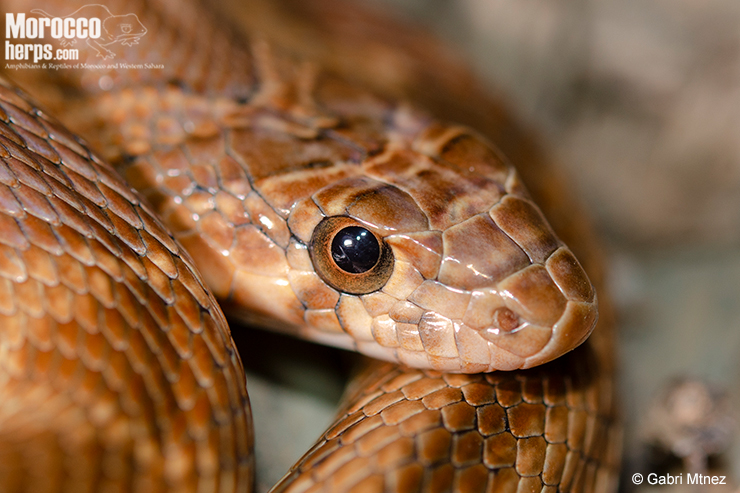
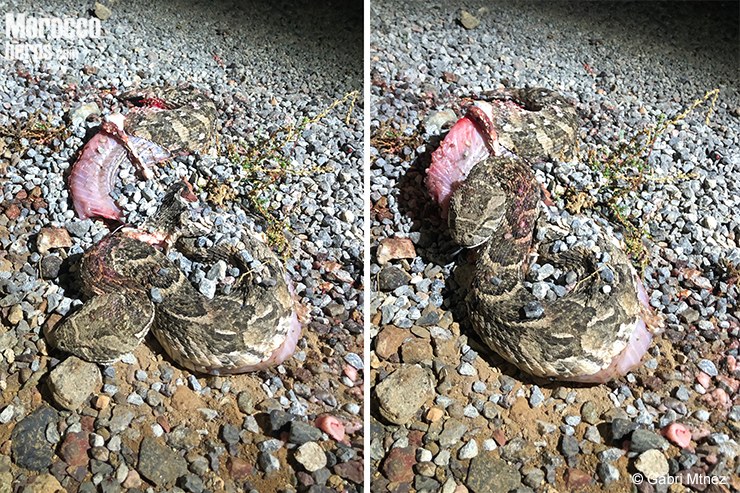
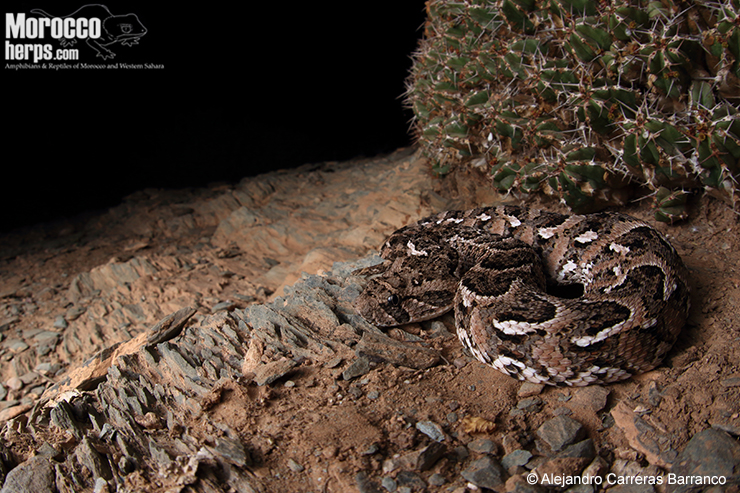
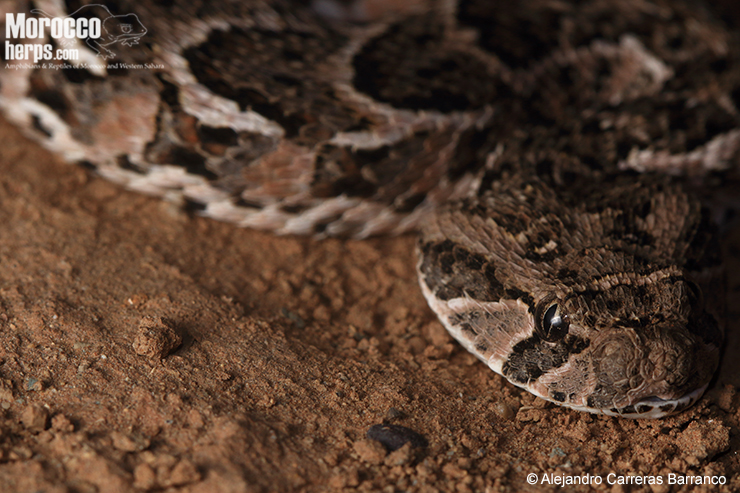
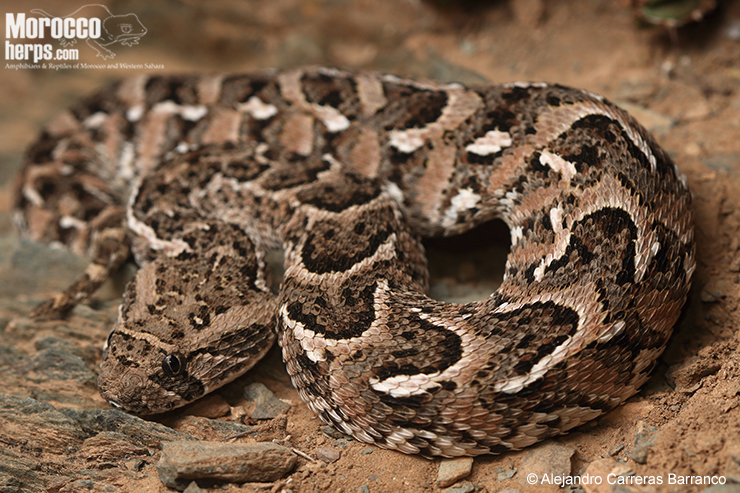
8th September 2021
We woke up in the hotel, clean and rest, took an amazing breakfast and began to drive, and check more holes. Alex´s obsession now was Daboia mauritanica so Gabri selected some holes in rocky areas with an abundance of Atlantoxerus, which seem to be one of the main preys of these big vipers. Alex promised Gabri that if they found the Daboia, they could make an alternative plan and find endemic lizards that were the Gabri wishes.
The first holes were empty or with the common species: Hemorrhois hippocrepis and Psammophis schokari. After hundreds and hundreds of water holes checked in the previous days and during that morning, for some moments, we lost the hope of finding a Daboia mauritanica (or anything apart of some common species).
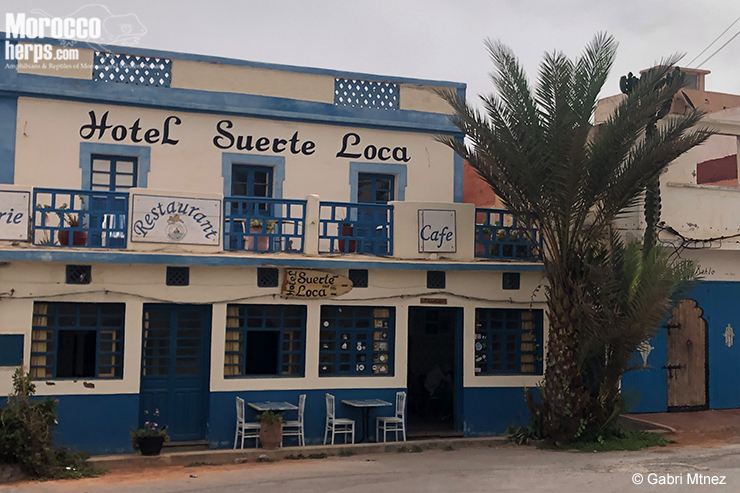
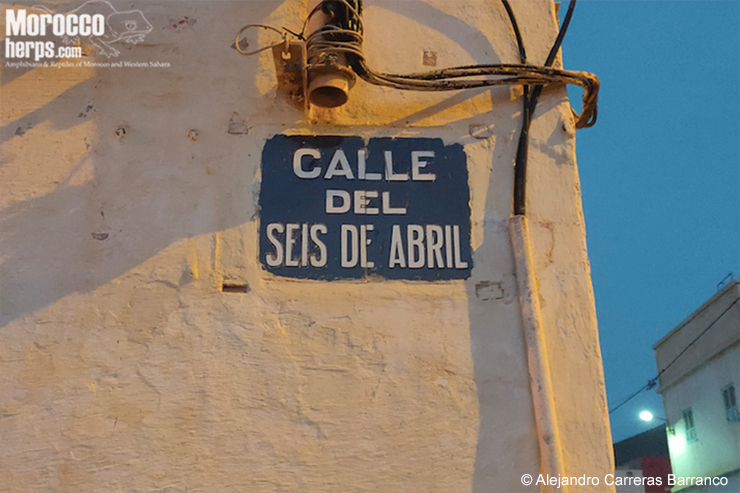
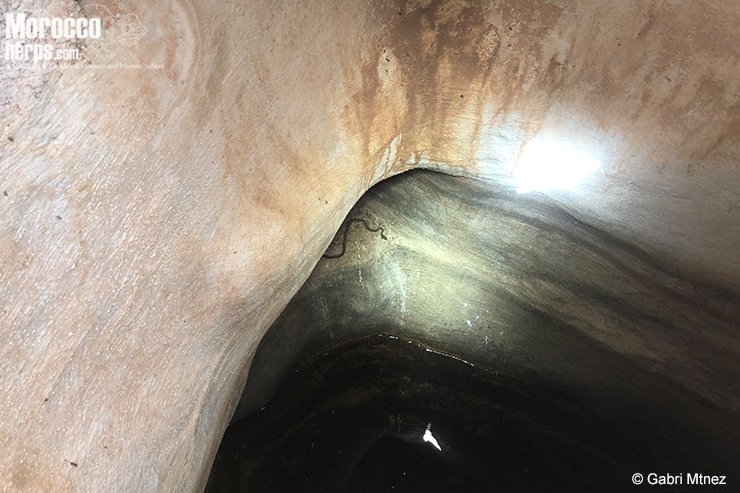
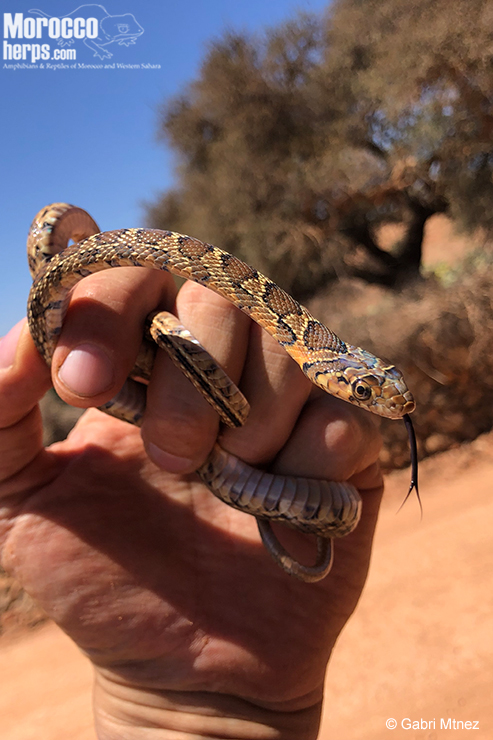
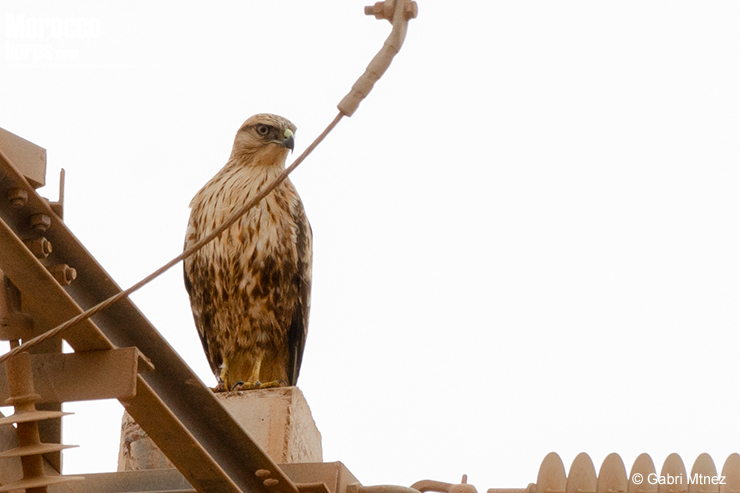
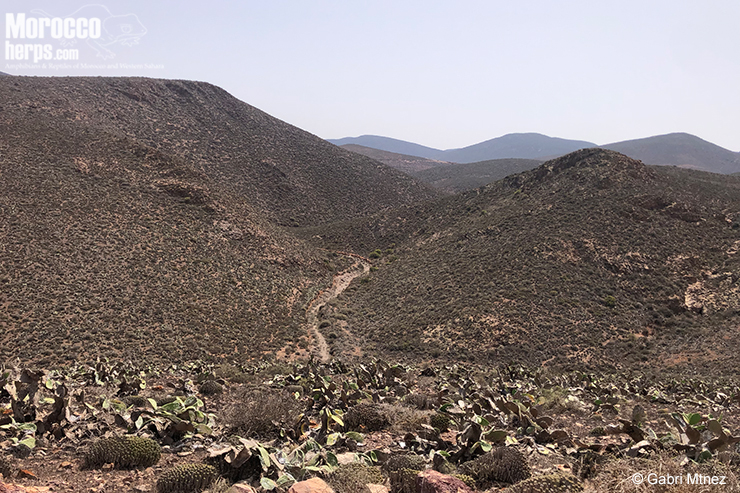
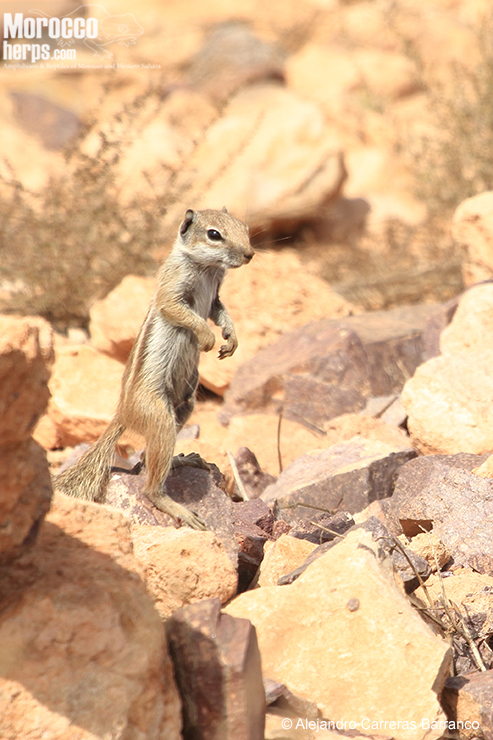
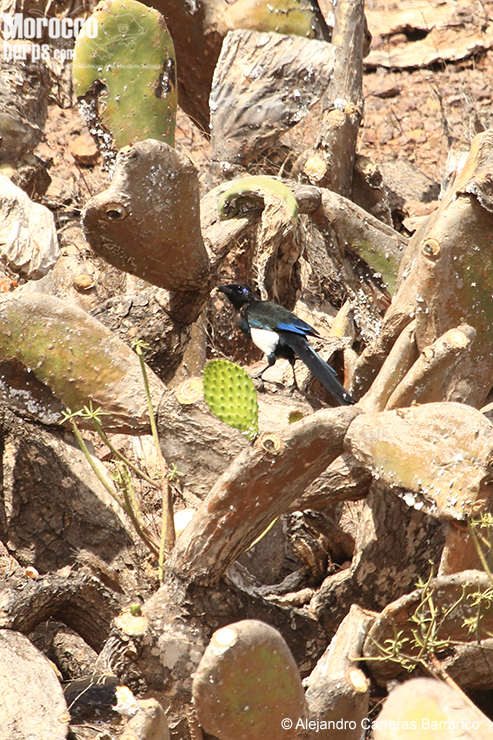
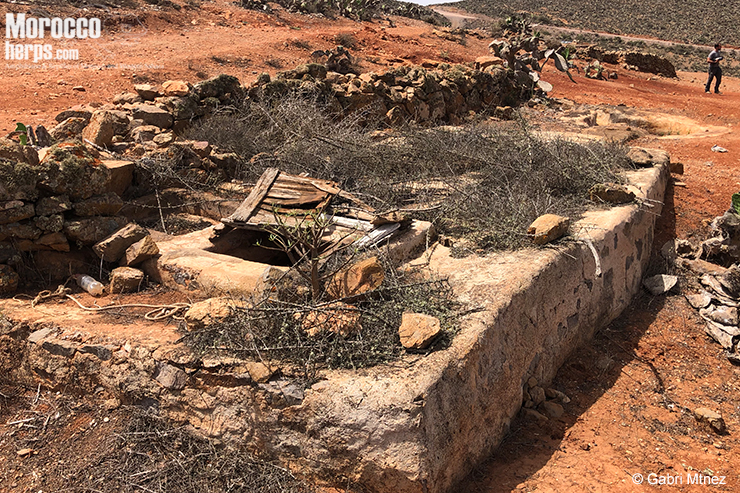
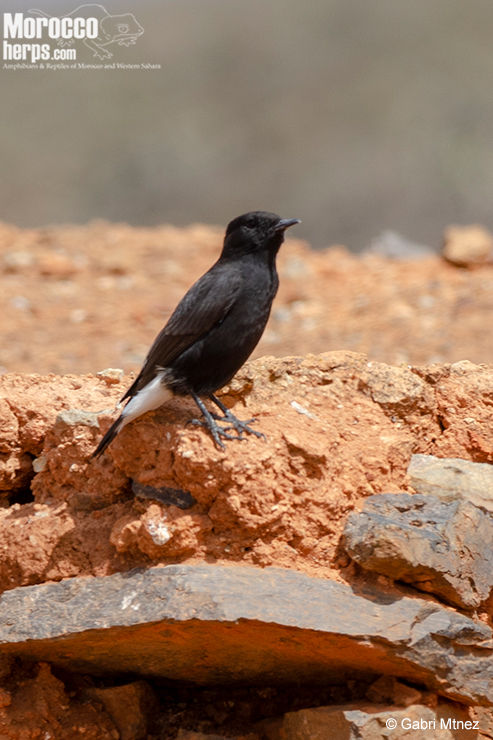
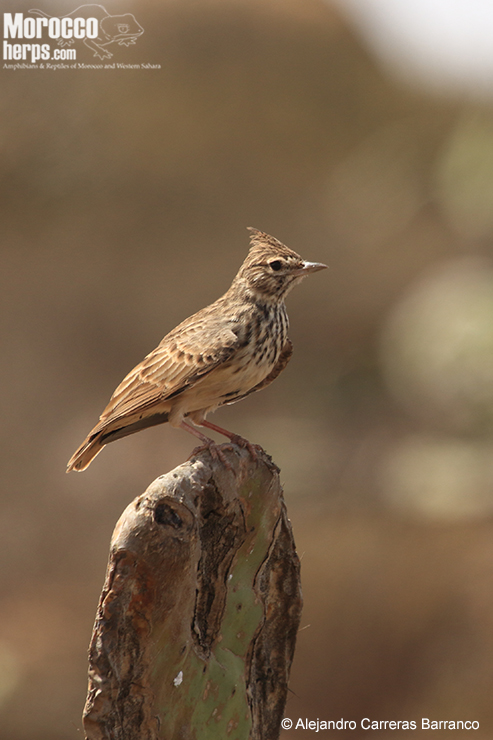
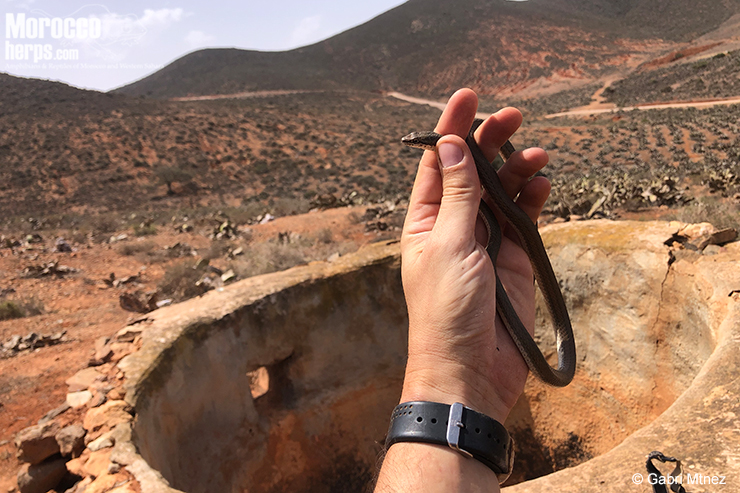
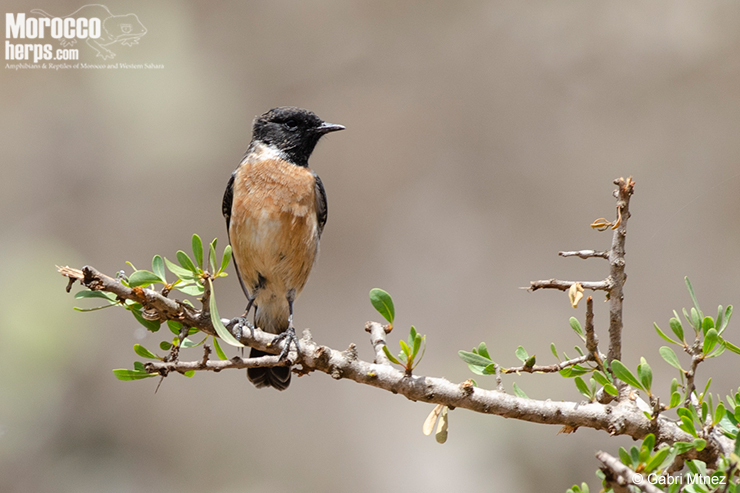
But suddenly something magic and strange happened. Just when we decide to move to another area with, in theory, more chances of finding a Daboia, we saw it! An adult Daboia mauritanica in the deposit before a water hole. But the rare thing was not that, the strange thing was that it was with a massive Naje haje and 3 adult Hemorrhois hippocrepis!. Absolutely unique moment.
After some minutes of madness, where we shout, throw all to the flor, almost cry (and also broke Alex´s head-torch). One entered in the hole whereas the other help with bags and bottles. The one inside the hole caught the big black snake fast by the head so the rest was easy. With the 5 snakes out of the hole, we took some photos and released them in the natural habitat. There are thousands of pits like that the area, so we can only imagine how many snakes will die there…
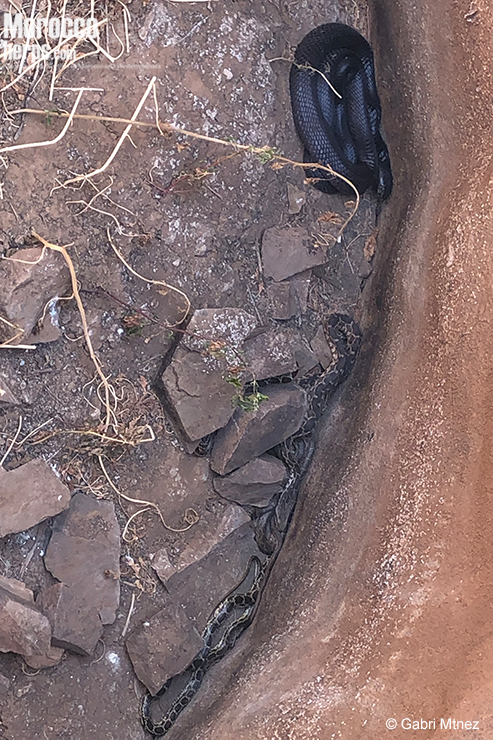
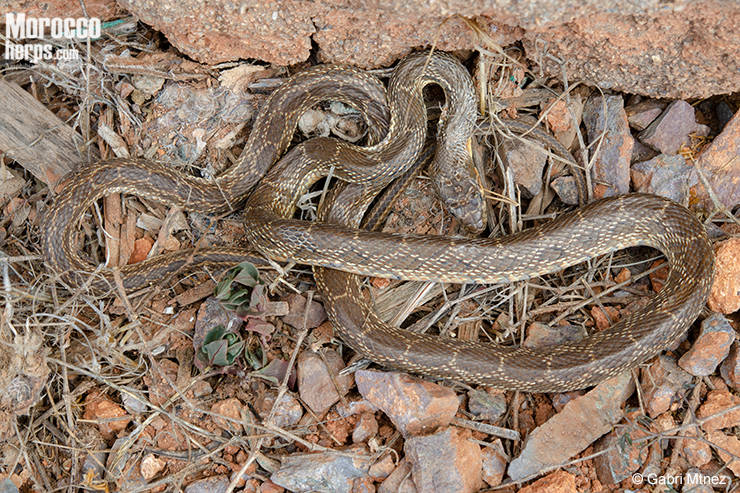
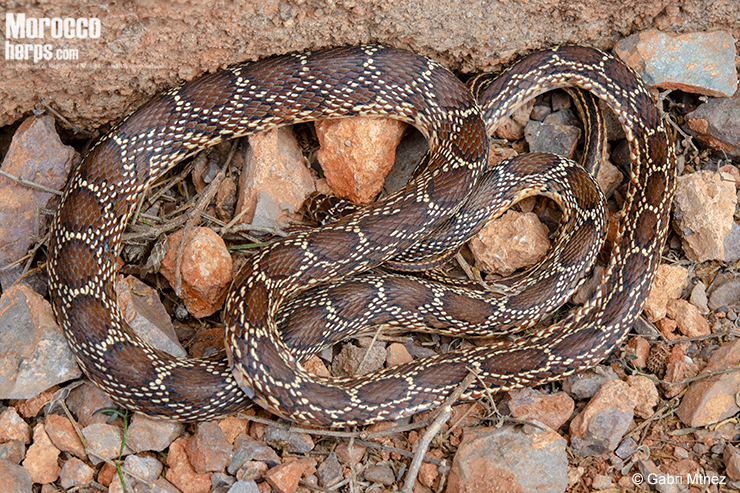
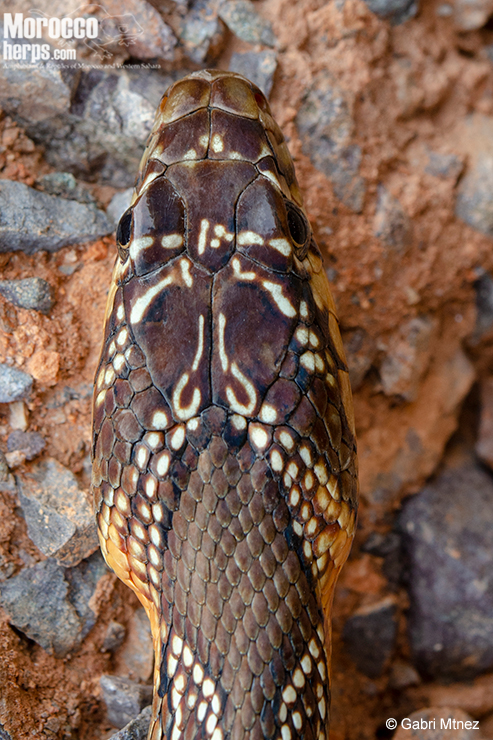
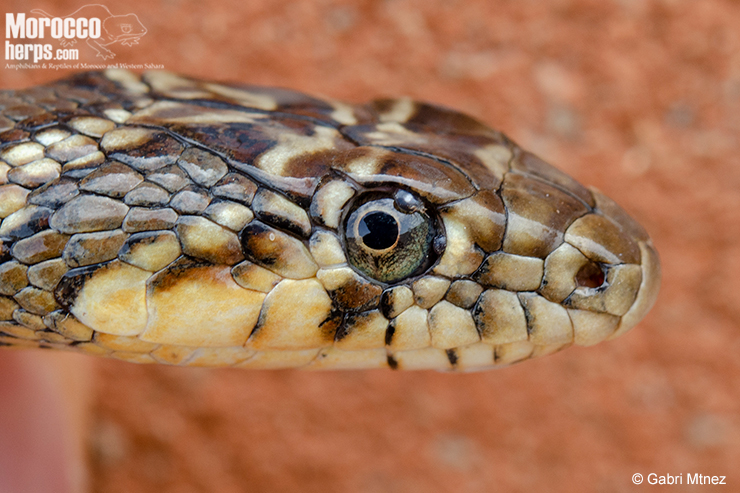
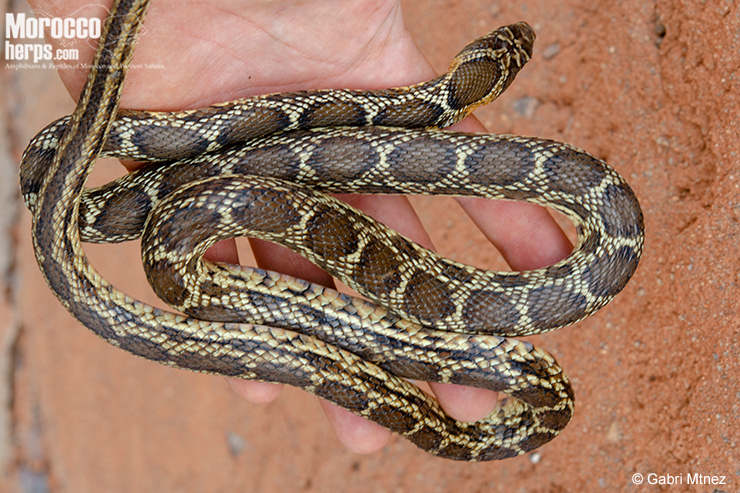
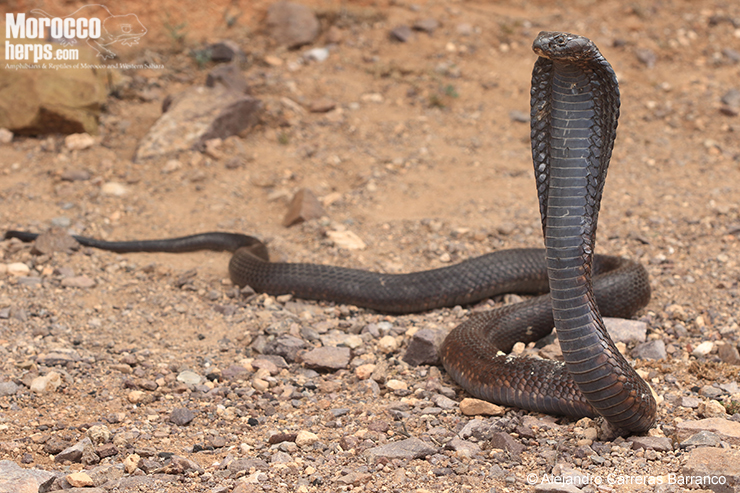
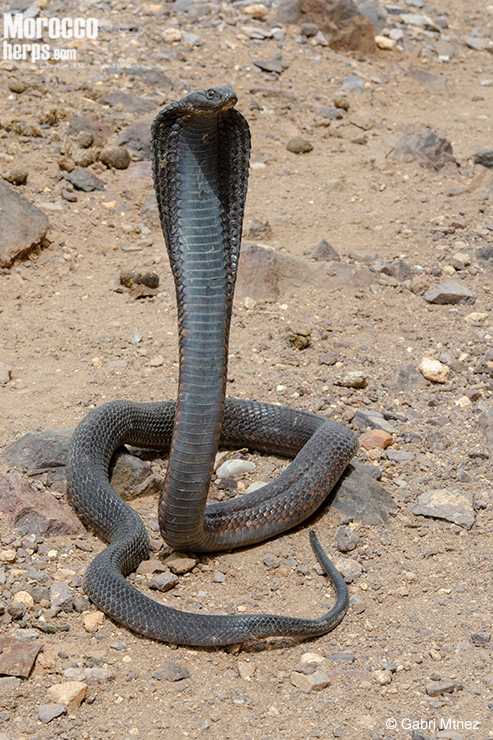
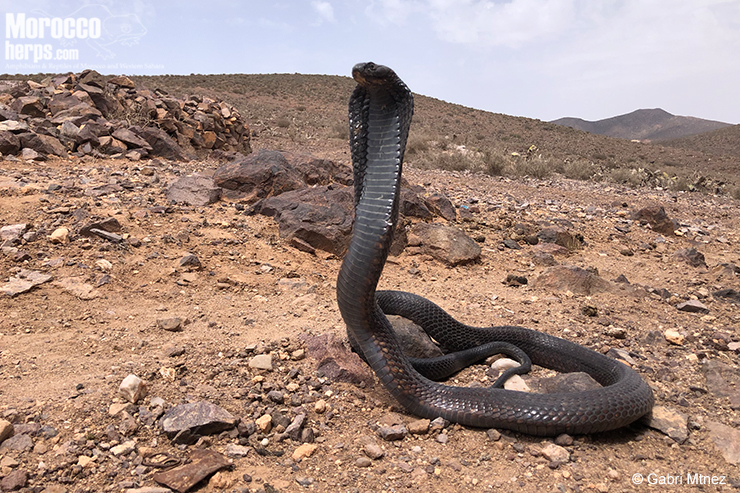
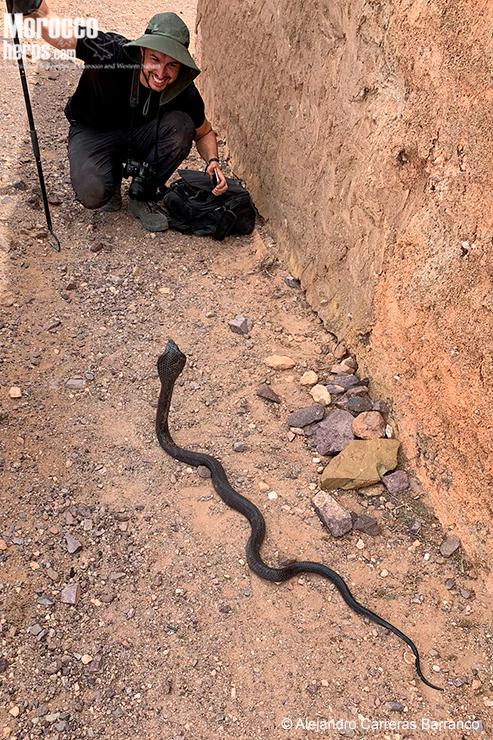
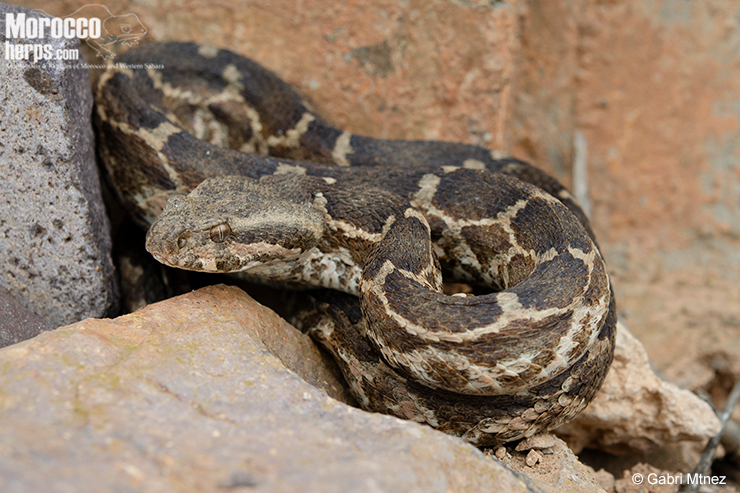
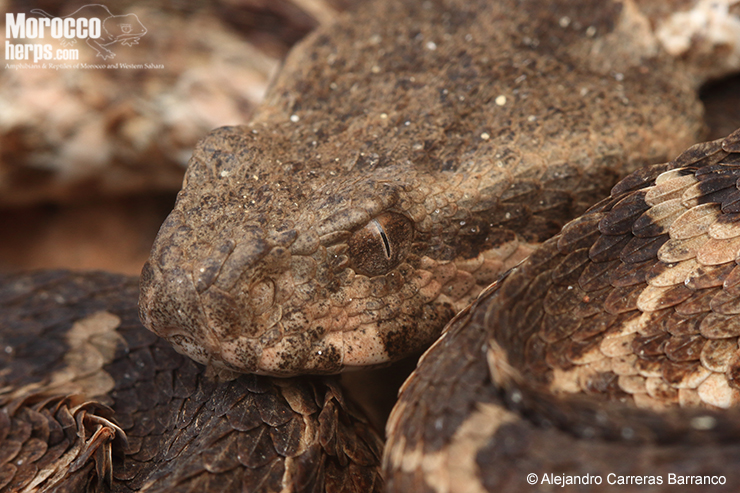
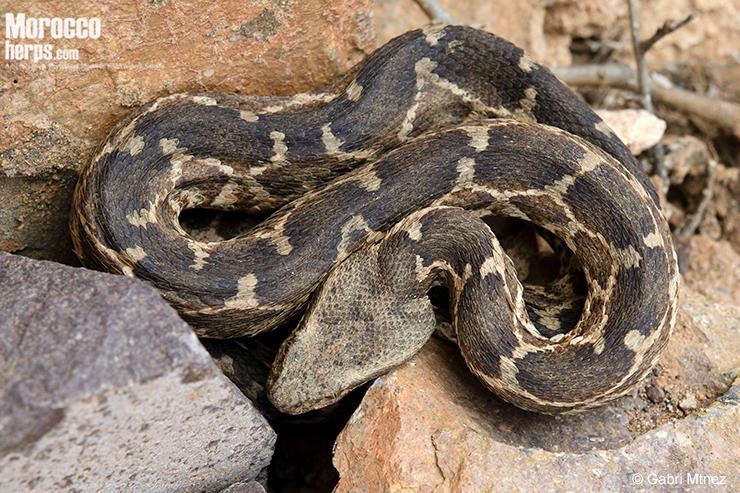
After that crazy experience, we celebrated that with good food in the closest village and Alex had to admit that they would go to search for endemic lizards. Next stop: Jebel Sirwa.
Driving to Ouarzazate area, we entered in a sand storm in the last hours of the evening and the first moments of the night. We arrived for sleeping in Tata and found an adult Hemorrhois algirus crossing the road. We stopped the car and walk around an oasis and found a Spalerosophis dolichospilus close to walls with some Tarentola boehmei and a Ptyodactylus oudrii. In the water we saw an adult Natrix maura with lots of fish and amphibians around (Scleroprhys mauritanica and Pelophylax saharicus).
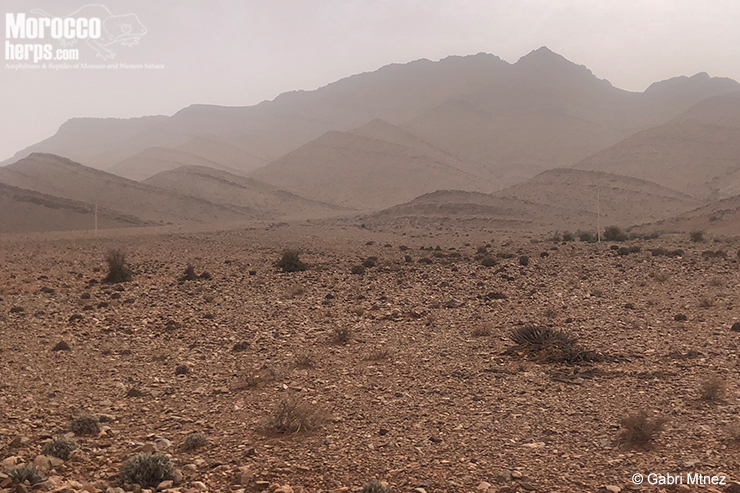
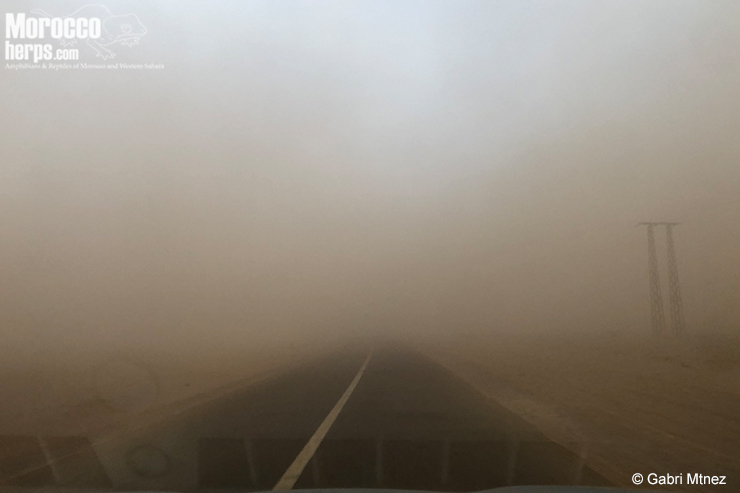
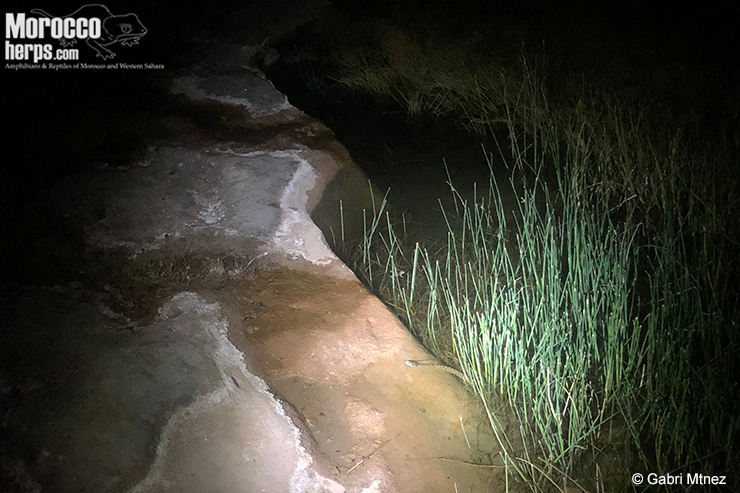

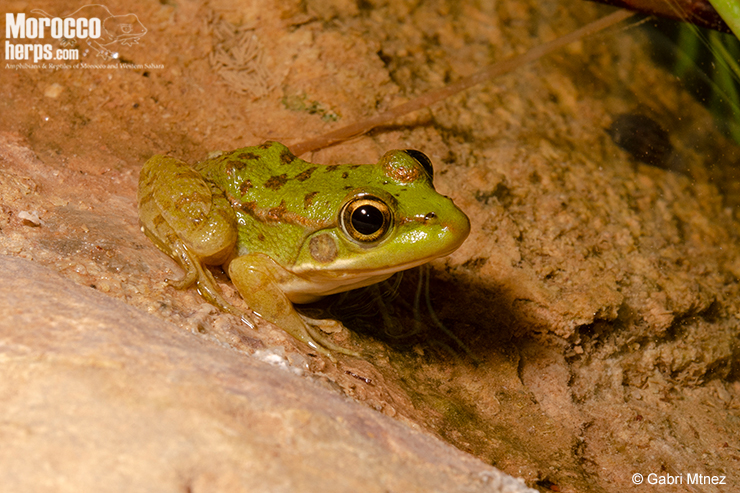
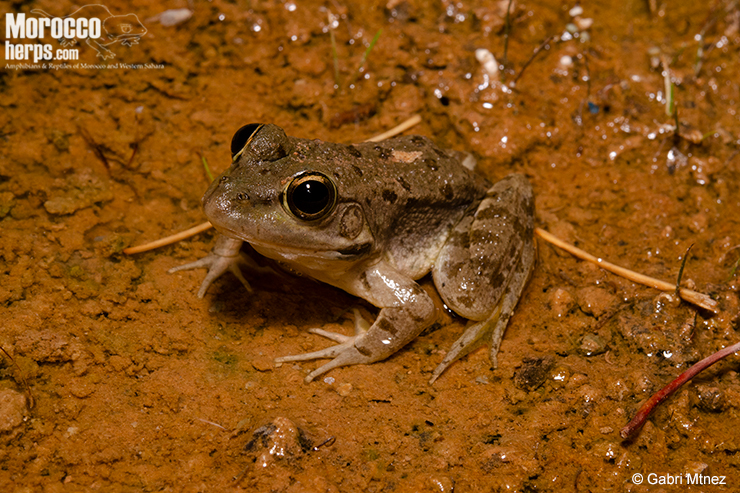
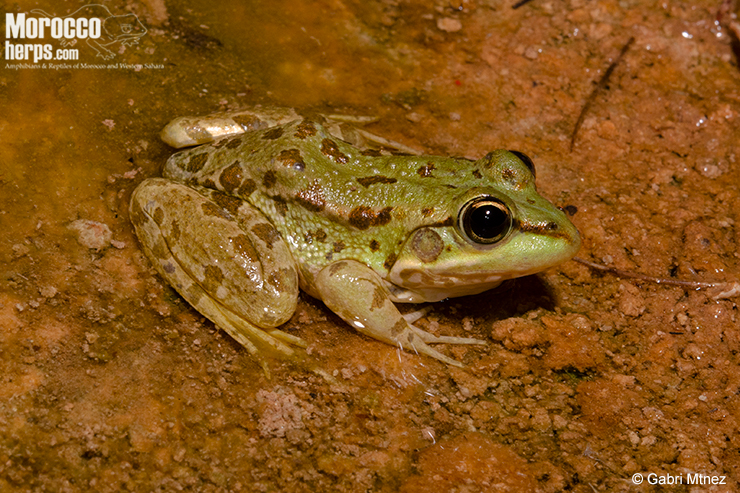
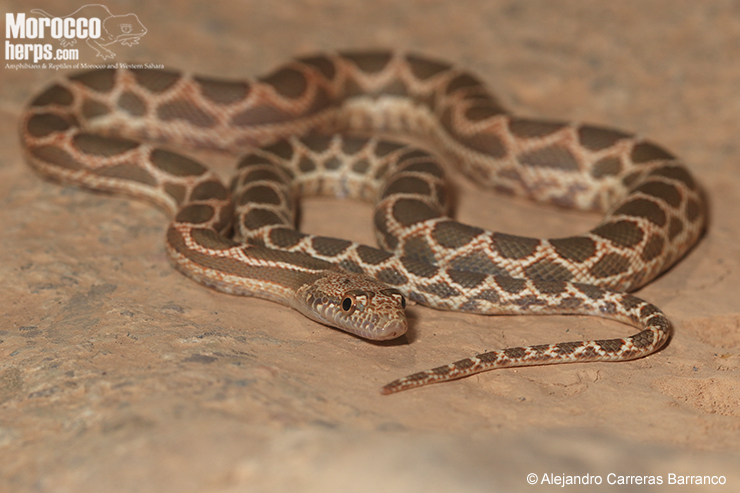
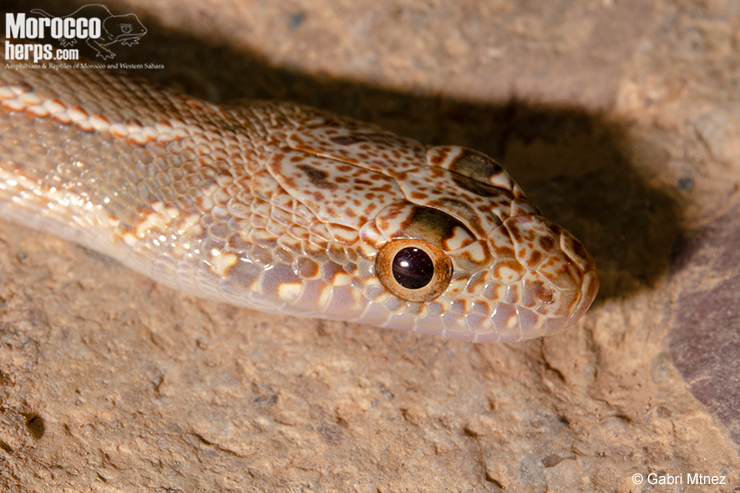
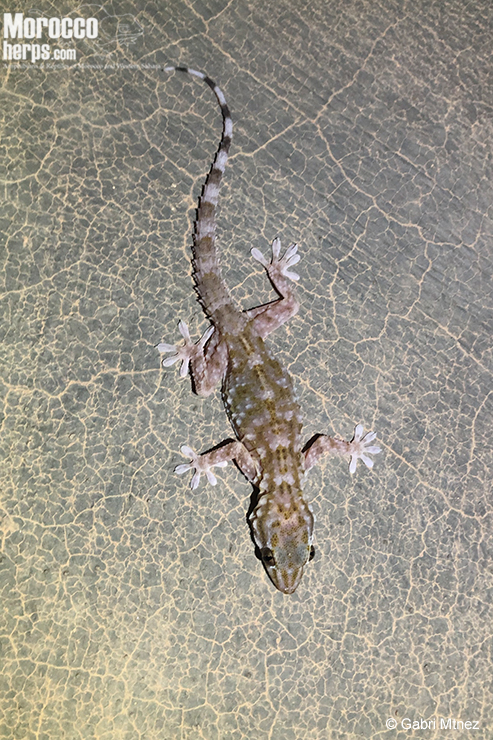
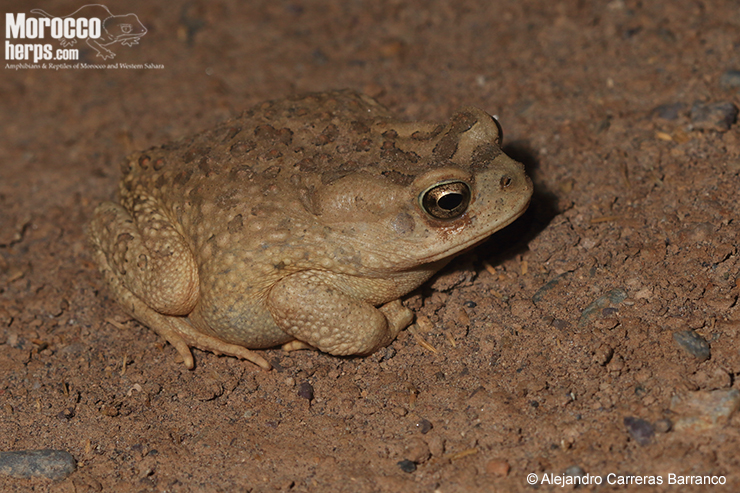
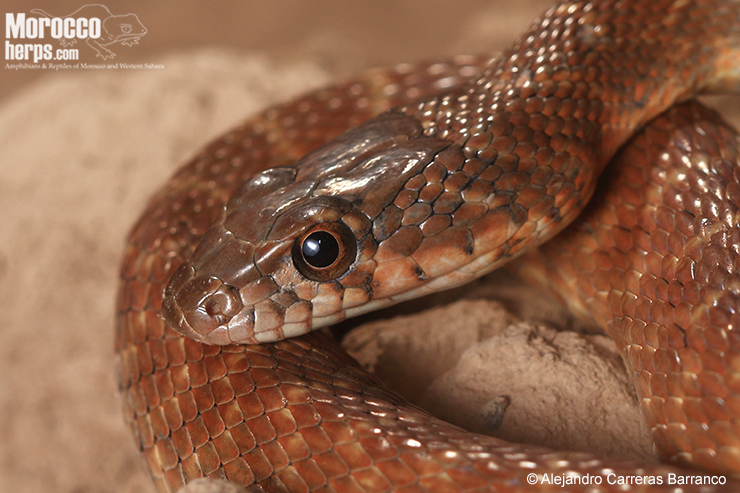
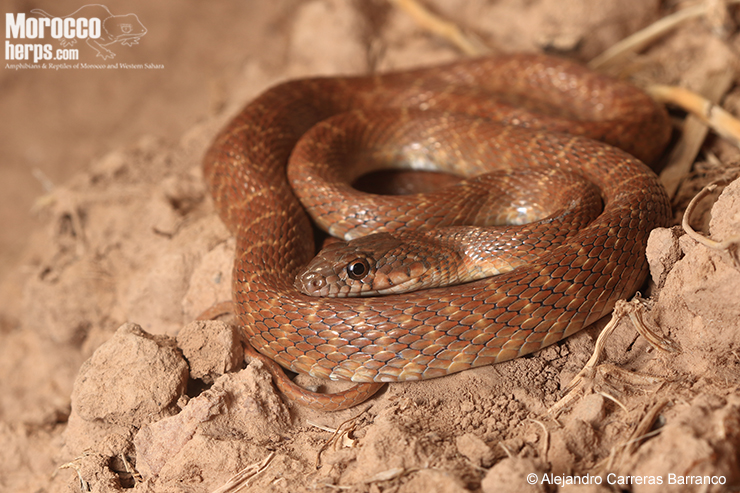
9th September 2021
In that morning we made some stops in good habitats but there were no tracks or signals of reptiles.
We drove direction to Jebel Sirwa. Gabri was scared because in August 2012 his car was broken in the middle of the extremely bad road to Sirwa. However, now the road is much better, and with the duster we arrived in the evening after finding a Chamaeleo chamaeleon crossing the road.
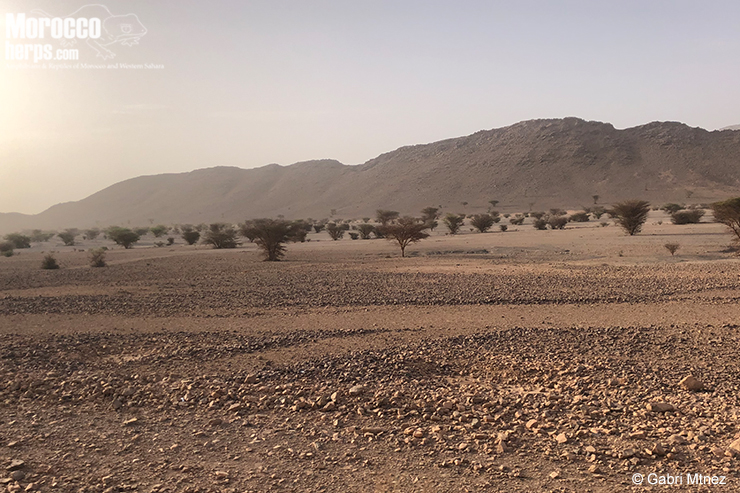
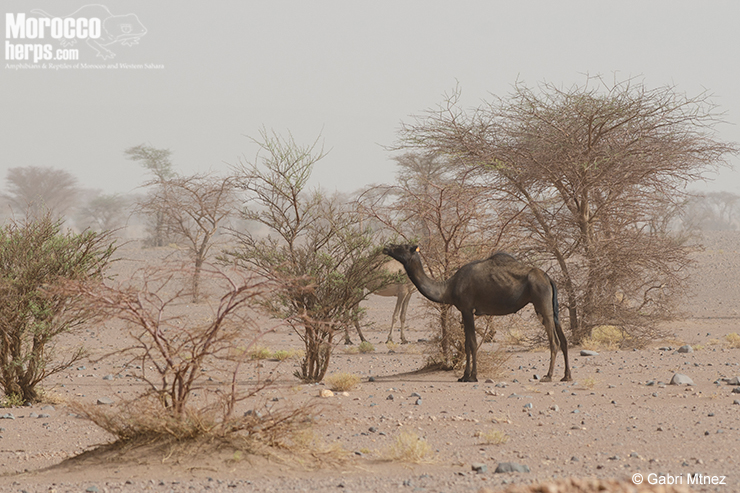
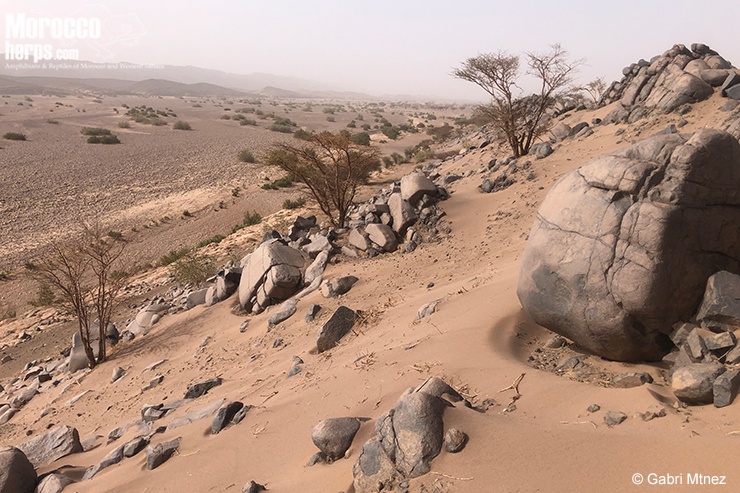
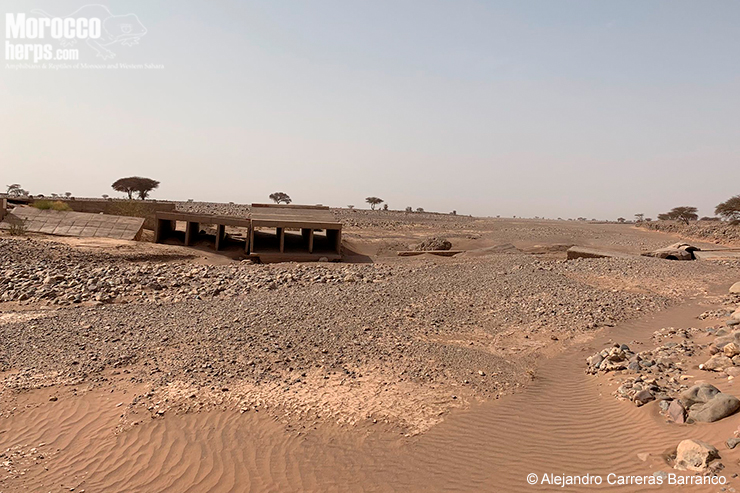
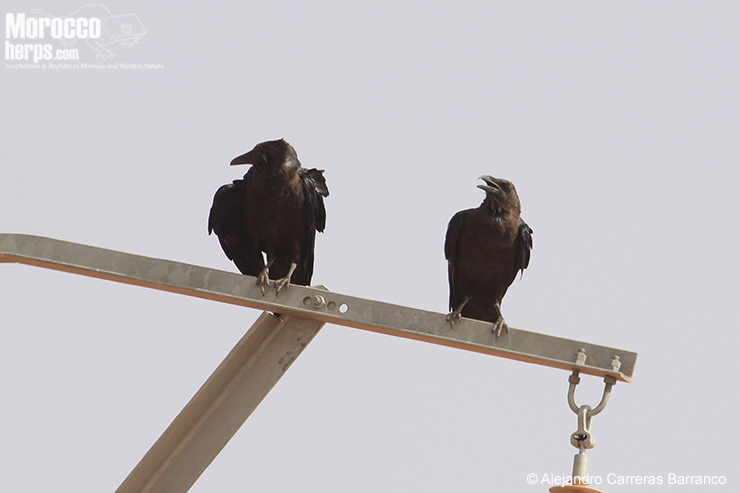
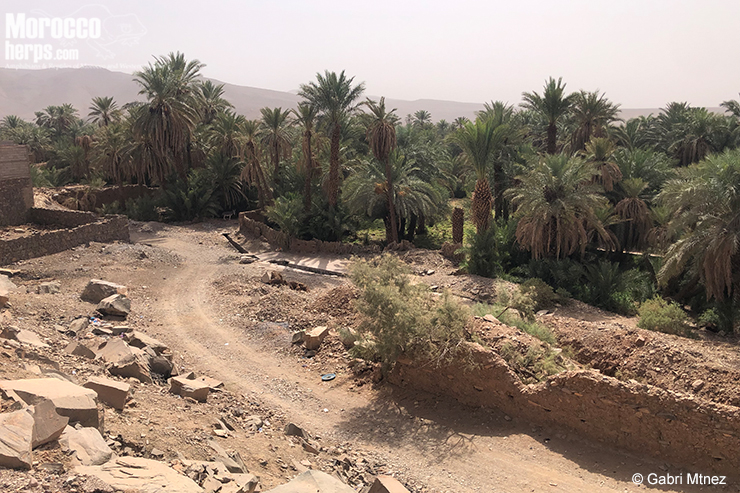
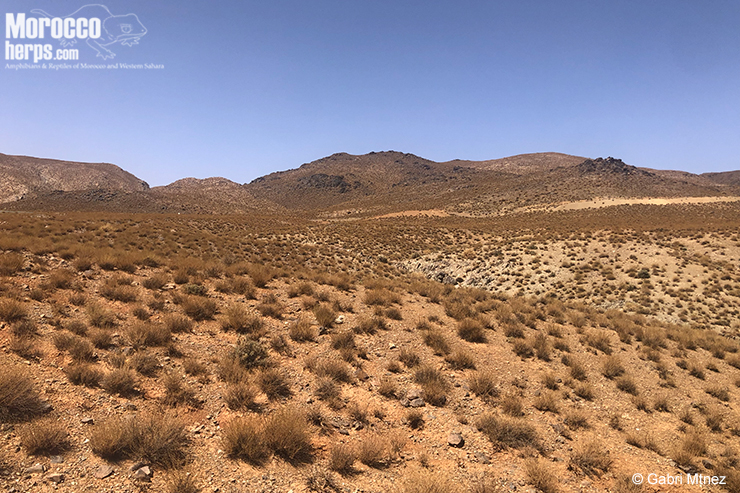
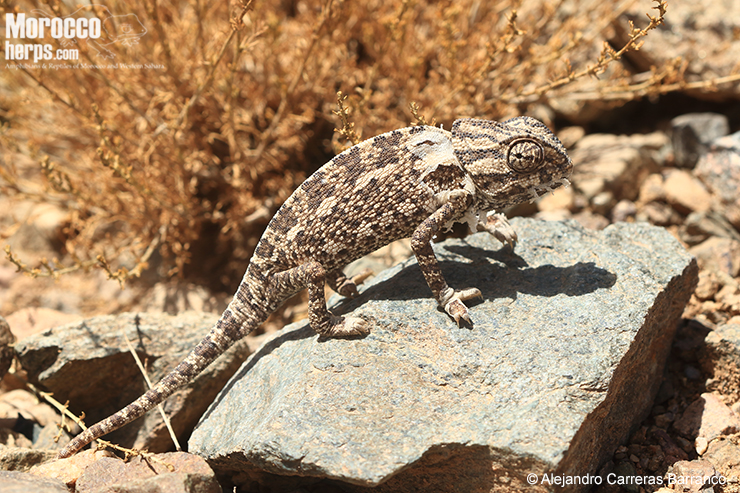
In Jebel Sirwa all was extremely dry. We didn´t find a single reptile species under stones (in the whole trip!!!) and in a walk of 2 hours we only saw 2 Agama impalearis, 1 Podarcis sp., 1 Scelarcis perspicillata and 2 specimens of the target species: Acanthodactylus montanus. This endemic lizard species of the Western High Atlas and Jebel Sirwa was considered previously A. erythrurus. With some in situ photos of these lizards, we drove again to the asphalt. We had to eat dinner fast because we wanted to try a bit of road cruising to find snakes at night.
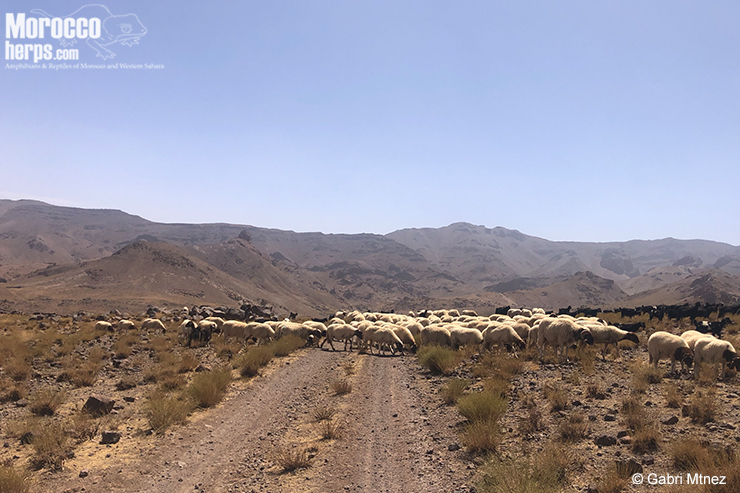
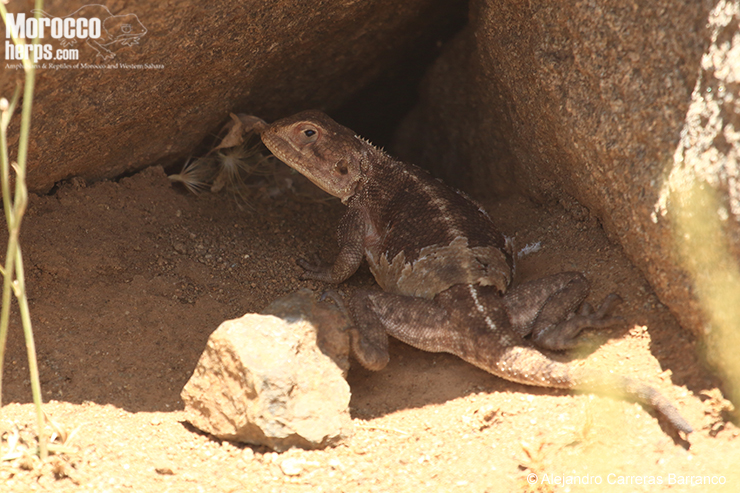
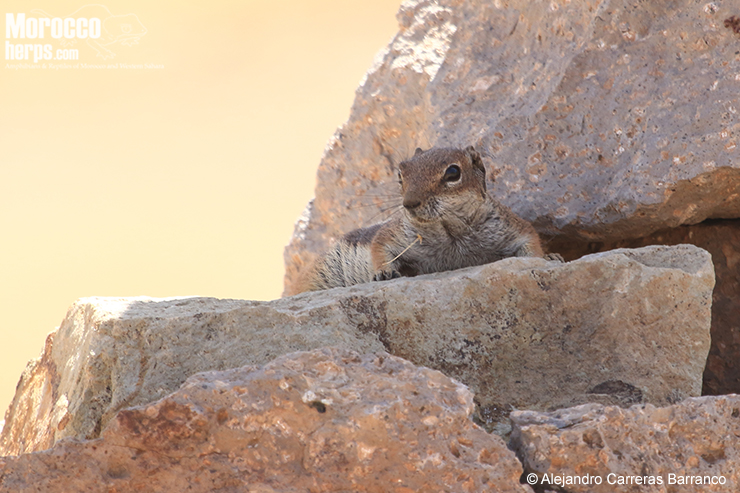
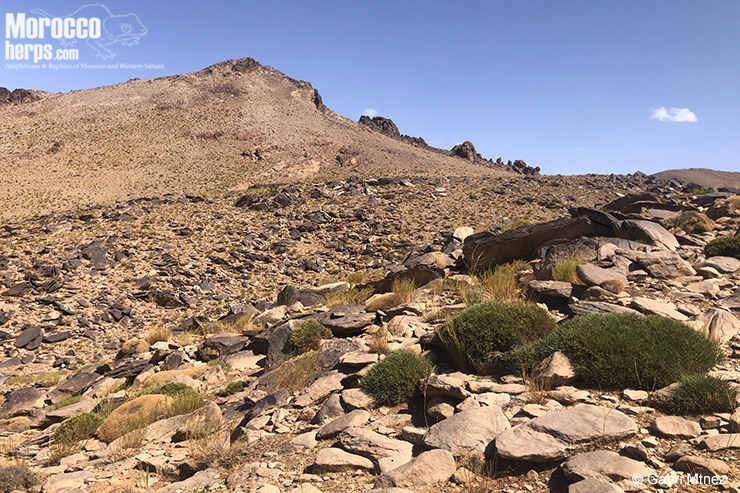
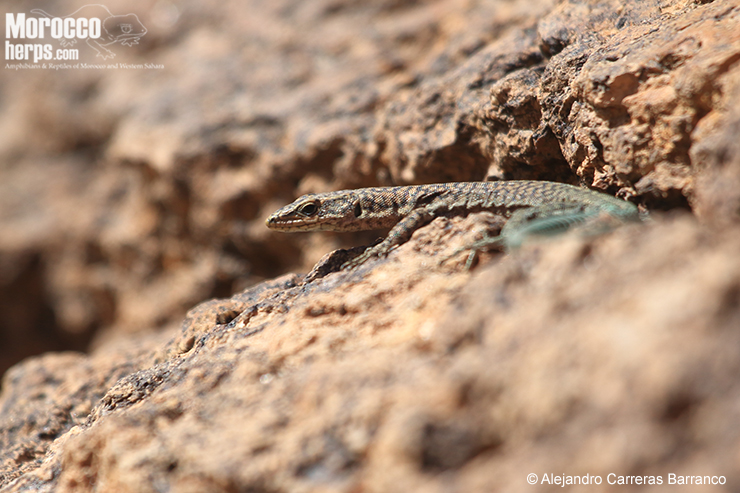
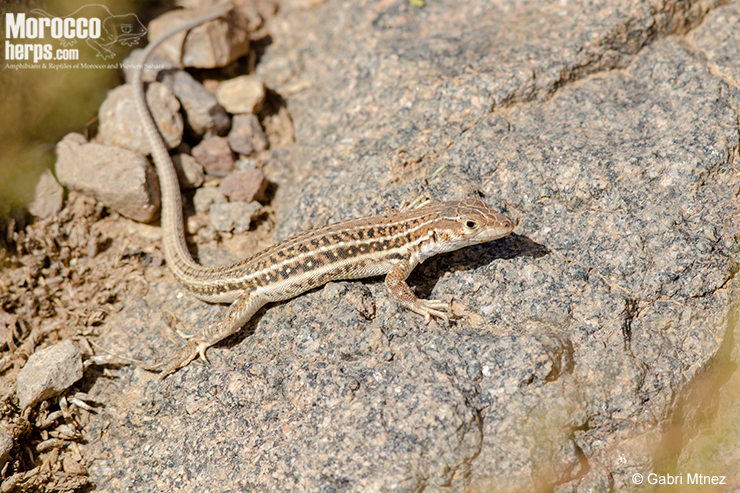
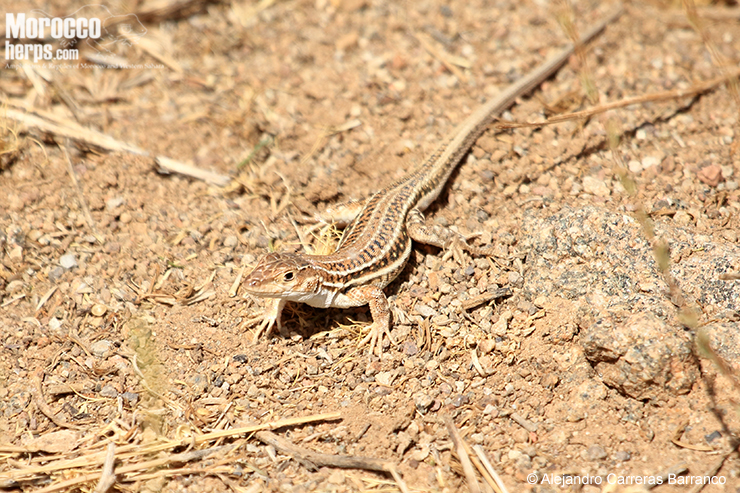

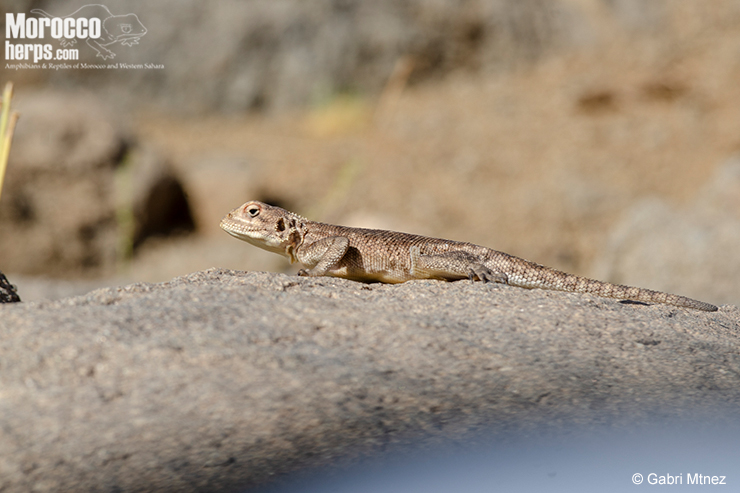
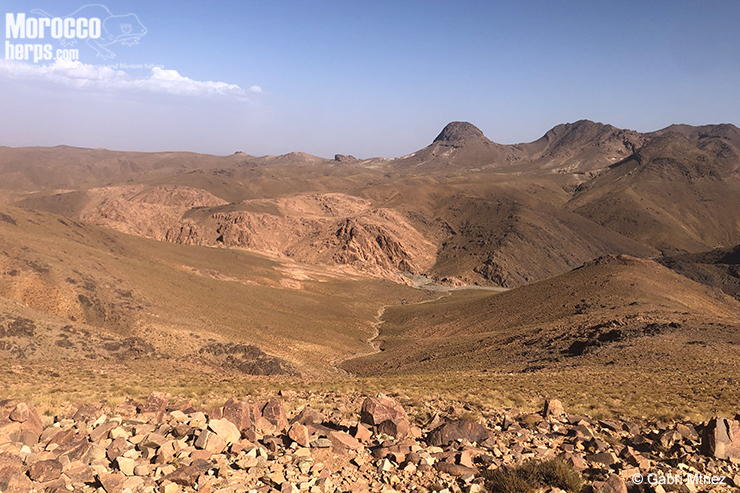
The temperature was 33 degrees in the first moments of the night, but it was a miracle to spot alive in the middle of a busy road the last of our top target species of the trip: Telescopus tripolitanus. We had cars in front and in the back so was really incredible that nobody hit that snake. We stopped to take some photos and leave that beauty continue its life and later we continue searching around by walk. A lot of scorpions, some mice, some Tarentola boehmei and a nice reddish Spalerosophis dolichospilus made a complete night.
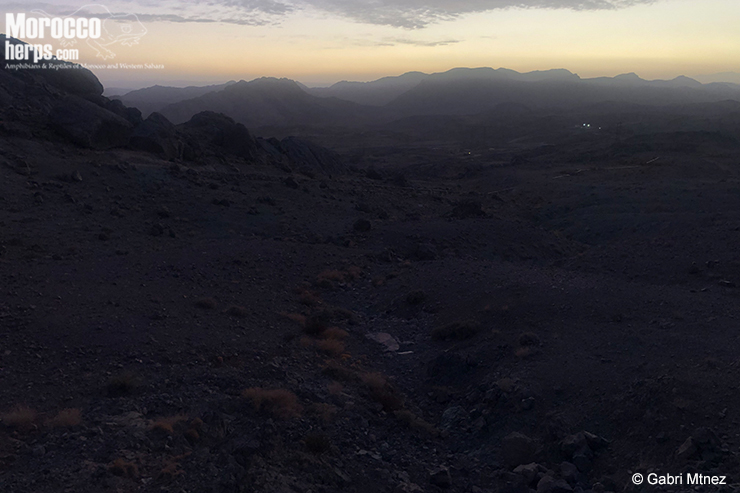
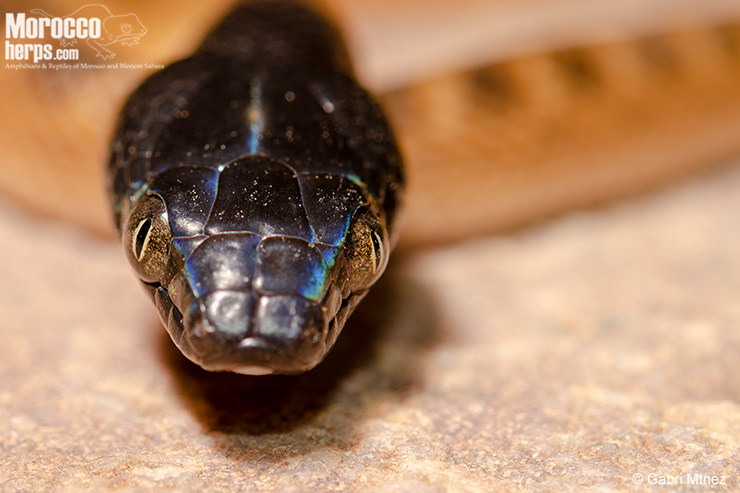

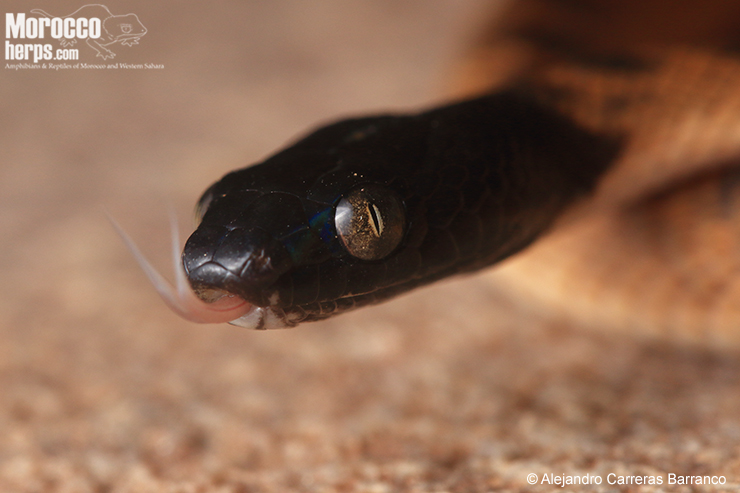
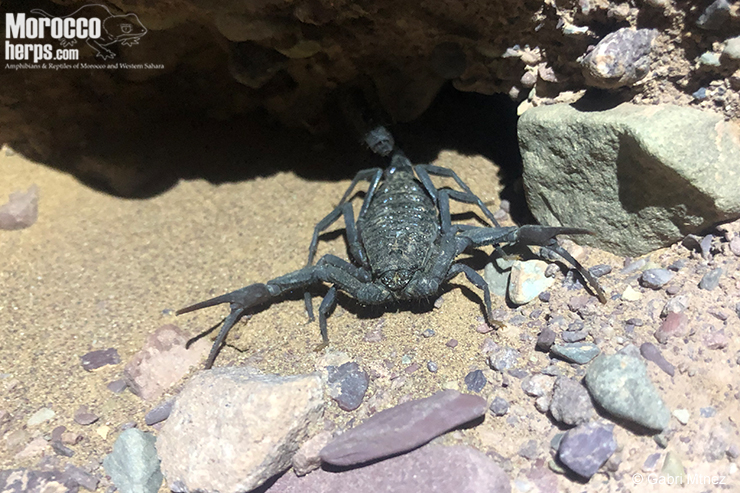
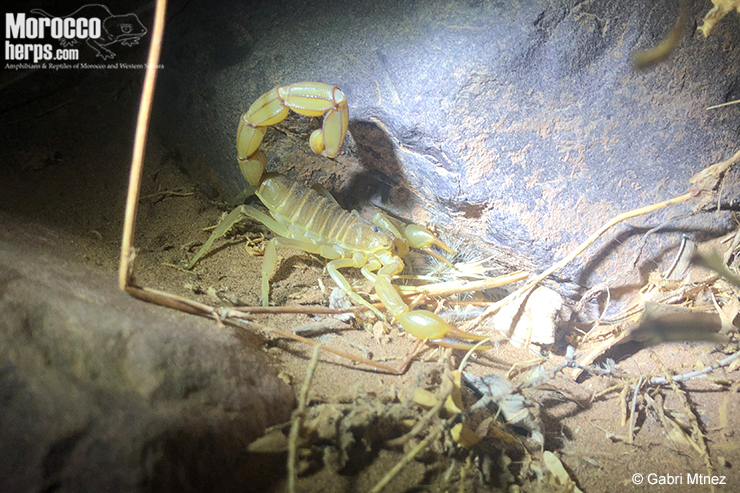
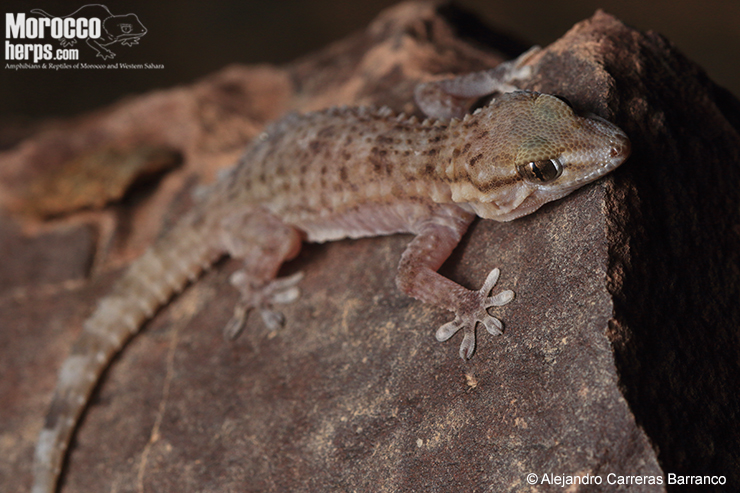
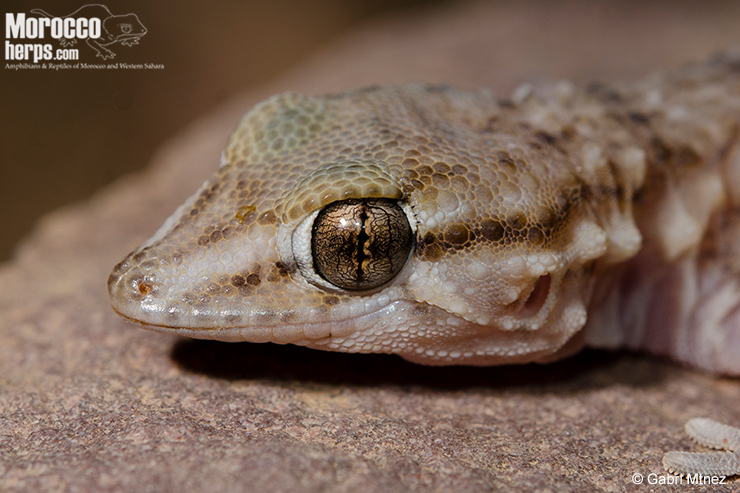
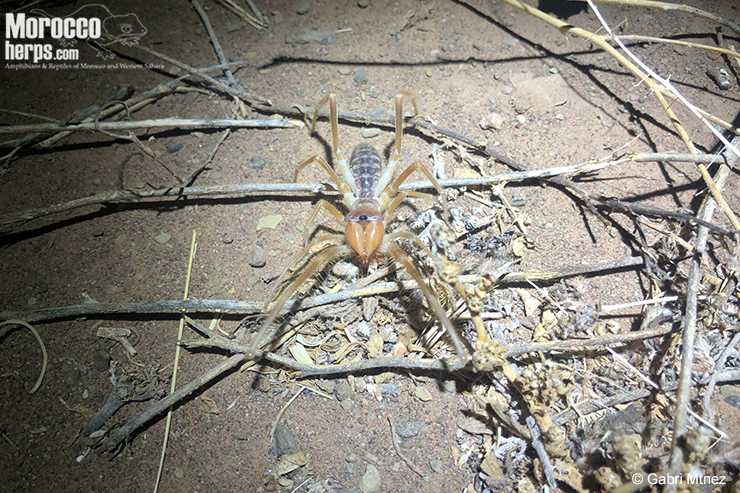
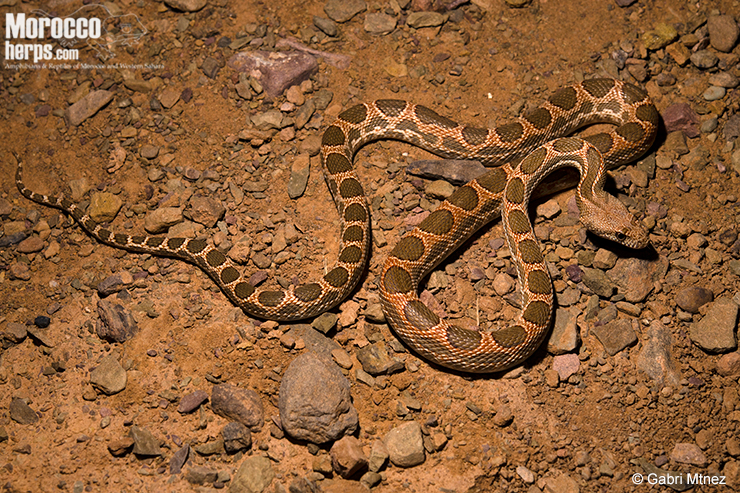
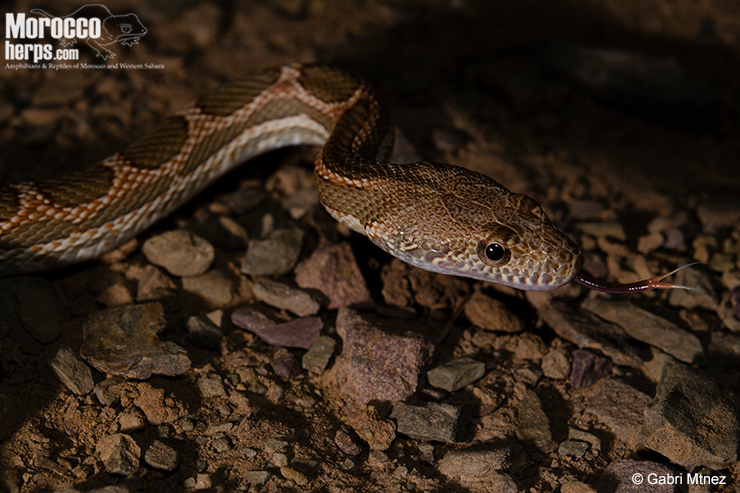
10th September 2021
We woke up and drove direction to Imilchil to find the second endemic lizard of the Gabri´s top list. In our way from Ouarzazate to Imilichil we could enjoy the touristic and amazing landscapes of the oasis of Tineghir and the Todra Gorge.
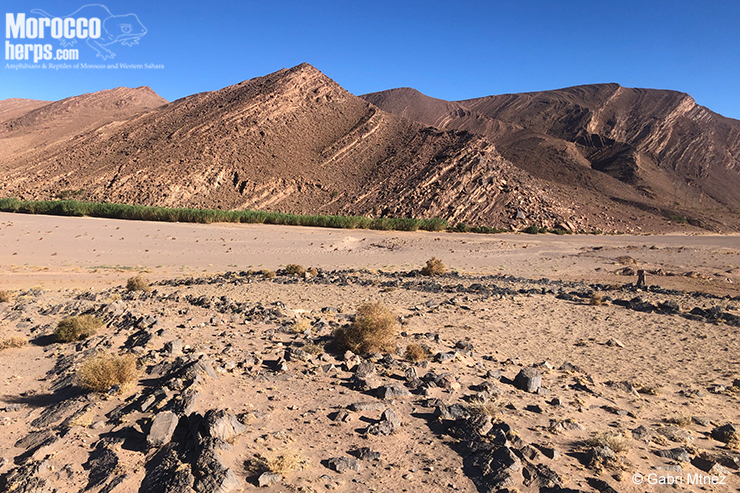
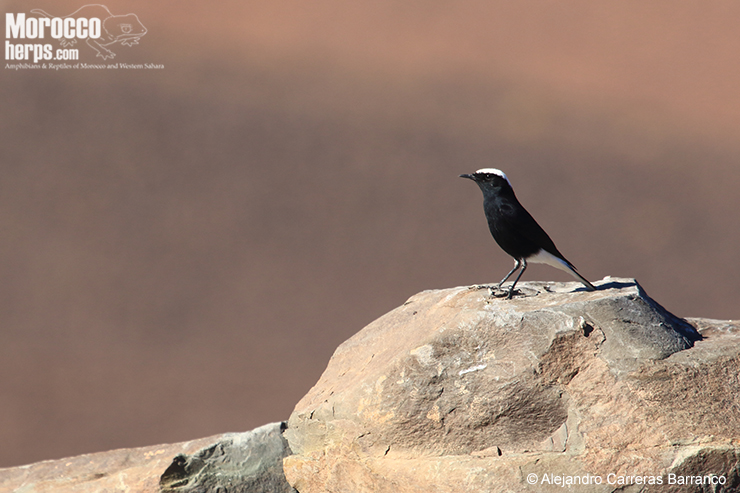
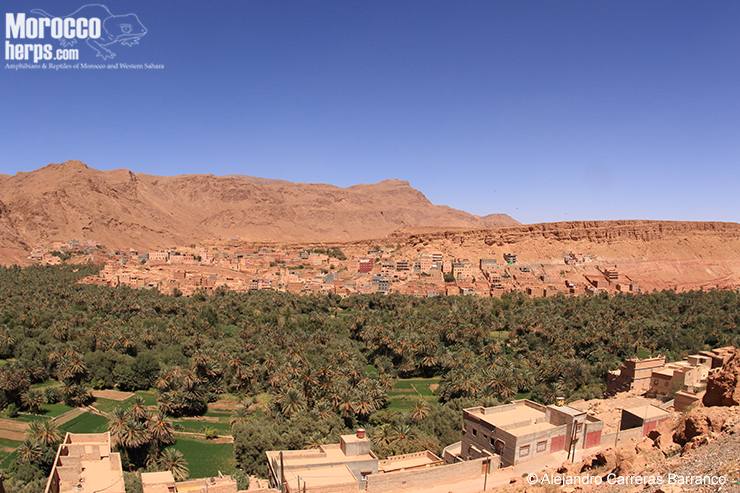
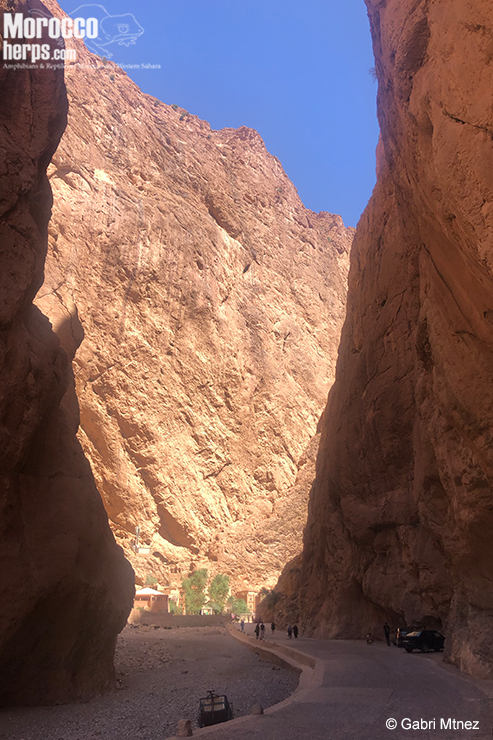
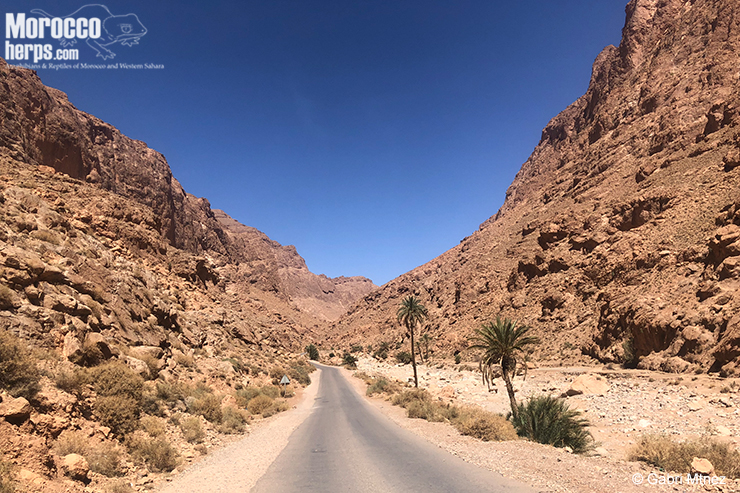
The road passes for places over 2.600masl until it arrives at Imilchil. We arrived in the evening after a very long way. The habitat was even worse than in Jebel Sirwa, without any vertebrate under stones and no reptiles active. However, we wanted to try in the morning so we booked a mountain hotel (as the night was supposed to be cold). We were extremely tired after the intense trip, so we took an amazing dinner and go to sleep
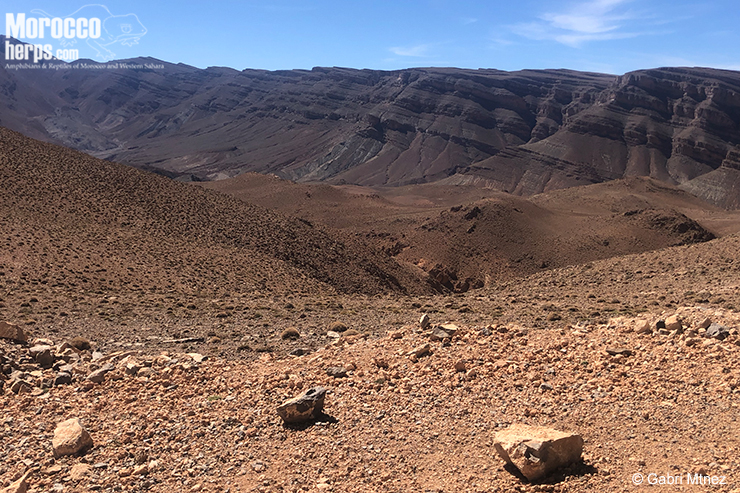

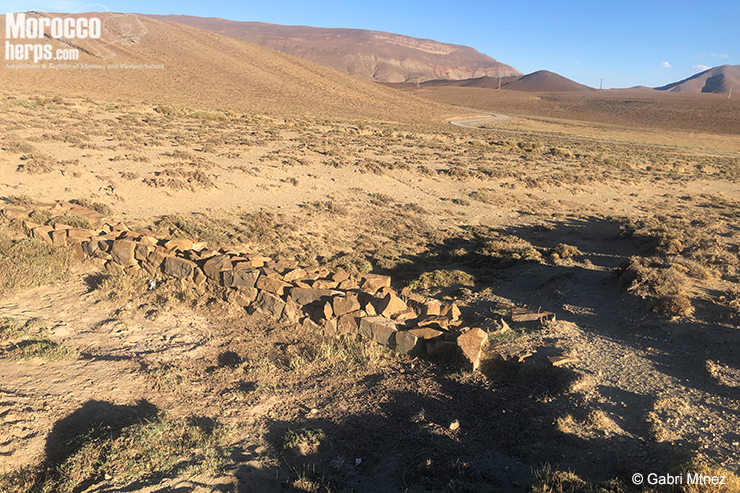
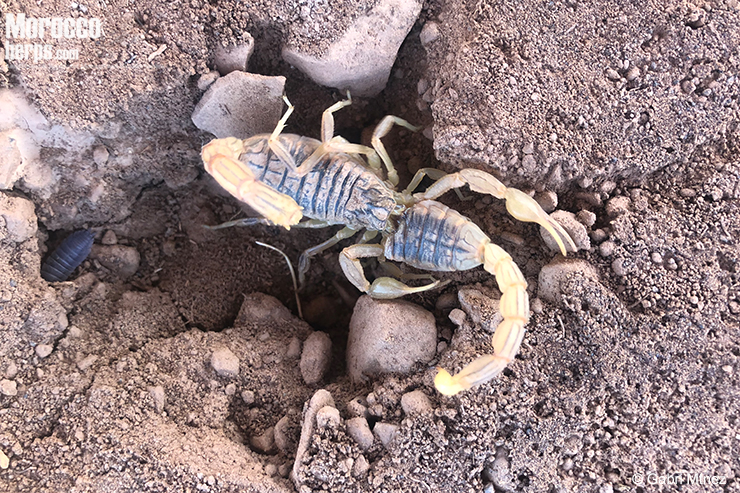
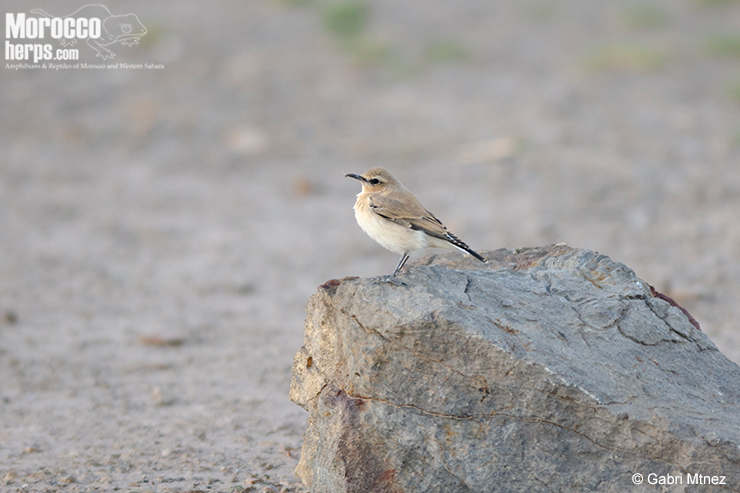
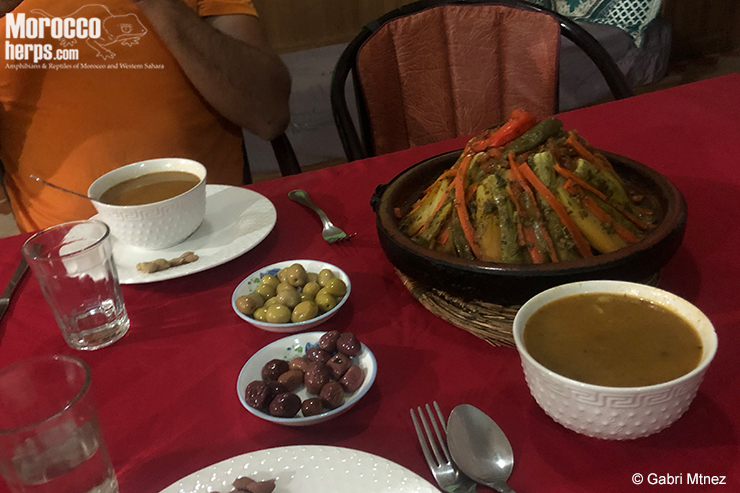
11th September 2021
We woke up very early and visit the microhabitat where we expect to be reptiles. The only small patches of good habitat were full of goats and shepherds telling us that they have never seen snakes there. But we wanted to see at least our target 1 of that place, the endemic Acanthodactylus lacrymae.
When the sun was hitting the rocks began to appear the first Podarcis vaucheri. After some Podarcis we saw the first baby A. lacrymae, followed some minutes after of some adults. Seeing that there was no activity of other animals we decided to begin the way to Marrakech.
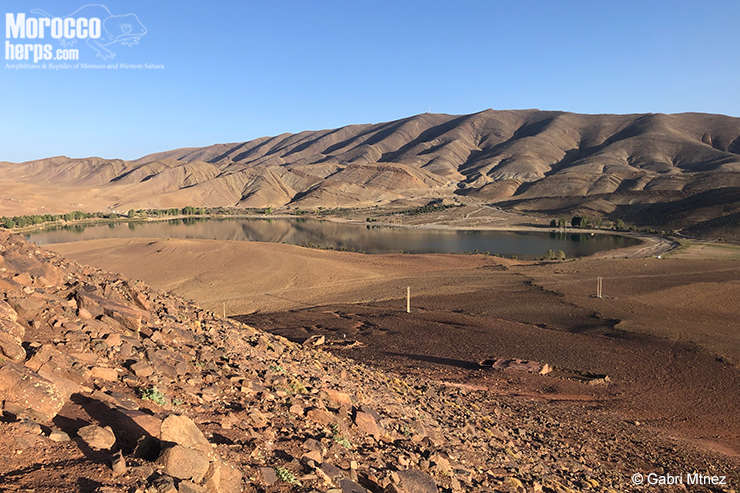
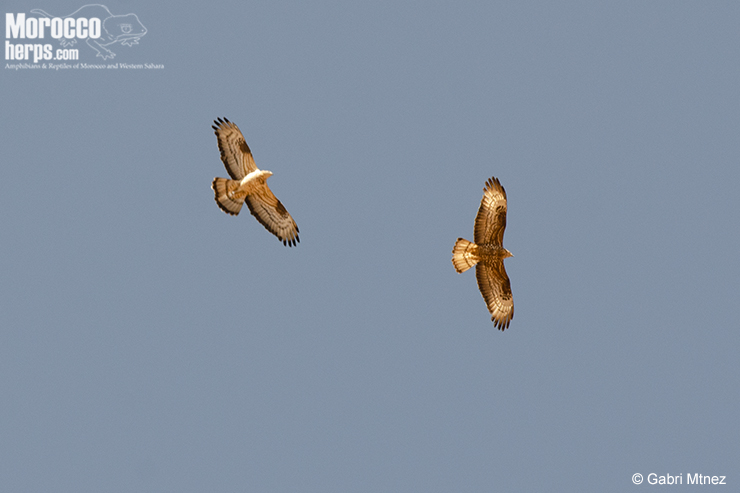
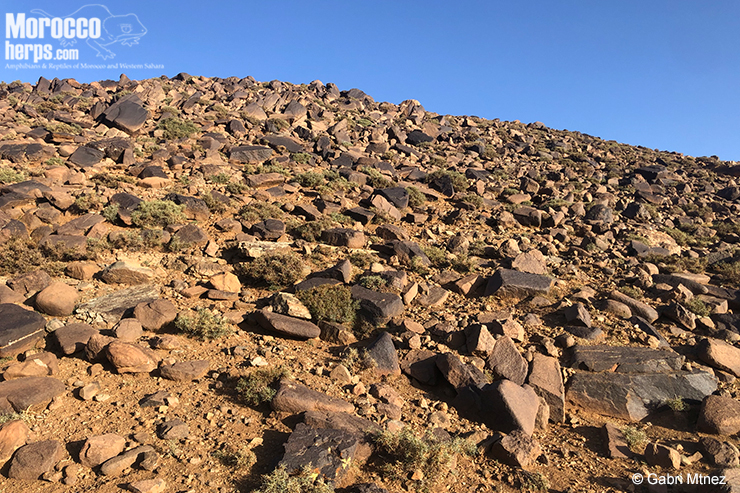
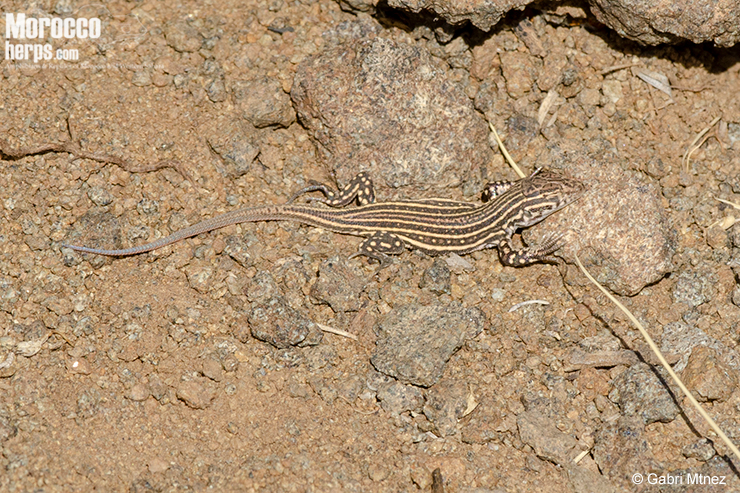
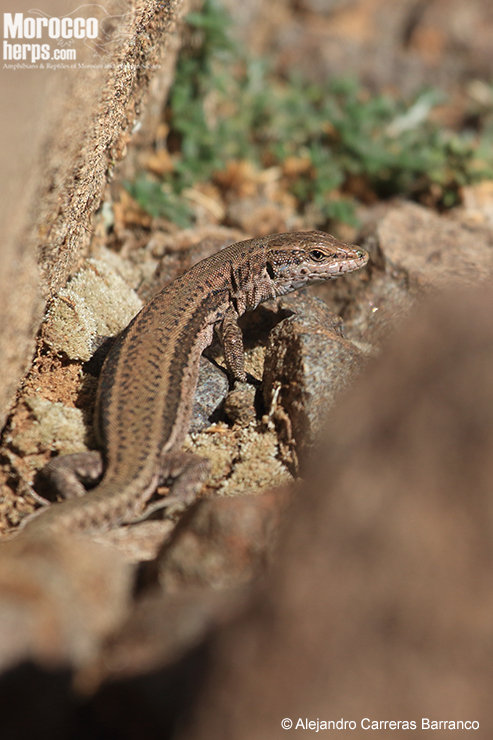
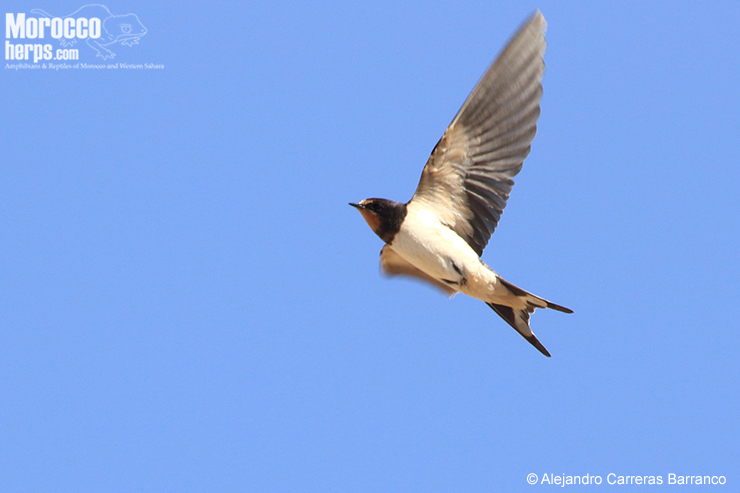
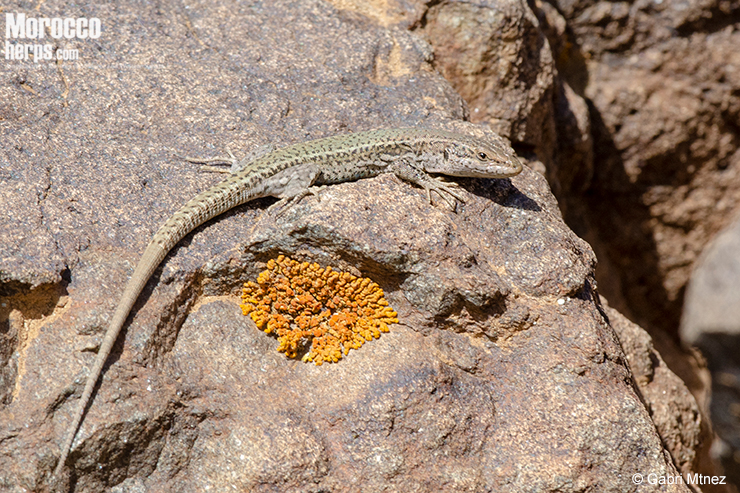
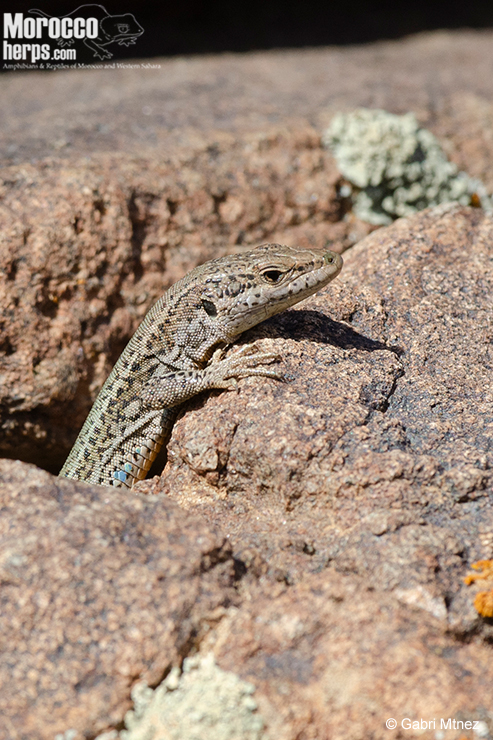
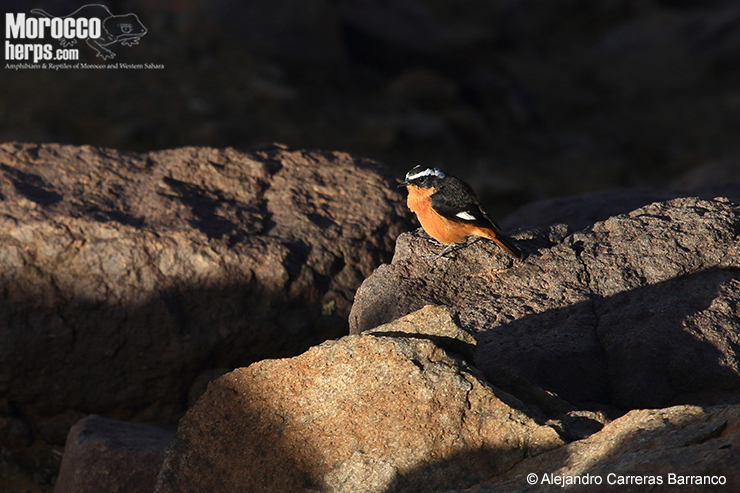
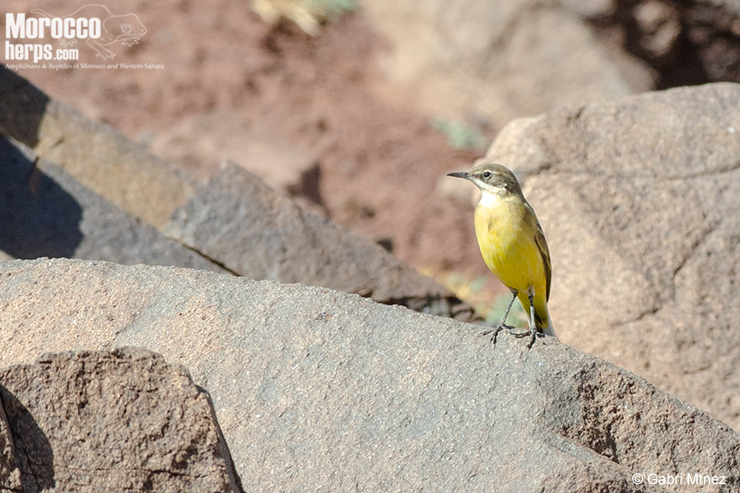
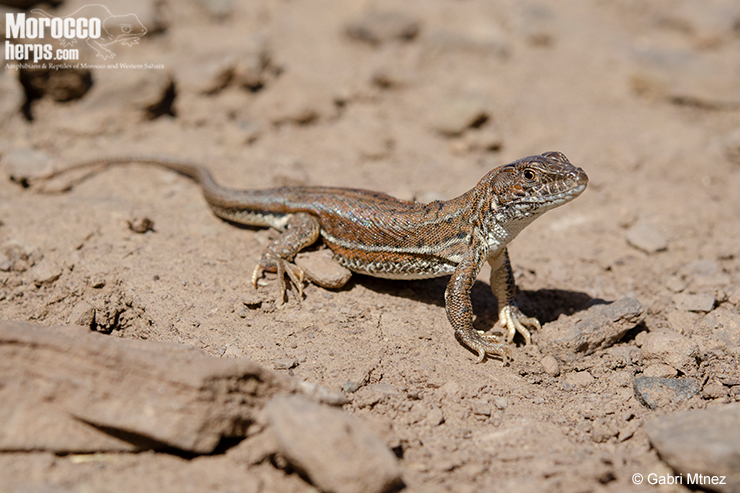
In our way to Beni Mellal we saw an Agama impalearis (clade north) crossing the road, and checking a human structure we saw a dead Eumeces algeriensis and a dead Hemorrhois hippocrepis. All was extremely dry and hot so we stopped in Beni Mellal to buy gifts for the family.
Finally we arrived to an hotel in Marrakech
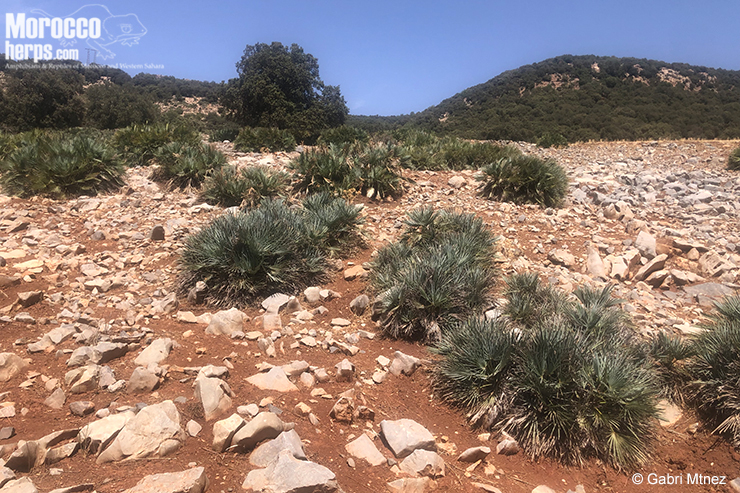
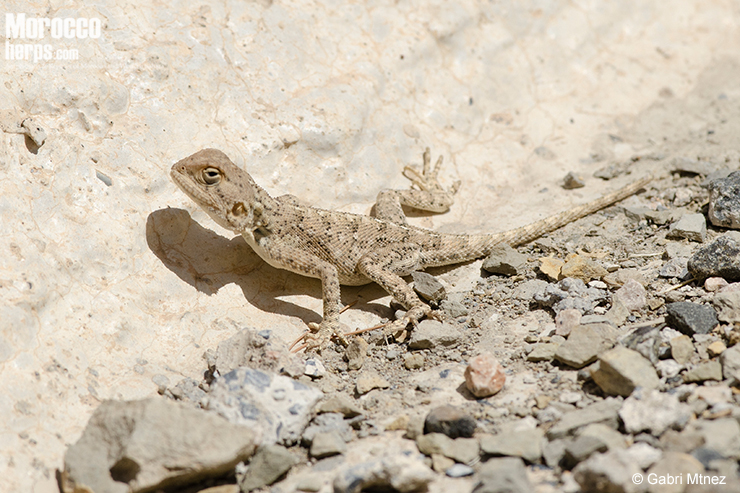
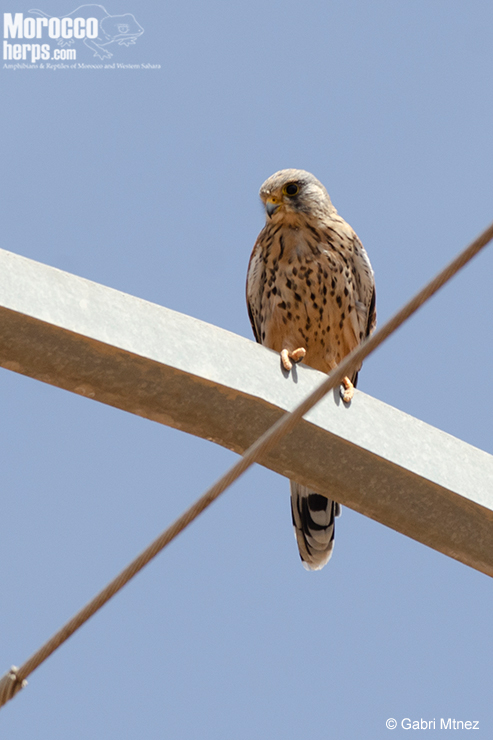
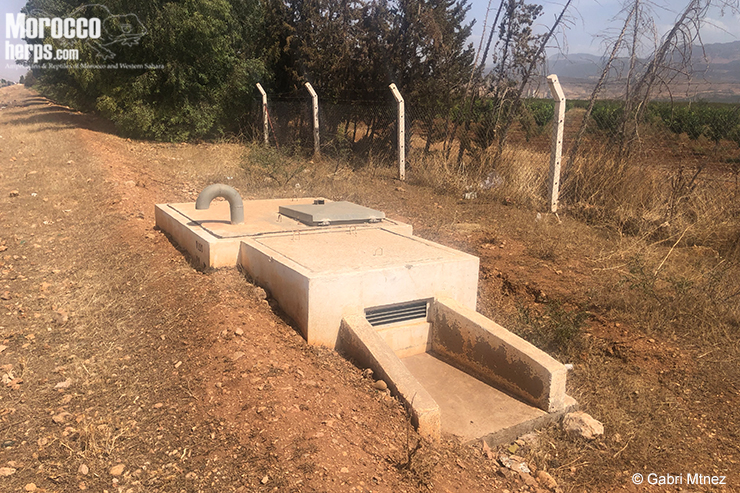
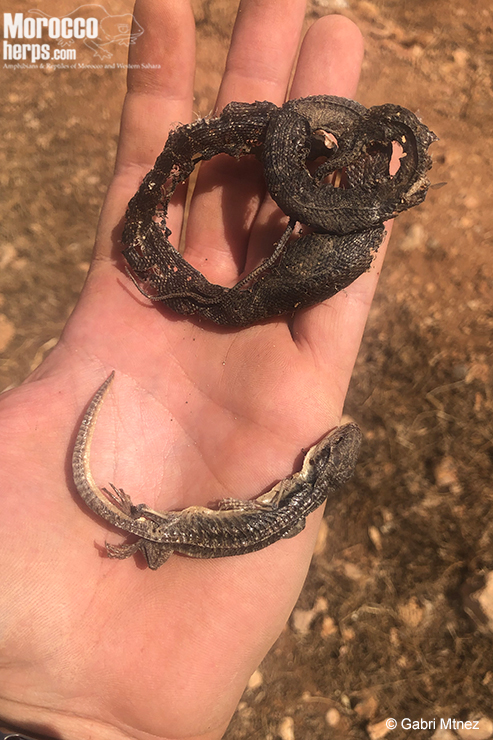

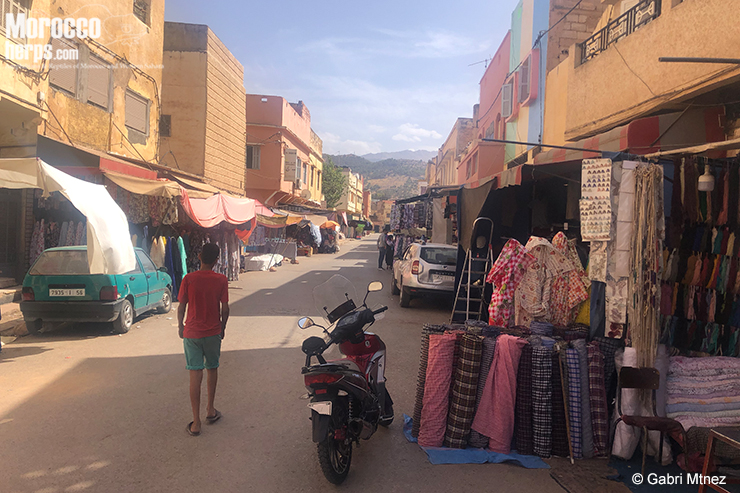
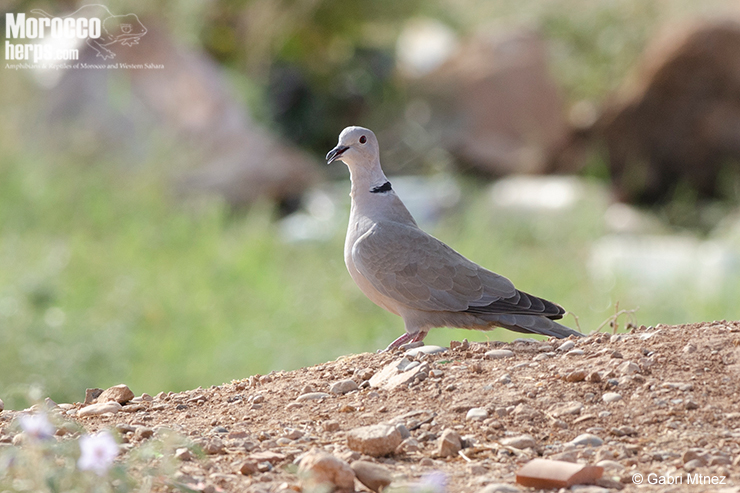
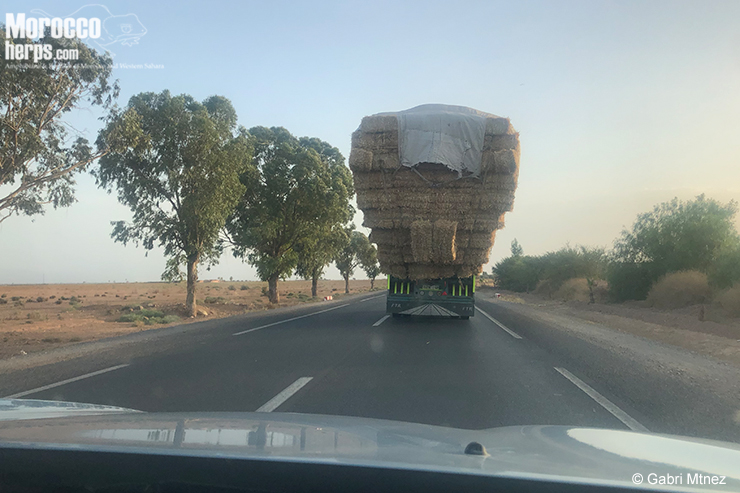
12th September 2021
Alex took the flight very early to Madrid but Gabri would take the flight to Malaga after lunch, so Abdellah Bouazza proposed to Gabri to go with him a few hours to the High Atlas.
5 minutes after begin walking appeared the first herp species, a baby Quedenfeldtia trachyblepharus in the side of a bush, and just inside that bush a Vipera monticola basking. Genus Vipera in Morocco seems to have small populations or at least very elusive individuals in the north of Morocco, Middle Atlas and almost everywhere. However, in some places of 2700masl close to Marrakech they seems to be abundant.
After the viper we could see some Podarcis vaucheri, Atlantolacerta andreanskyi and Q. trachyblepharus more. However Gabri level of energy was 0 so the expedition ended fast with the promise of Gabri to Abdellah that next time they will meet at the beginning of the trip.
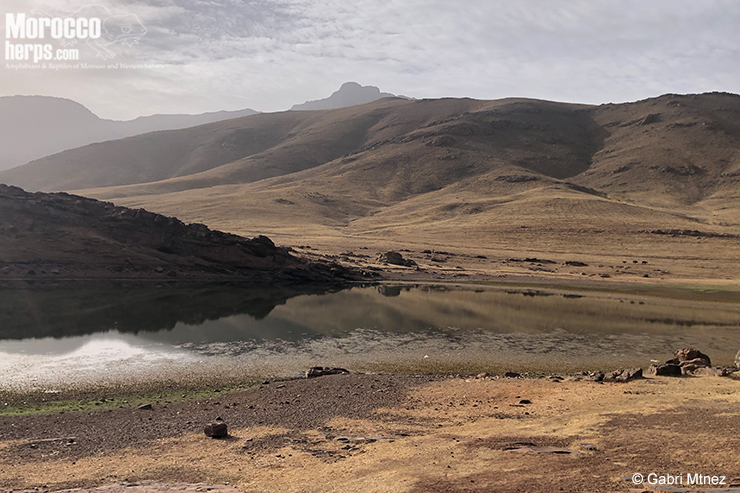
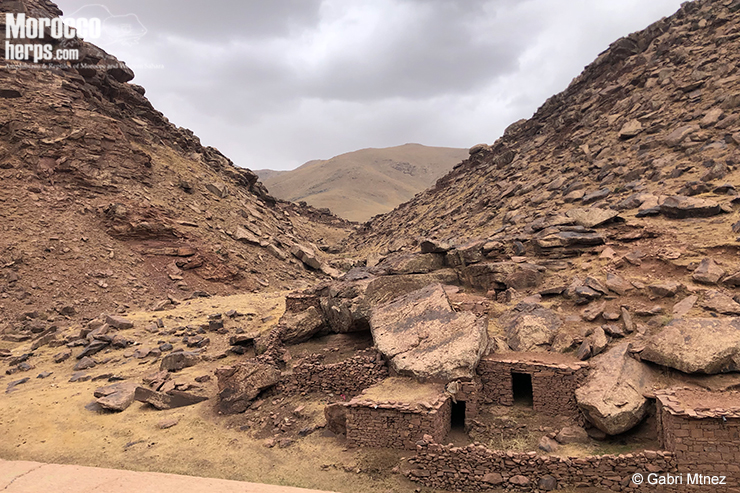
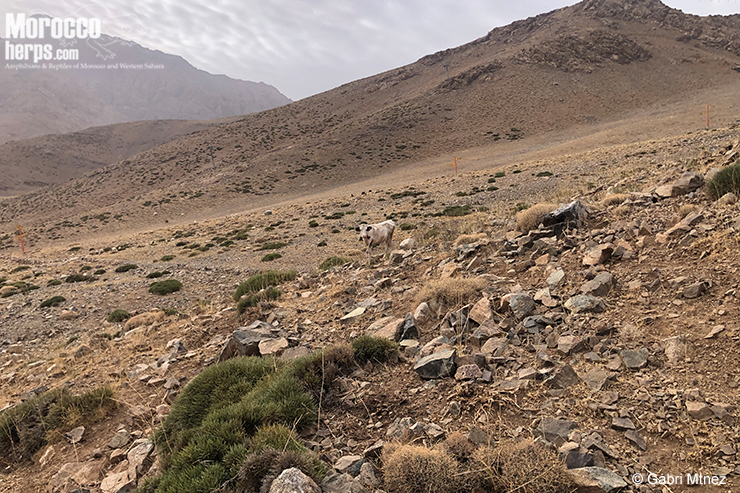
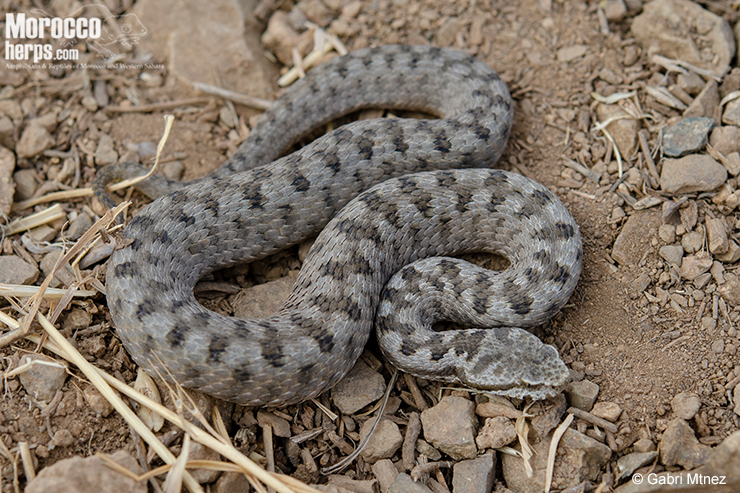
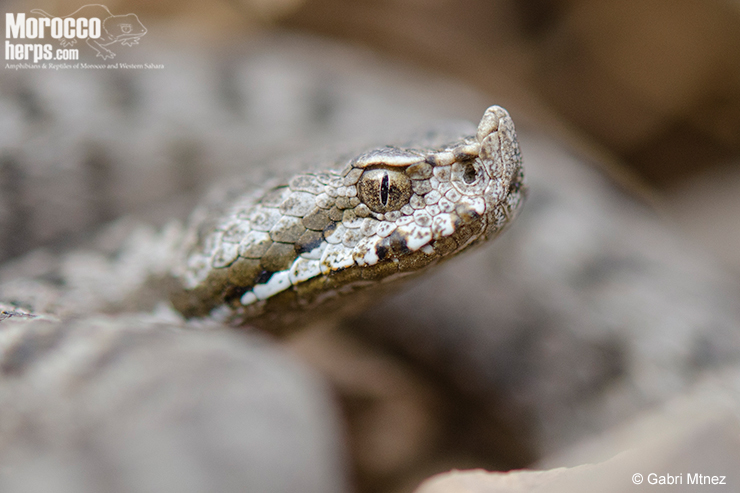
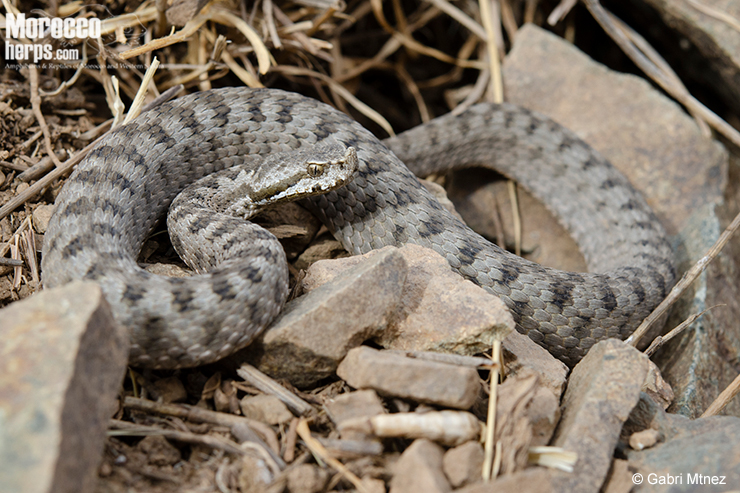
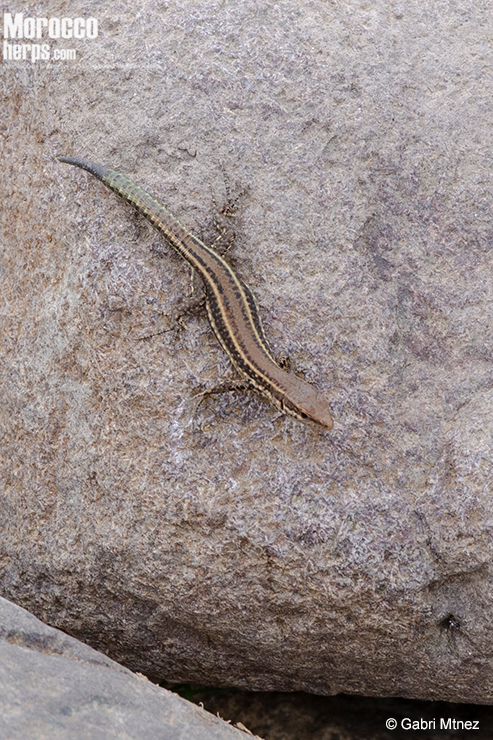
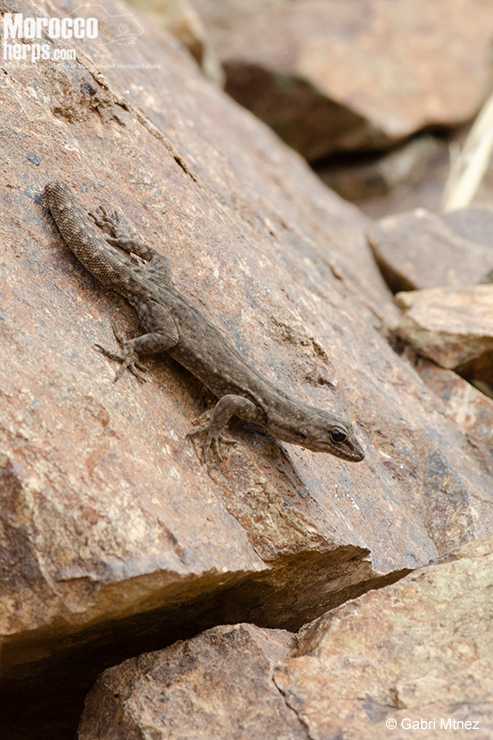
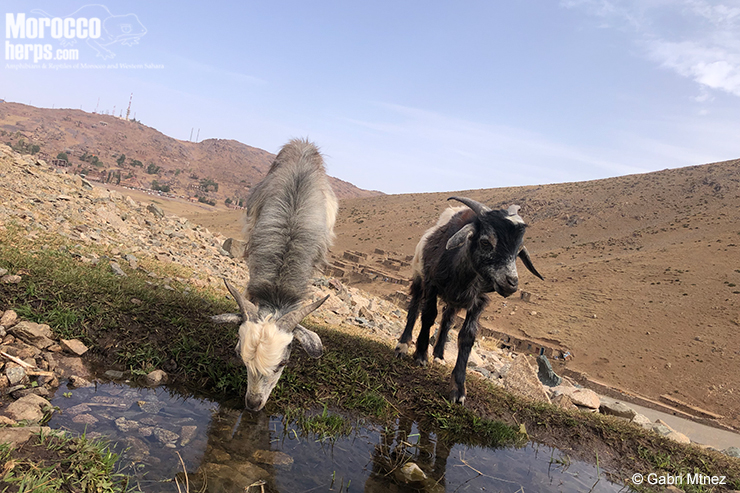
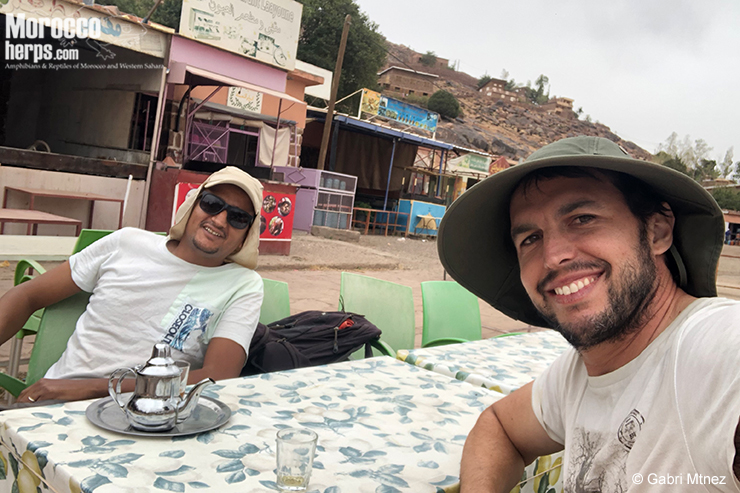
Conclusions:
Apart of the endemic lizards, the trip was mainly focused in finding snakes. They are usually the more elusive herps and this table of the trip show clear the trip findings:
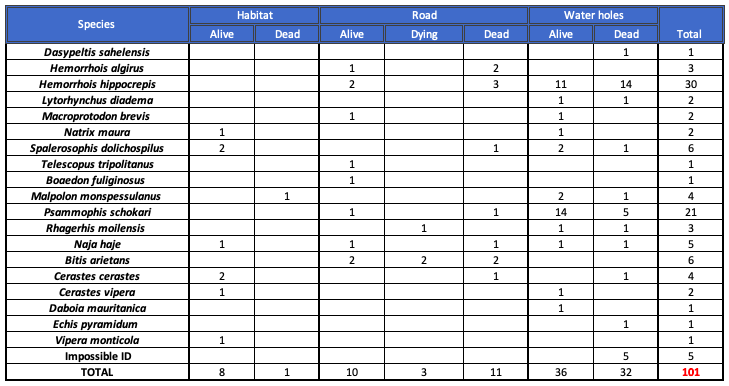
- We drove many kilometers (over 4000 kms), day and night, finding only 11 dead snakes on road in the whole trip shows clearly that snakes weren´t very active. Out of the coast or the high mountain, the temperature was generally high, and in all places the habitat was extremely dry so the activity of reptiles was very low, probably waiting the first autumn rains to begin the activity again.
- Water holes are sadly indeed our best source to find snakes, both dead and alive. We found 68/101 snakes in the water holes. That is an insane amount of snakes, but low if we consider that we checked over 600 water holes (an average of +- 1 snake/10 water holes). These structures are indeed a big problem for the wildlife of southern Morocco.
- Hemorrhois hippocrepis and Psammophis schokari are the most recorded species. Psammophis is probably the most adaptable species and appear both in the humid coastal area and the extreme desert of Smara, whereas Hemorrhois hippocrepis is extremely common in Tiznit-Lakhssas-Sidi Ifni-Labyar areas.
- We couldn´t identify 5 snakes that was dead inside water holes. The water destroy them completely so although we can have an idea with size, habitat, etc…, we prefer to maintain them as Impossible ID.
Ackowledgements
Thanks to Abdellah Bouazza for joining Gabri in the last morning of the trip. To P. Geniez, J.M. Pleguezuelos, A. Hinckley, C. Vick, S. Vogler, Raulophis, D. Lievens, A. Sánchez Vialas, J. Aznar González de Ruega, A. Diugmedjiev, K. Andonov for help us with information or identifications. To the moroccoherps team for the support before the trip and specially to Ander Izagirre and Budi Rebollo because they were part of the trip although they finally couldn´t join us in this amazing adventure.
